A government is a set of rules, known as laws, that we all agree to live by so that we can get along with one another and work together to accomplish things that we couldn't do alone. Governments come in many different forms. Some countries’ governments are new, while other countries have had the same governments for centuries. Governments can also change over time as the needs of people and societies change.
As you learn more about civics and government today in New Hampshire and the United States, keep in mind the following questions:
- How do people act as good citizens in a democracy?
- What are the people's rights and responsibilities?
- What are the responsibilities of federal, state, and local government?
- How is a balance of power part of our democracy?
- GOVERNMENT AND DEMOCRACY
- GOOD CITIZENSHIP
- MEDIA LITERACY
- FEDERALISM AND THE FEDERAL GOVERNMENT
- STATE AND LOCAL GOVERNMENT
- TAXES AND CONCLUSION
Government and Democracy
What are governments, and why do we have them?
If you lived on a desert island all by yourself, you wouldn’t need any rules because you could do whatever you wanted without hurting anyone else. But you also wouldn’t have anyone to help you if you were in trouble. Nor would you be able to do some things that required more than one person, like lift a huge boulder or build a human pyramid or play volleyball. And you would probably be pretty lonely, too.
Luckily, none of us lives alone on an island, cut off from everyone else. We live among other people, which means we live in a society. In every society, people have decided to form governments. In some societies, like the United States, the government works for the people:
- Governments protect people from outside dangers.
- Governments make sure everyone’s rights are respected.
- Governments help people who are having a hard time.
- Governments offer a way for people to work together and live better lives.
In exchange for these things, people agree to follow the rules made by the government and to support the government by being a good citizen.
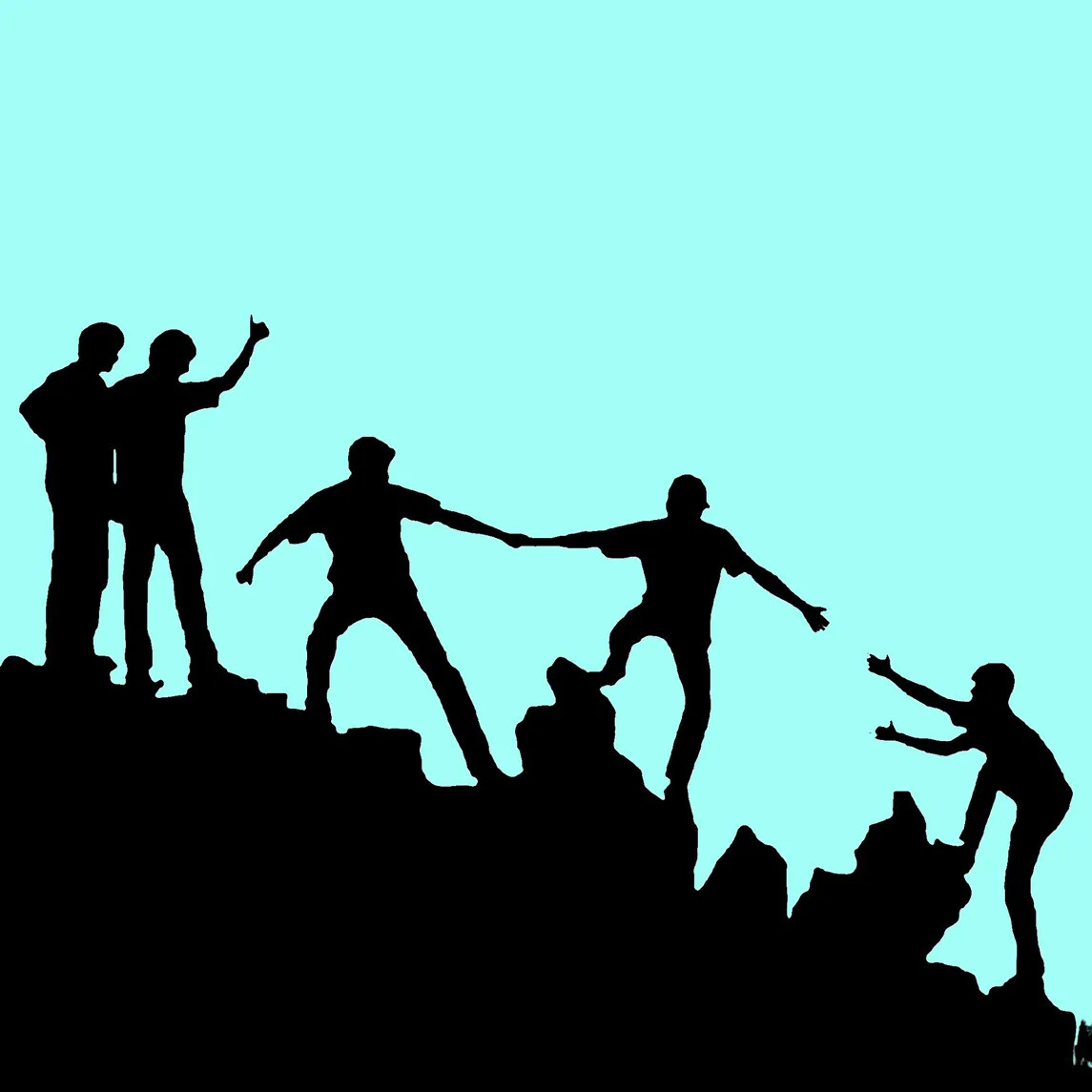
Caption:
Living in a society means living among other people who can help you if you are in trouble, or if you want to do something that requires more than one person. In every society, people have formed governments. In the United States, the government works for the people. The government helps people who are having a hard time and offers a way for people to work together and live better lives.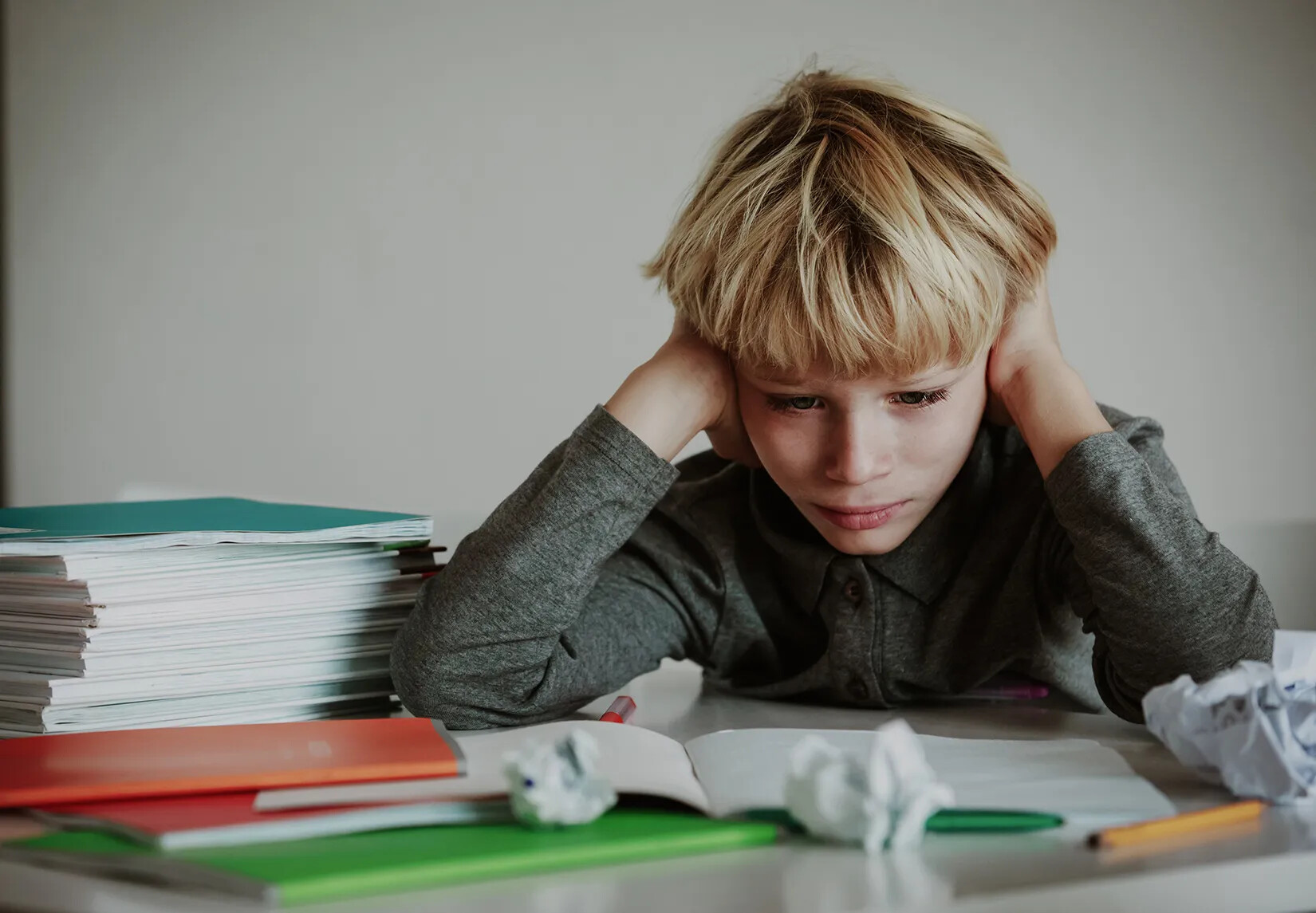
Caption:
Rules are really important! If there were no rules in your school, everyone could do whatever they wanted all the time. This might sound nice at first, but it may be unpleasant or even scary if some people decided that they could behave in ways that are rude or mean.What would the world be like if there were no governments? What if everyone could do exactly as they wanted and there weren’t any rules? It might sound good at first, but would a world like that be a safe place to live or a nice place to live?
Think about what life would be like at your school if there were no rules. No one would stand in line to go to recess; everyone would just push to the front to be sure they got to do what they wanted. Maybe you or your friend would get knocked down and stepped on. Some kids would probably push everyone else out of their way. They would get to go first on the playground or on the bus. They would pick the best spots to sit in the classroom. They might take your lunch or your backpack so they could have food and school supplies. They might grab your homework, write their name on the top, and then turn it in as their own so they could skip doing their own homework. There wouldn’t be anything you could do about it unless you were willing to fight them. In that world, they weren’t breaking the rules because there aren’t any rules.
Luckily, schools don’t work like that. There are rules in your school that help keep all kids safe and give everyone opportunities to participate and learn. In this environment, you have the best chance to succeed at your studies because you’re not worried for your safety or about being treated unfairly. Instead, you can focus your attention on learning new things, exploring the world around you, and having fun with your classmates.
Governments work in the same way, helping people feel that they have protection from those who might hurt them or take their possessions from them. If people aren’t worried for their safety, then they can concentrate on other things, like starting a business, raising a family, or inventing new technology. People are free to do what they want, as long as they don’t hurt anyone else. It is the same for everyone else.
In the United States, where the government works directly for the American people, all of us benefit from the government’s protection and support. We also have responsibilities to one another that help all of society and contribute to the government we’ve made. The government protects us, but it also allows us to make progress.
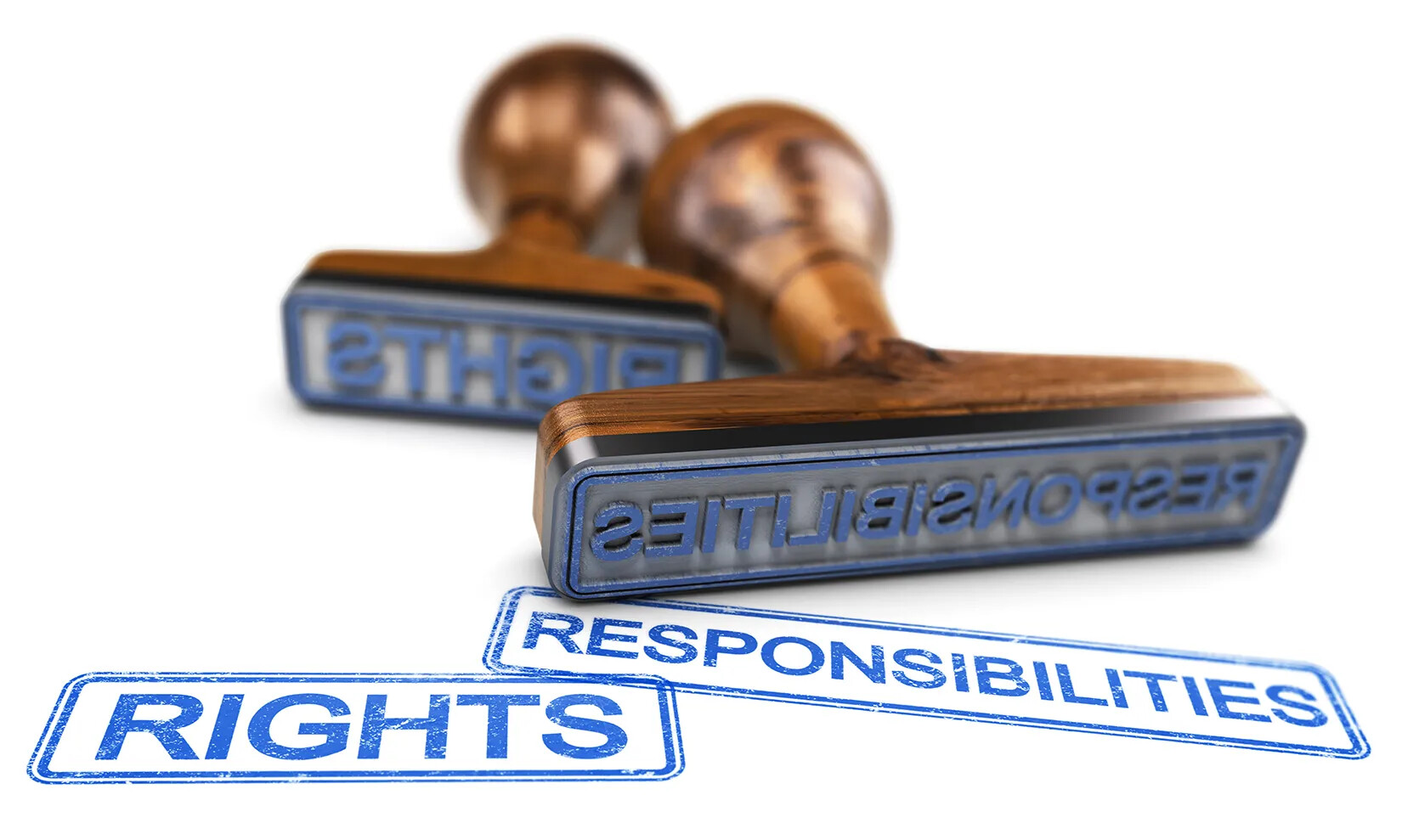
Caption:
In the United States, the government works for the people. It protects and supports the people. The people can do what they want, as long as they don't hurt others. The people also have responsibilities to each other to help all of society and contribute to the government the people have made.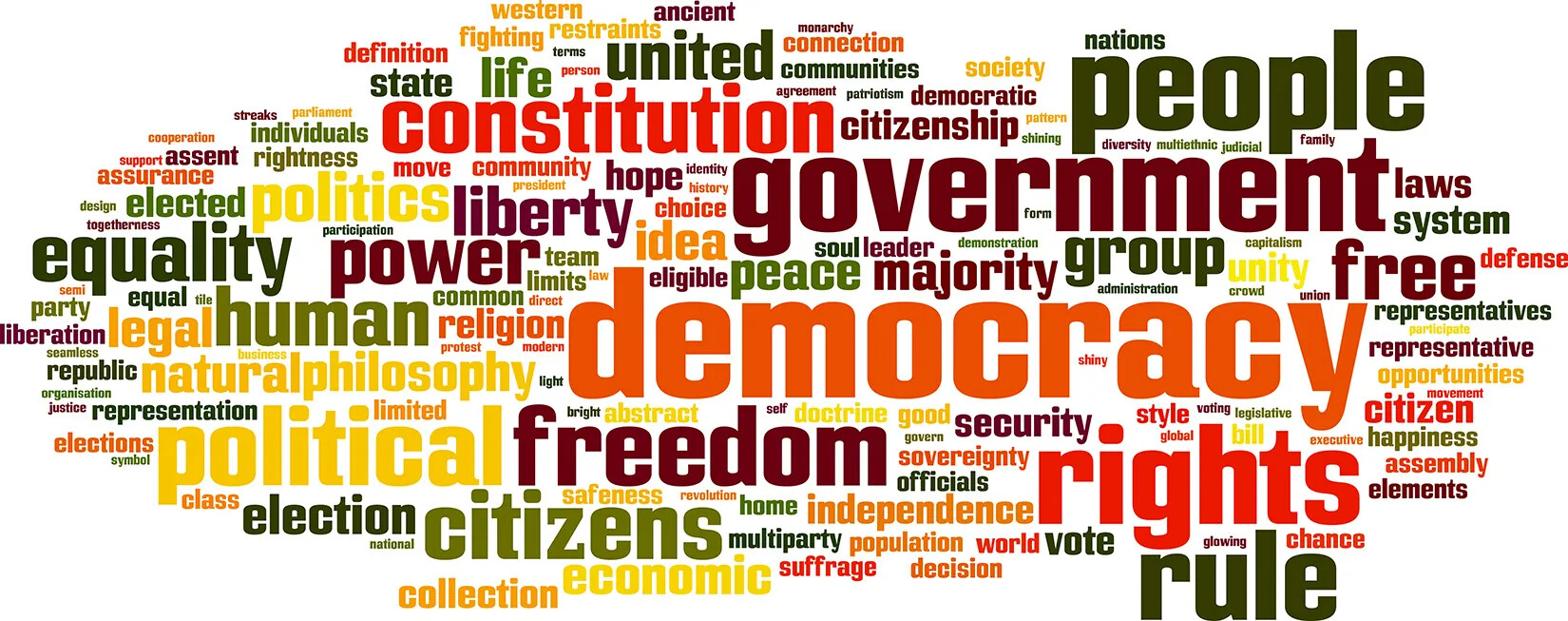
Caption:
There are many different types of governments! In monarchies there is a king or queen. In oligarchies the government is run by a small group of powerful people. Today the two main types of government are constitutional governments and dictatorial governments. The United States has a constitutional government.What are the different types of governments?
In the past, there have been many different types of government in countries throughout the world, but today there are generally two categories of governments: constitutional government and dictatorial government.
A constitutional government is a government that has limited power. The rules for the government are usually spelled out in a written document called a constitution. A constitution says what a government can and cannot do. The leader or leaders of constitutional governments are limited in what they can do by what the constitution says.

Caption:
A constitution is a written document that explains the social contract the people have made with the government. It states what the government can and cannot do. Constitutions also limit the power of government because the government’s powers are written down for everyone to see.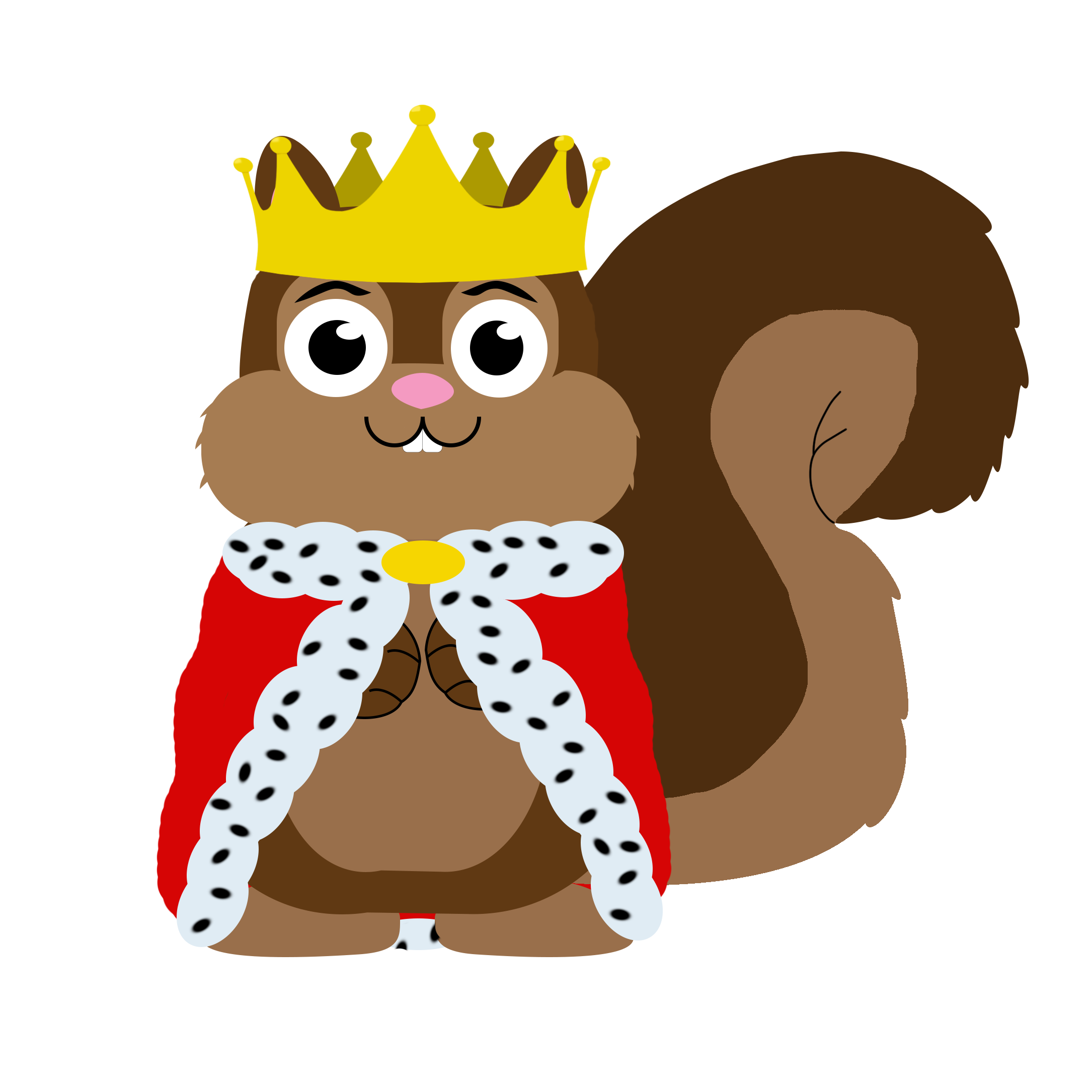
Most countries in the world today have constitutional governments, but there are many different types of constitutional governments. The United States is a constitutional government. So is Great Britain, but in Great Britain the constitutional government is led by the monarch, who is Queen Elizabeth II. The Queen’s power is very limited, though. She mainly just represents Great Britain in ceremonies. Instead, the British government, led by Parliament, runs the country. Many other countries around the world—like Norway, Bahrain, and Thailand—have this same system, with a king or queen acting as the symbolic head of the government but not having much political power.
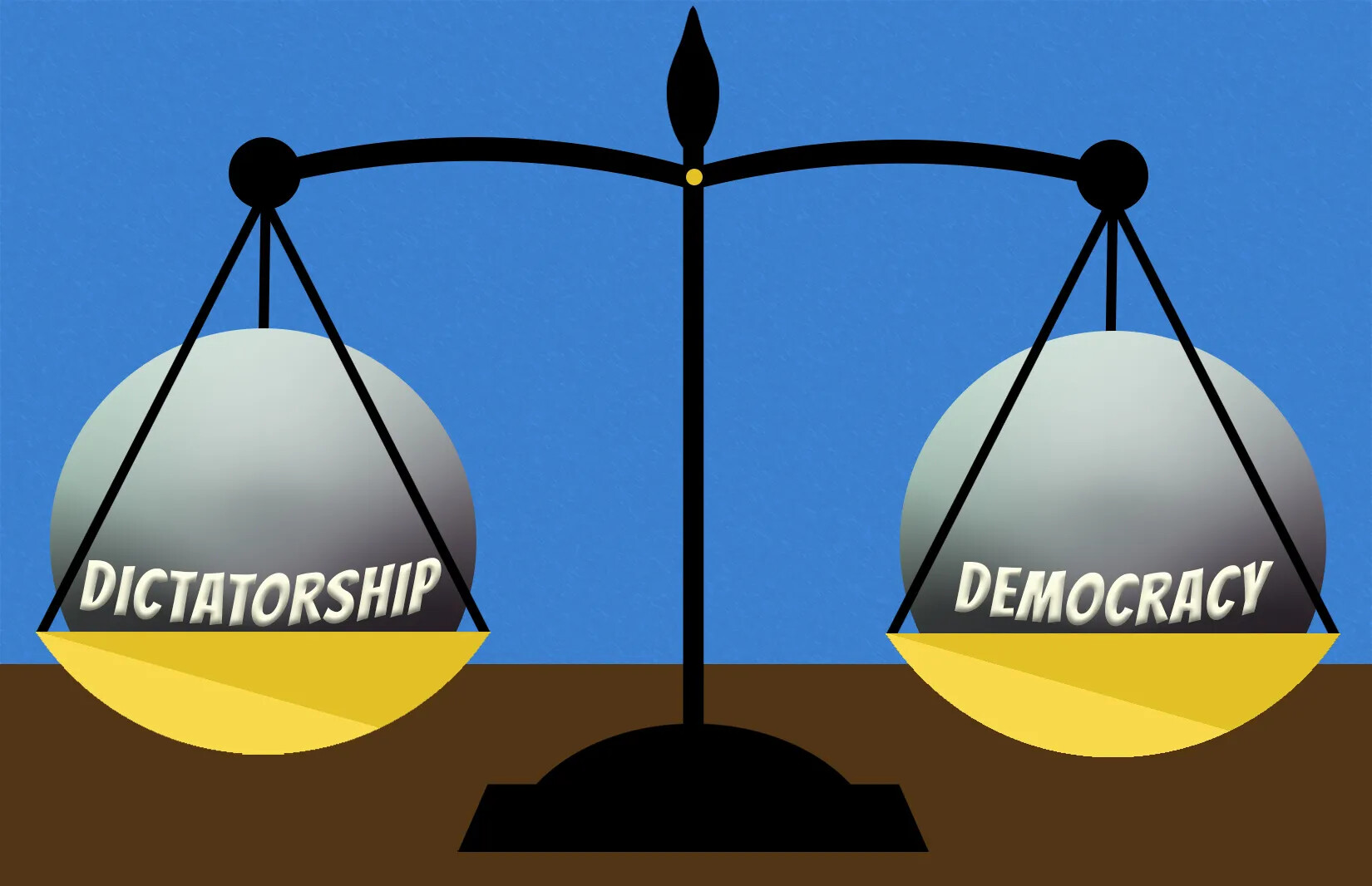
Caption:
Dictatorships are the opposite of democracy. In a dictatorship, the leader can do anything they want to do. There isn't anything to limit their power. In a democracy, the government gets its power from the people. The people tell the government what rules and laws they want.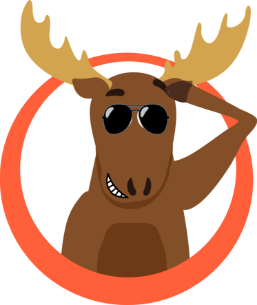
In the 20th century, there were some dictatorial governments that not only wanted to rule the people in their own countries but also wanted to conquer the world. Nazi Germany, under the dictatorship of Adolf Hitler, and Italy, under the dictatorship of Benito Mussolini, started a war in Europe in 1939 that involved the whole world, which is why it was called World War 2. The United States and its allies worked together to win the war and stop Germany and Italy from forcing their dictatorships on everyone else.

Dictatorial governments sometimes hold elections too, but the government doesn’t usually follow the decisions of the people. Dictatorial governments also control elections so that the people don’t really get to vote as they want. In a dictatorial government, it is common for the country’s leaders to win elections with more than 90 percent of the vote! Such a large majority is a pretty sure sign that people were not allowed to vote as they wanted but were forced to vote the way the government told them to. Although dictatorial governments may have elections, they aren’t considered democratic governments.
A dictatorial government is a government that does not have limits. The leader or leaders of a dictatorial government can do anything they want because their power is unlimited. Sometimes even dictatorial governments have constitutions, but in a dictatorial government, the leader or leaders ignore the constitution. The constitution does not limit their power.
There are many dictatorial governments in the world today, including North Korea, Saudi Arabia, Iran, and Russia.
What is democracy?
Democracy means that the people decide how they will be governed and what laws they will live under by voting in elections. In constitutional governments, elections determine what governments will do, as long as they don’t go against what their constitutions say. The government must listen to the will of the people, and the people express their will through elections. This is why people often refer to constitutional governments as democracies.
In a democracy, the government and the people work together to make sure that everyone’s voice is heard. The government has the power to create rules and laws because the people give it the power to make those rules and laws. In turn, the people tell the government what rules and laws they want. But even though the government seems powerful, it wouldn’t have any power without the people. It exists only to serve the people and make the country a safe and nice place to live.
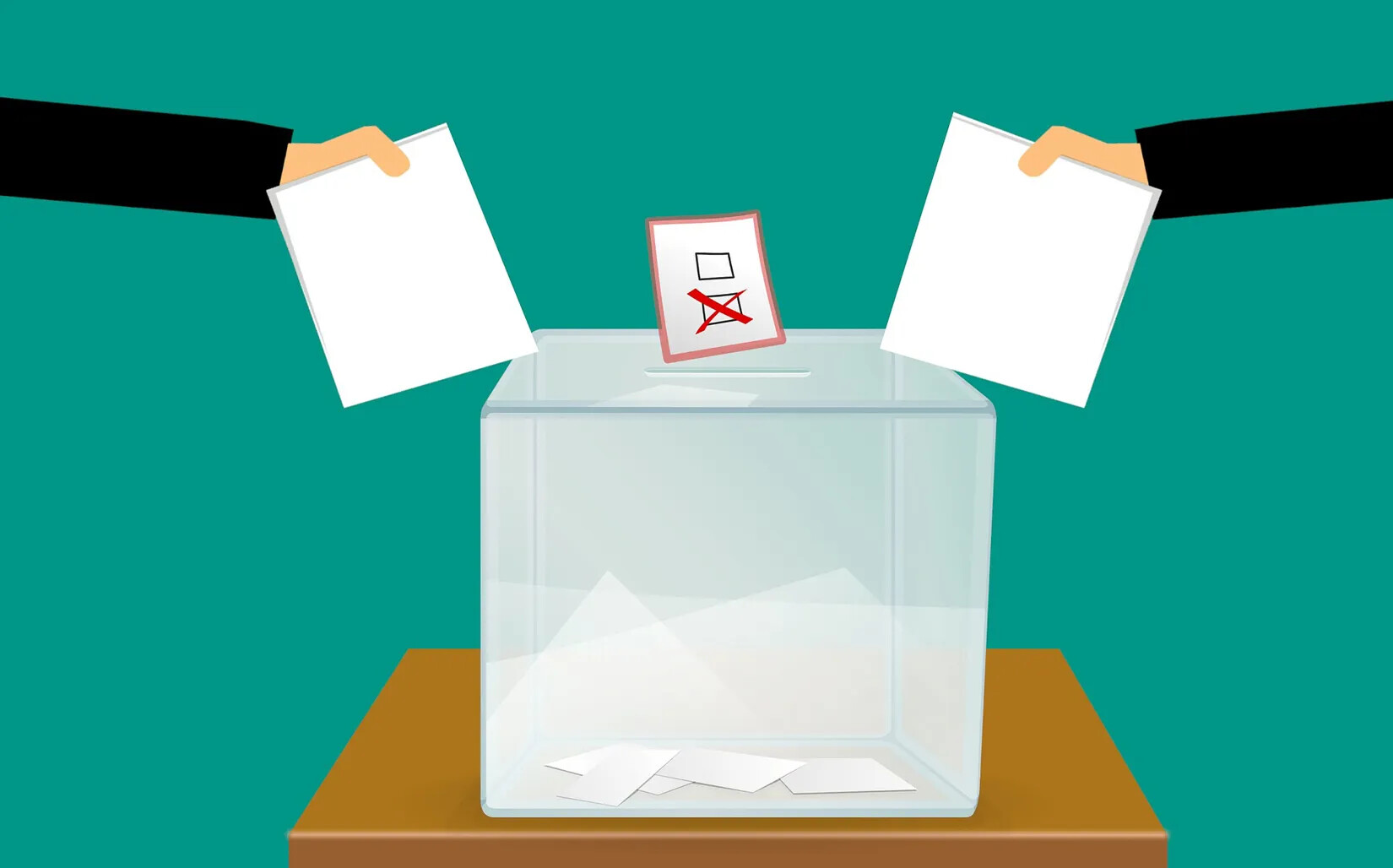
Caption:
In a democracy, the people decide how they will be governed and what laws they will live under by voting in elections.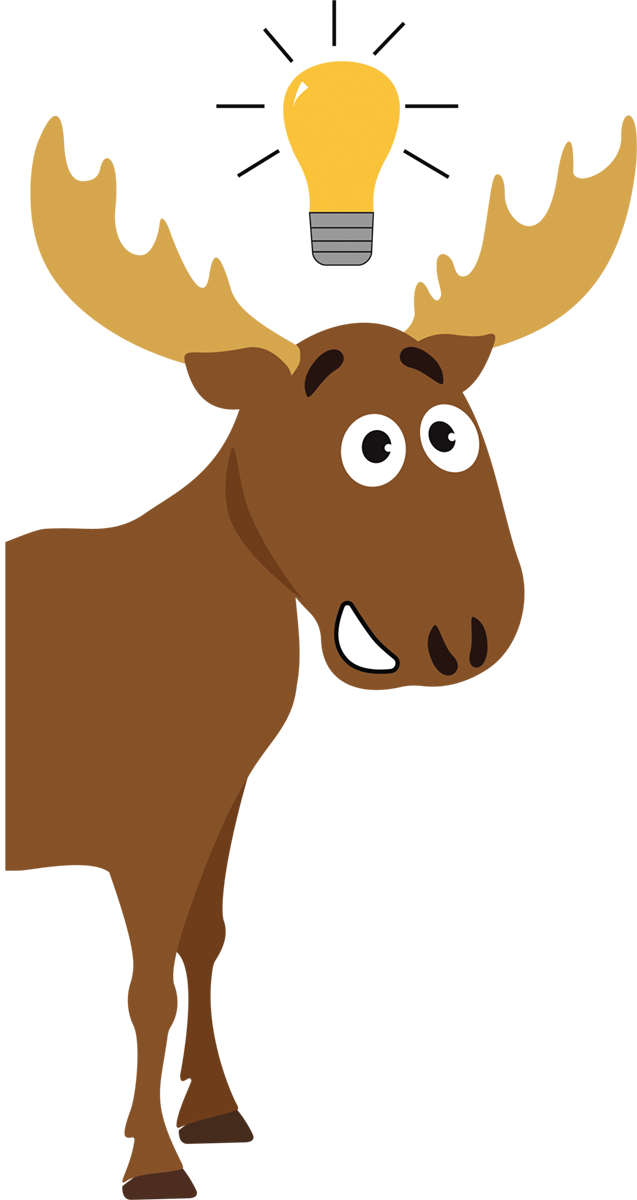
Did America invent democracy? Nope! The idea that people should have a say in their government by voting dates all the way back to ancient Greece and Rome many centuries ago. Not everyone was allowed to vote in ancient Greece or Rome, but the idea was a new one—that regular people, who weren’t the leaders of society, would have opinions about the way their government worked and what their government did. America’s Founding Fathers were very interested in ancient Greece and Rome. They studied Greek and Roman society to see how democracy worked, which inspired them when they created a new government for the United States in 1787.
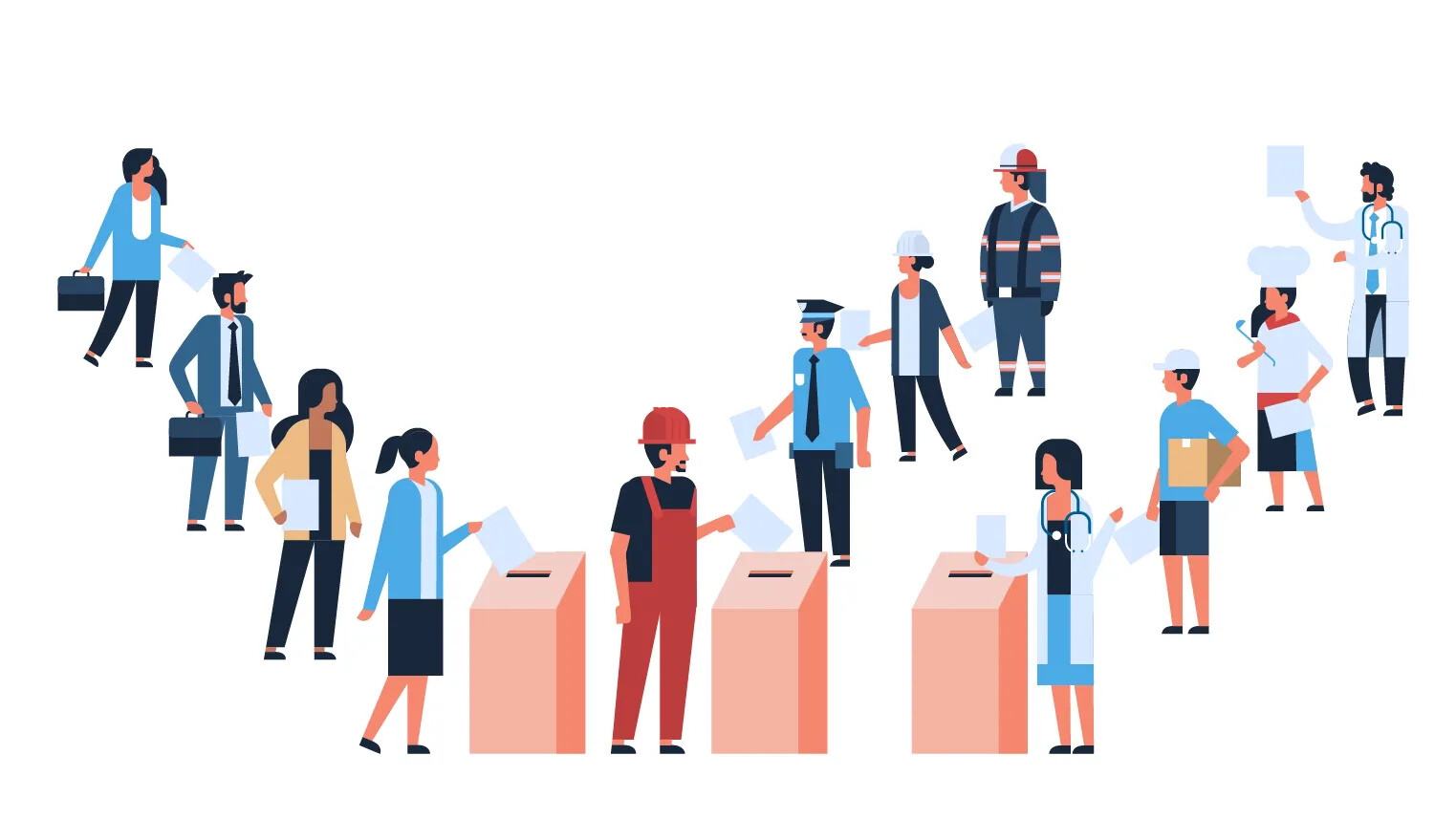
Caption:
When the United States was founded in 1776, it was the only democratic government in the world. A lot of people weren't sure it would last! But more than 200 years later, people all over the world have been inspired by democratic ideas and have founded democracies in their own countries.Caption:
During the American Revolution, the Americans created a congress to pass laws for the colonies and to raise taxes to support the war effort. On July 4, 1776, this congress approved a document called the Declaration of Independence. The Declaration of Independence explained to the world why the Americans could no longer live as British colonies and needed to be independent. The Declaration included some ideas that would become very important to the new American nation, such as that all men are created equal.Today, more than half of the countries in the world are democracies, including the United States, Canada, and Mexico, which are the three countries on the North American continent. When the United States was founded in 1776, it was the only democratic government in the world. But in the years since, people all over the world have been inspired by American democracy and introduced democratic ideas to their own countries.
There are many different kinds of democracy, but American democracy is known for having the following characteristics:
- Representative democracy. The United States is a representative democracy, which means the people elect other people to represent them in the government. These representatives make decisions for the people who elected them. The representatives have to run for re-election after a certain amount of time (called a term). If the people don’t like the way they are being represented, they can vote for someone else to represent them instead. Representative democracy is the only way a democratic government could work in a country with as many people as the United States. Such a form of government is also known as a republic.
- Rule of law. The United States is governed by laws that are created by the people’s representatives in the government. The most important law in the country is the Constitution, but there are many other laws as well. Some laws are made at the national level, while others are made by the states or by local governments. In America, no one is above the law, meaning that every person in the United States is equal before the law. In other words, all laws apply to all of the people.
- Limited Government. Americans believe that the power of government should be limited, and they organized their national and state governments so that their power cannot grow too big.
One way that Americans limit government is by writing constitutions for both the federal government and the state governments. Constitutions are documents that limit what the government can and cannot do.
Another way that Americans limit the power of government is to divide the government into three levels: the national government, state governments, and local governments. This division is called federalism. The government is divided this way so that no part of the government will grow too big and powerful. Each level of government can only govern in its own areas.
Americans also limit the power of government by dividing power between different branches of government and then allowing each branch to check the others. The national government is divided into three branches: the executive branch (the presidency), the legislative branch (Congress), and the judicial branch (the Supreme Court). The branches must work together to govern the country, pass laws, and make sure laws are followed. The government’s power is split, or balanced, between them. This is called a separation of powers. One branch can also stop the other branches from getting too much power, which is called a check. This separation of powers and system of checks and balances is also used in states to limit the power of their governments.
- Free and fair elections. Americans choose their representatives by voting. Because voting is so important in America, Americans must trust the results of our elections. The state governments are in charge of running elections. They are responsible for making sure that every citizen is allowed to vote and that every vote counts. Not every adult citizen has always been able to vote. In fact, laws have sometimes been used to deny people the right to vote in the past because of discrimination. Each state makes its own decisions about how to carry out election rules fairly. It is a very complicated and important responsibility. Using technology to cast ballots or count ballots is also a new way of helping citizens vote, although making sure the technology works the way it is supposed to can be a challenge. Today, there are many arguments over how people can vote and whether all people have the same opportunity to vote. Some states have passed laws to make it harder for people to vote.
- Active citizens. Americans participate in government in many different ways, including voting, contacting their representatives, speaking up when they are unhappy with the government, and serving at the town, state, or national levels as elected officials. Americans also form citizen groups to solve problems in the country or in their community, such as the American Red Cross or the Salvation Army. These groups are not part of the government. They rely on people to volunteer their time to help make things better for others. These groups work outside of the government but often cooperate with the government to solve problems that Americans are facing, which is another example of an active citizenry.
- Free press. Journalists and the media play important roles in American government. They report to the people through written articles; television networks and videos; podcasts and radio; and social media. They tell people what the government is doing and how government officials are doing their jobs. Sometimes they criticize the government for doing a bad job, and sometimes they praise the government for doing a good job. Journalists do not work for the government; they are independent, which helps them report on the government fairly. In the United States, most people depend on the free press to keep them informed about the government. The freedom of the press to do their jobs and report on the government is one of our most important rights.
How does democracy work?
Democracy may sound like an easy way to organize government, but it can get complicated. When people form a democratic government, they are agreeing to an idea called a social contract. In a social contract, the people give up some of their rights to the government. They agree that they are not free to do things like hurt other people or take other people’s property. In return for people giving up some of their rights, the government tries to protect people from some kinds of dangers and helps them work together to build a strong community to support them.
But even though that sounds easy, each country, state, and community has lots of people living in it, and all those people have different ideas about what they want the government to do. People’s needs are not all the same, and they want different things from their government. How can a government balance all these needs? And what if people don’t agree on what the government should do?
In American democracy, people vote for the representatives who agree with them on these types of questions. When more than half of the people agree on an issue, they are the majority. Their views will determine what the government will do.
But what about the other people who lost the vote, who are in the minority? What about their ideas about what the government should do? Does the government become like a tug-of-war, with one side’s representatives making changes when they are in the majority, and then the other side’s representatives making changes when they become the majority? And what if there are so many different ideas and groups that no one side has a majority? The government wouldn’t be able to do anything without making many people angry, and then nothing would get done. The government wouldn’t be able to make or enforce laws to protect people or help them when they needed it, which were the reasons to have a government in the first place.
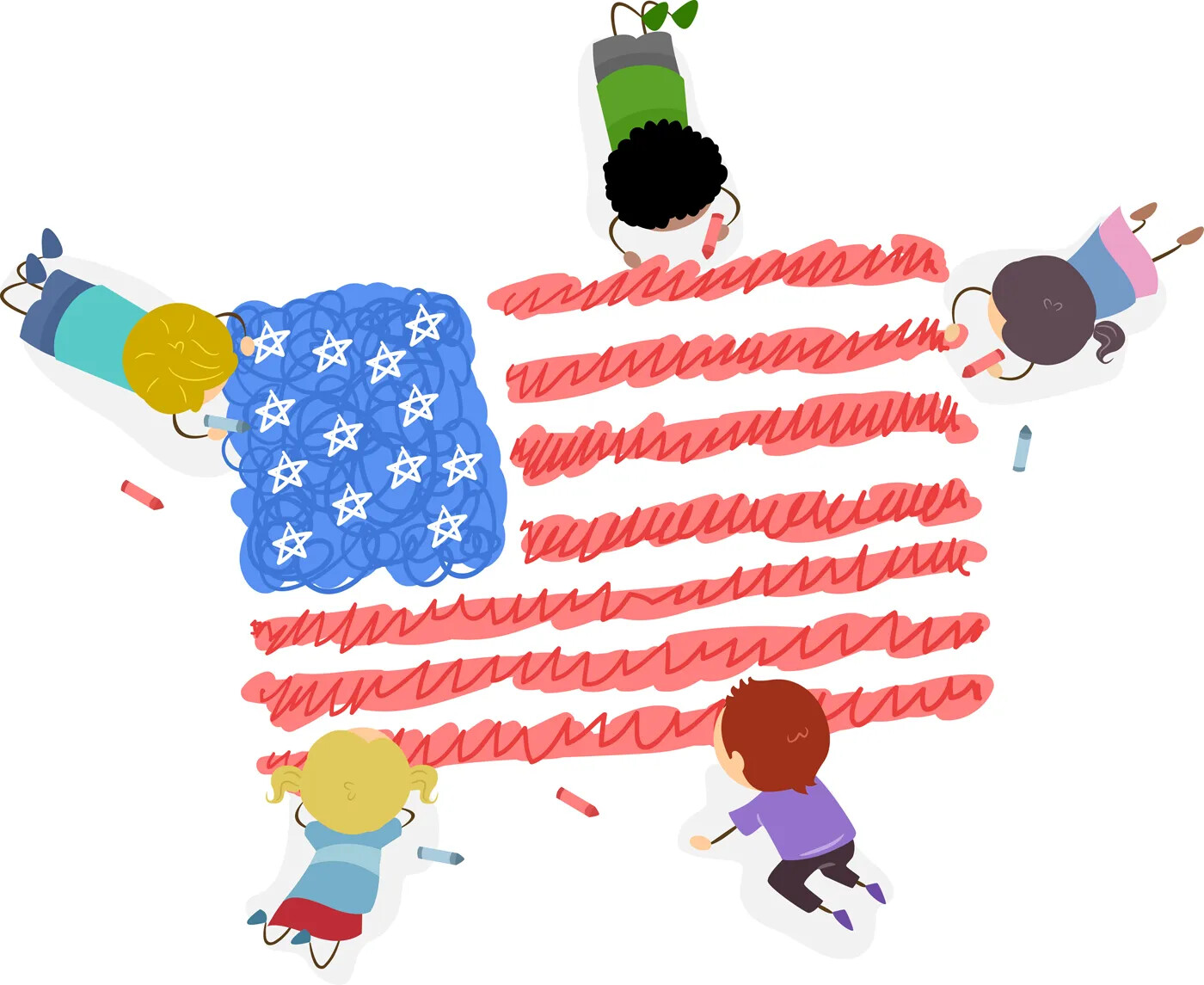
Caption:
The United States started out with just 13 states, from the 13 original British colonies. Vermont joined the United States in 1791, and over the next 170 years, 36 more states joined the union. Each state government is a little bit different, but they are all founded on five foundational principles: the social contract, the common good, representative democracy, the rule of law, and limited government. The national government is based on these principles as well.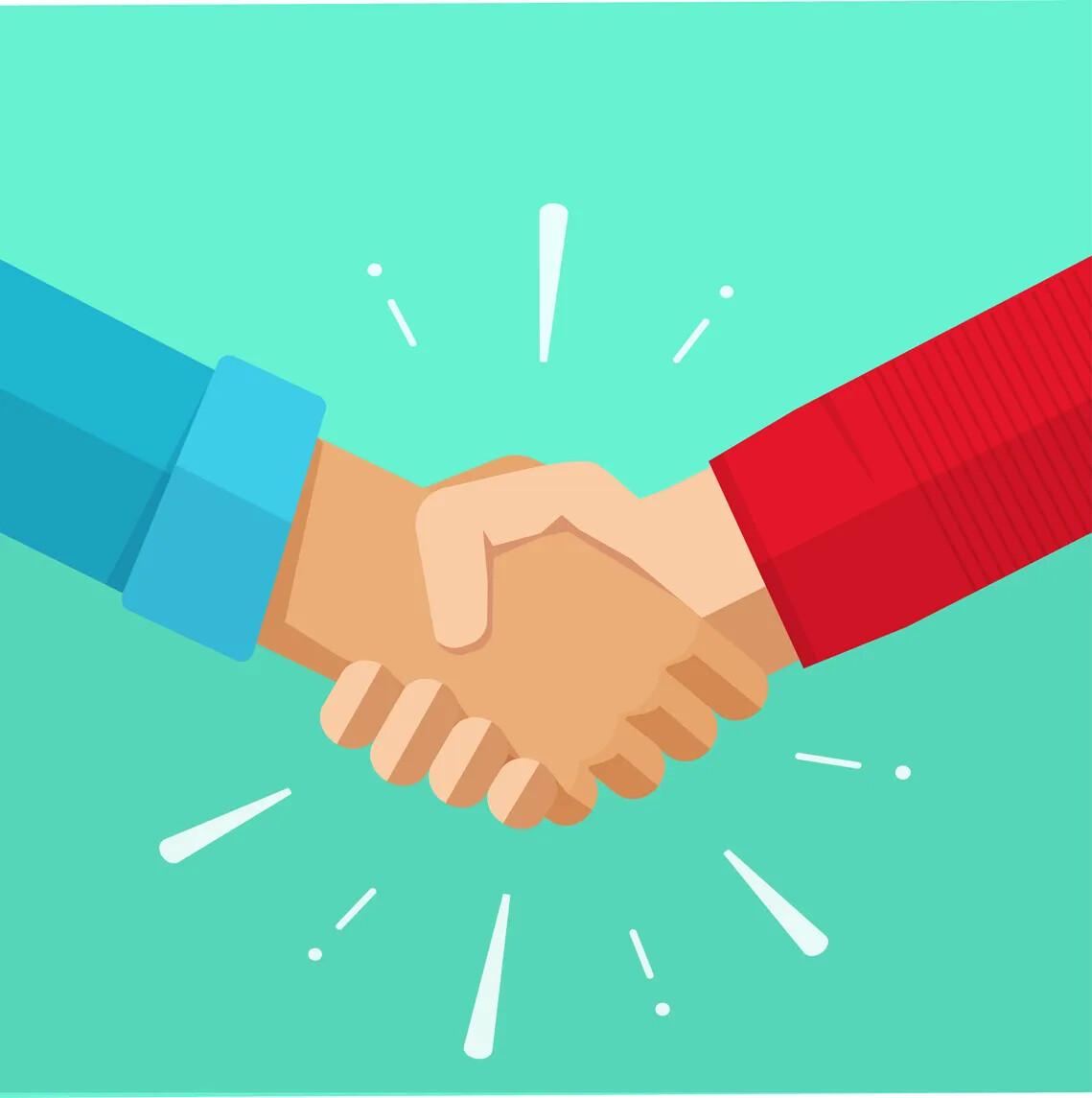
Caption:
The idea of the social contract is an important foundational principle in American government. The social contract is an agreement between the government and the people. The people give some of their rights to the government. In return, the government tries to protect the people from certain kinds of dangers. The government also helps people work together to build a strong community to support each other.A better solution is for representatives from both sides to try to find a compromise so that everyone gets some, but not all, of what they want. Representatives meet to talk about an issue, share information, listen to the concerns of people on both sides, and then use their best judgment to find a good solution that is as fair as possible for everyone. Then the representatives explain their decisions to the people they represent so that everyone understands how and why they worked out a compromise.
Bringing people together to find common ground—or things they can agree on—is called building a consensus. American representatives need to build a consensus among the people in order for the government to work properly. People may never agree on everything, but hopefully they will find enough common ground that their representatives can find solutions for Americans’ problems most of the time.
But with so many people who have different ideas about the government, not everyone will agree, even when we work toward a consensus. Some people will always be in the majority while others are in the minority. Our government requires all of us to follow the law, even if we don’t agree with it. But at the same time, we are also free to speak out about why we we are unhappy with some laws and how the laws should be changed. Telling the government and public about something we disagree with is called a protest.
One of Americans’ most important freedoms is to be able to protest things we don’t like and try to convince other people to agree with us. But we still need to follow the law, and our protests must be peaceful. No matter how angry we are about something, we don’t have the right to hurt other people or destroy other people’s things. Many people in American history have protested against something they don’t like in a peaceful, nonviolent manner as they try to convince other people to help them change the law. American government is ruled by the majority, but the minority still have rights too.
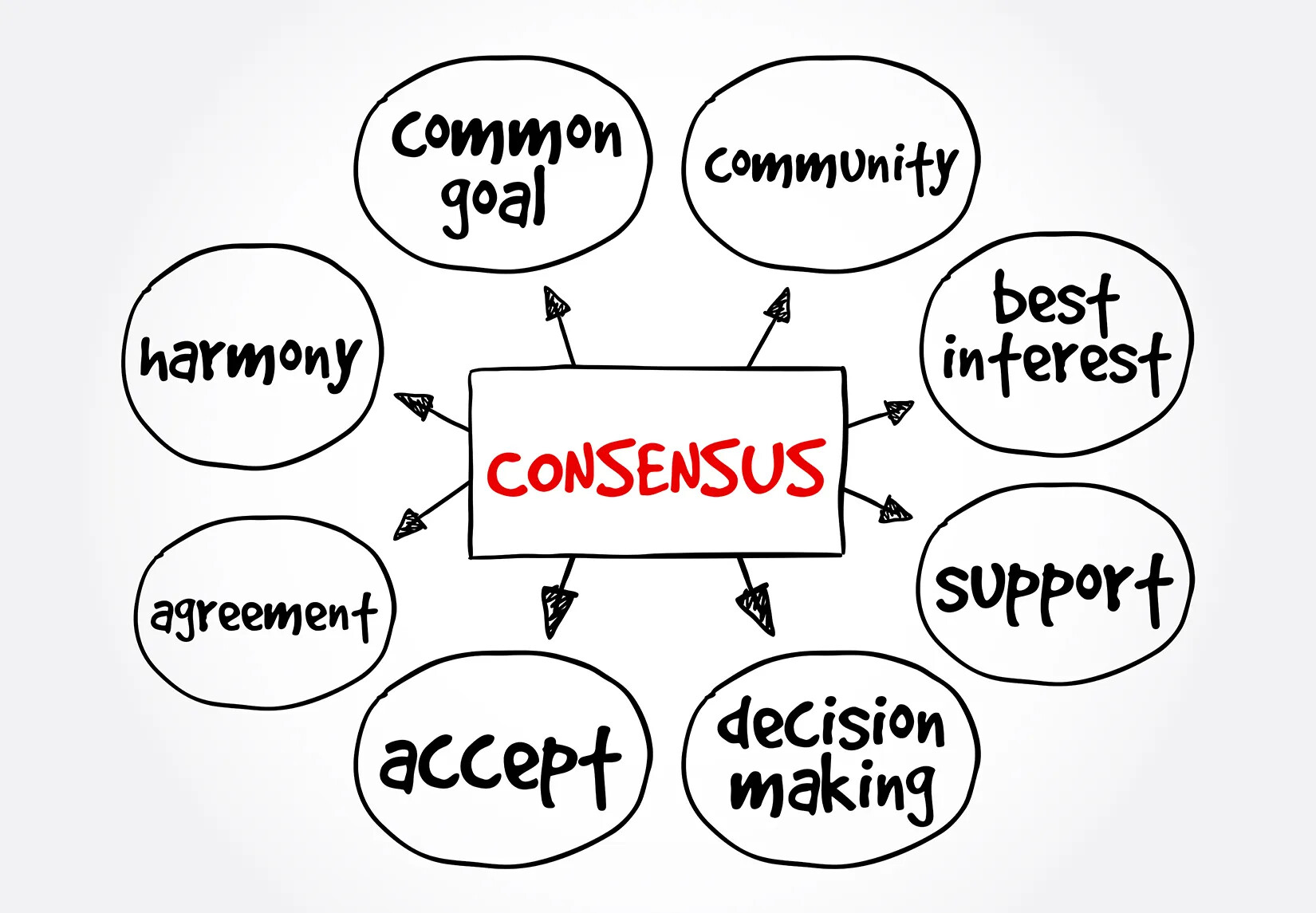
Caption:
Consensus means bringing people together to find common ground, or things they can agree on. Americans disagree about many things. But for the government to work properly, elected representatives must build a consensus among the people.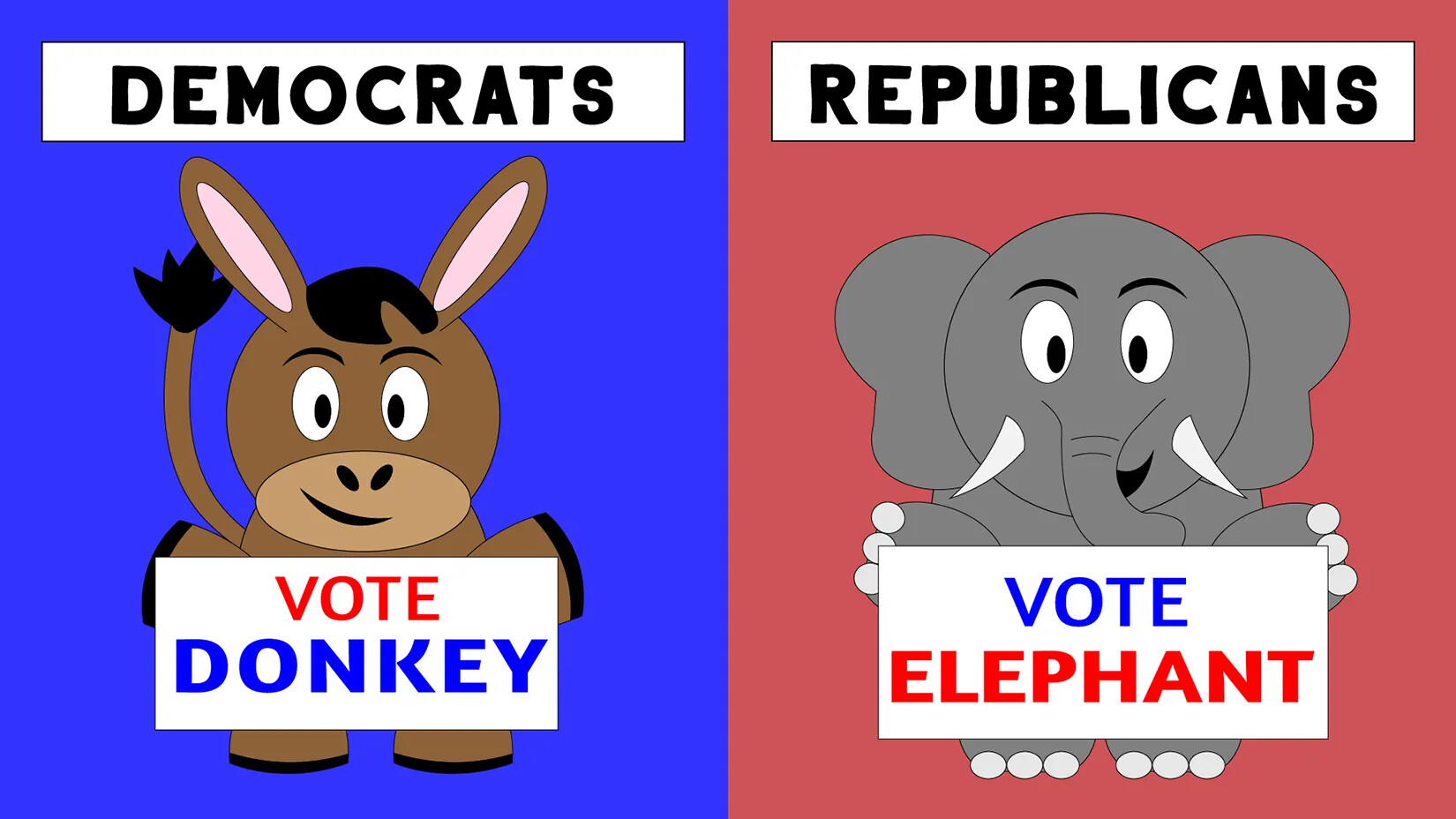
Caption:
Political parties are a way for people who agree with one another to work together to support each other. By working together, they have a better chance to get other politicians elected who also share their beliefs. Political parties in the United States have changed and shifted over the years. Since 1860, the two major American political parties have been the Democratic party and the Republican party.Is this how government works today?
People have often disagreed about how America should be governed, which is why Americans split into political parties even before the Founding Fathers created a federal government in 1789. Political parties are not part of the government, and they are not mentioned in the U.S. Constitution, but America has always had them.
Almost all politicians choose to join one party or another. Political parties are a way for people who agree with one another to work together to support each other. By working together, they have a better chance to get other politicians elected who also share their beliefs. If enough politicians of one political party get elected to serve in the government, then they will be in the majority and will have a better chance of getting the government to do what they want.
Political parties have changed and shifted over the years, but there are usually two major political parties in the United States. Since 1860, the two major parties have been the Republican Party and the Democratic Party.
In the past, American politicians often came together to try to solve the biggest problems facing our country. But in recent years, many politicians seem to be more loyal to their political party than they are interested in working to solve problems in the United States. Politicians are also less likely to work with politicians from the other party. This party divide has made it very difficult for government to function in the United States in recent years or for any of America’s problems to be solved.
Many people believe, though, that if Americans learn more about how their government works and what is going on in the world around them, they will be able to overcome the division caused by political parties. But to do so will require Americans to be good citizens.
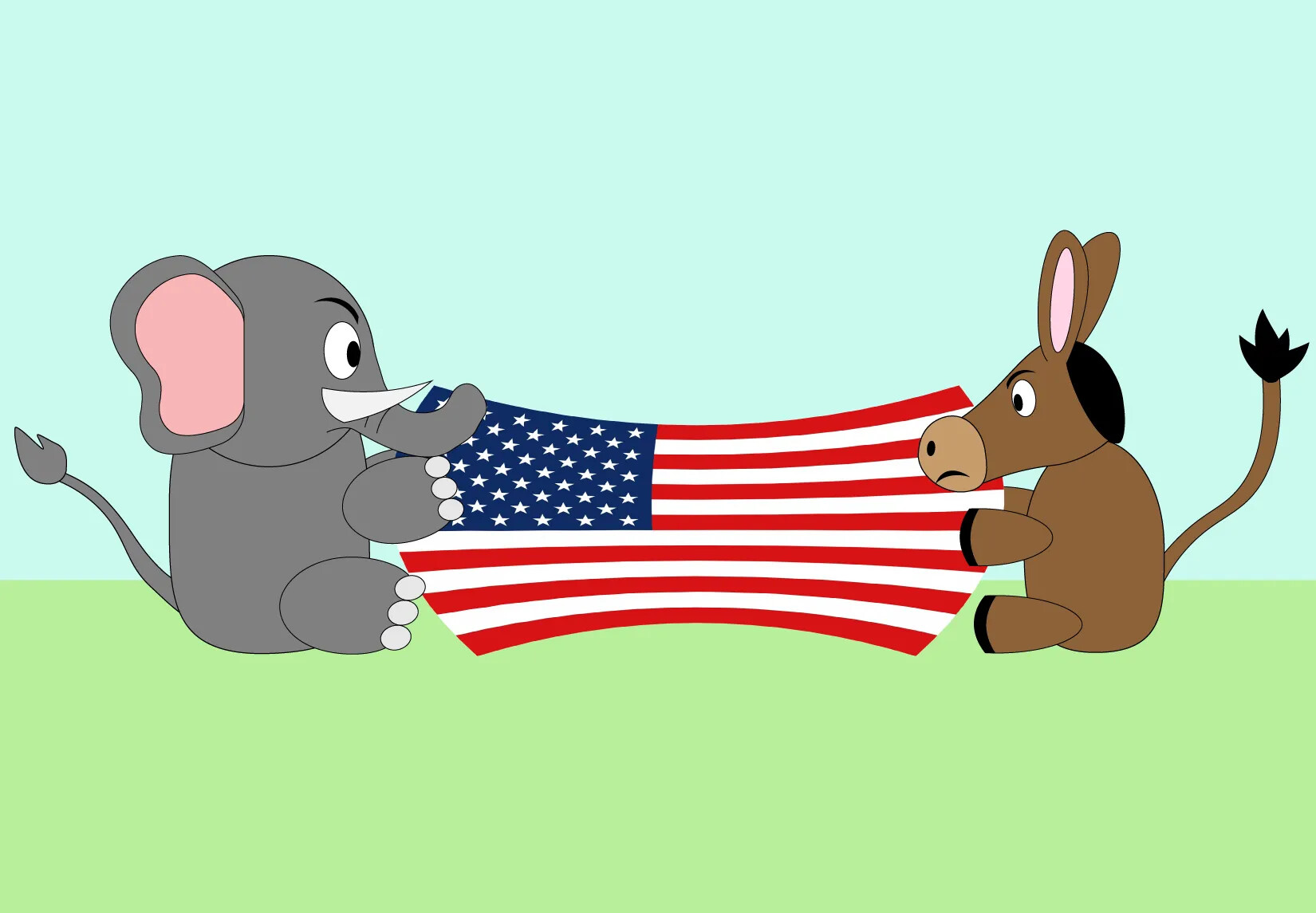
Caption:
In recent years there has been a party divide in American politics. A party divide is when political groups disagree on many issues and have trouble working together. This makes it hard for the government to work properly or solve problems.Let's Review!
What are the big ideas in this section?
Government's Purpose
The purpose of government is to protect people from outside dangers. It also ensures respect of people's rights, helps anyone having a hard time, and encourages people to work together.
Kinds of Government
Two types of government today are constitutional and dictatorial. In a constitutional government, the power of government is limited by what is written down in the constitution. There are no limits on power in a dictatorial government.
Democracy
Democracy is when people vote on how they should be governed and what laws should be in place. There are six characteristics of American democracy: representative democracy, the rule of law, limited government, free and fair elections, a free press, and active citizens.
How Democracy Works
Democracy works through the social contract, when people delegate some of their rights to their representatives. Decisions about the government are made by majority rule, but government works best when people can build a consensus. An important right in our democracy is to peacefully protest things we don’t like.
Good Citizenship
How can you be a good citizen in a democracy?
Because the people play such an important role in democratic government, democracy requires that the people practice good citizenship. People show their support for American government and democracy in many ways, including:
Respecting the rights of others. The Declaration of Independence says that all Americans have the right to “life, liberty, and the pursuit of happiness.” Americans have specific rights that are guaranteed to them. They are listed in state constitutions and in the Bill of Rights. These rights make sure that the government will never gain too much power over the people. But other people have rights too, and it is important to make sure we recognize that everyone’s rights are just as important as our own. For example, you may have a right to swing your arm, but you don’t have the right to swing your arm so far that it hits somebody else.
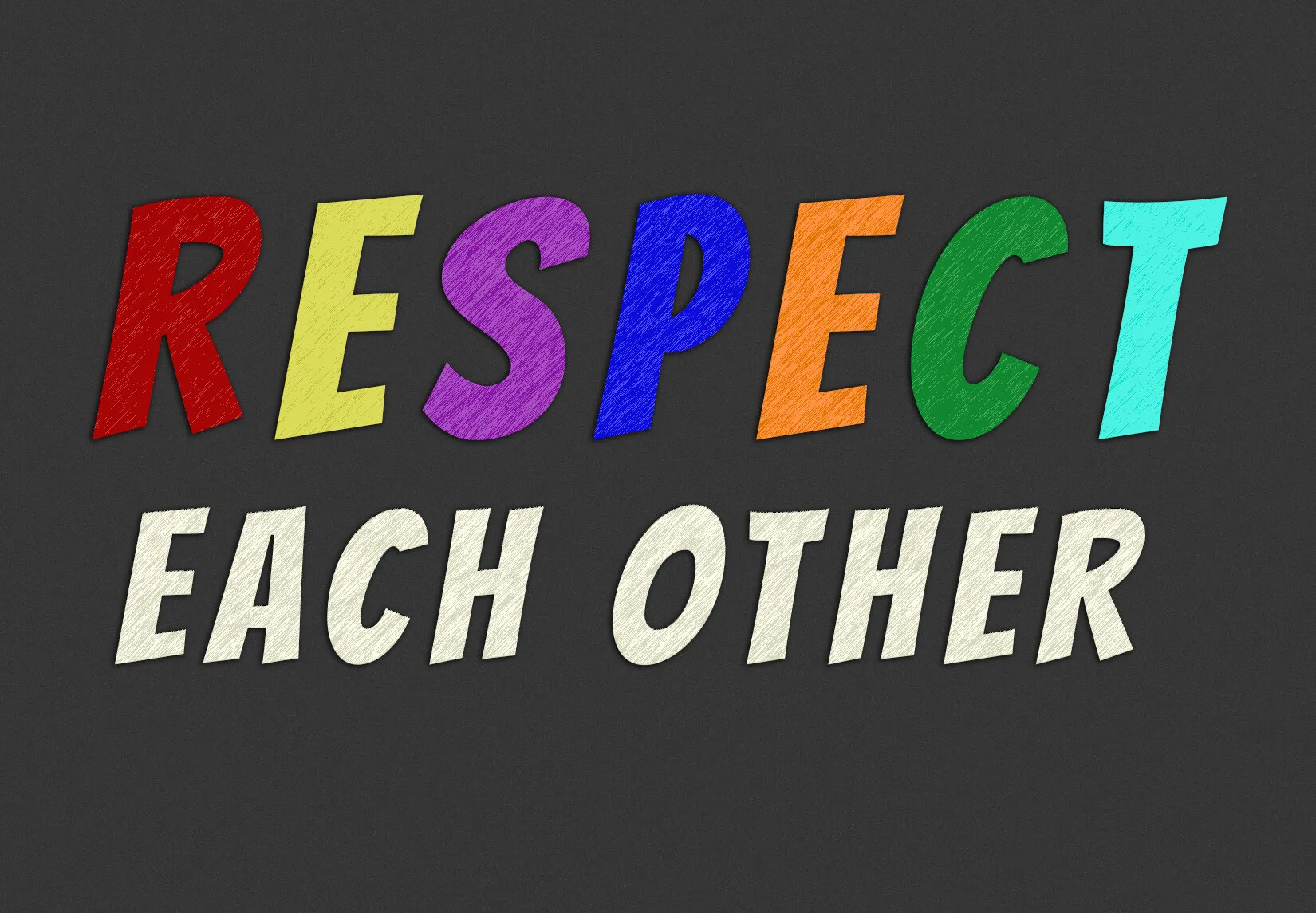
Caption:
Respecting the rights of others is an important part of good citizenship. We should recognize that everyone’s rights are just as important as our own. For example, you may have a right to swing your arm, but you don’t have the right to swing your arm so far that it hits somebody else.
Caption:
The rule of law means that everyone agrees to a set of rules and then everyone follows the rules. The most important rules of a government are written down in a document called a constitution. In America, no one is above the law, meaning that every person must follow the law. In other words, all laws apply to all of the people.Obeying the laws. Since the laws apply to everyone, we are all equally responsible for following the laws, even if we don’t agree with them. Laws must be enforced fairly, and we all must play by the same rules. If we don’t follow the law, then we are likely hurting someone else and not respecting their rights.
Participating in government. The government is supposed to protect the people and help those who need it. In order to do that, hardworking, intelligent people have to work for the government, which is known as doing public service. Serving the public can be in a job as big as being president of the United States or as small as volunteering for a committee or board in your local community.
The government also needs the people to make their voices heard on decisions the government makes and laws it passes. The people need to participate in the democratic process by voting responsibly and communicating with their representatives.
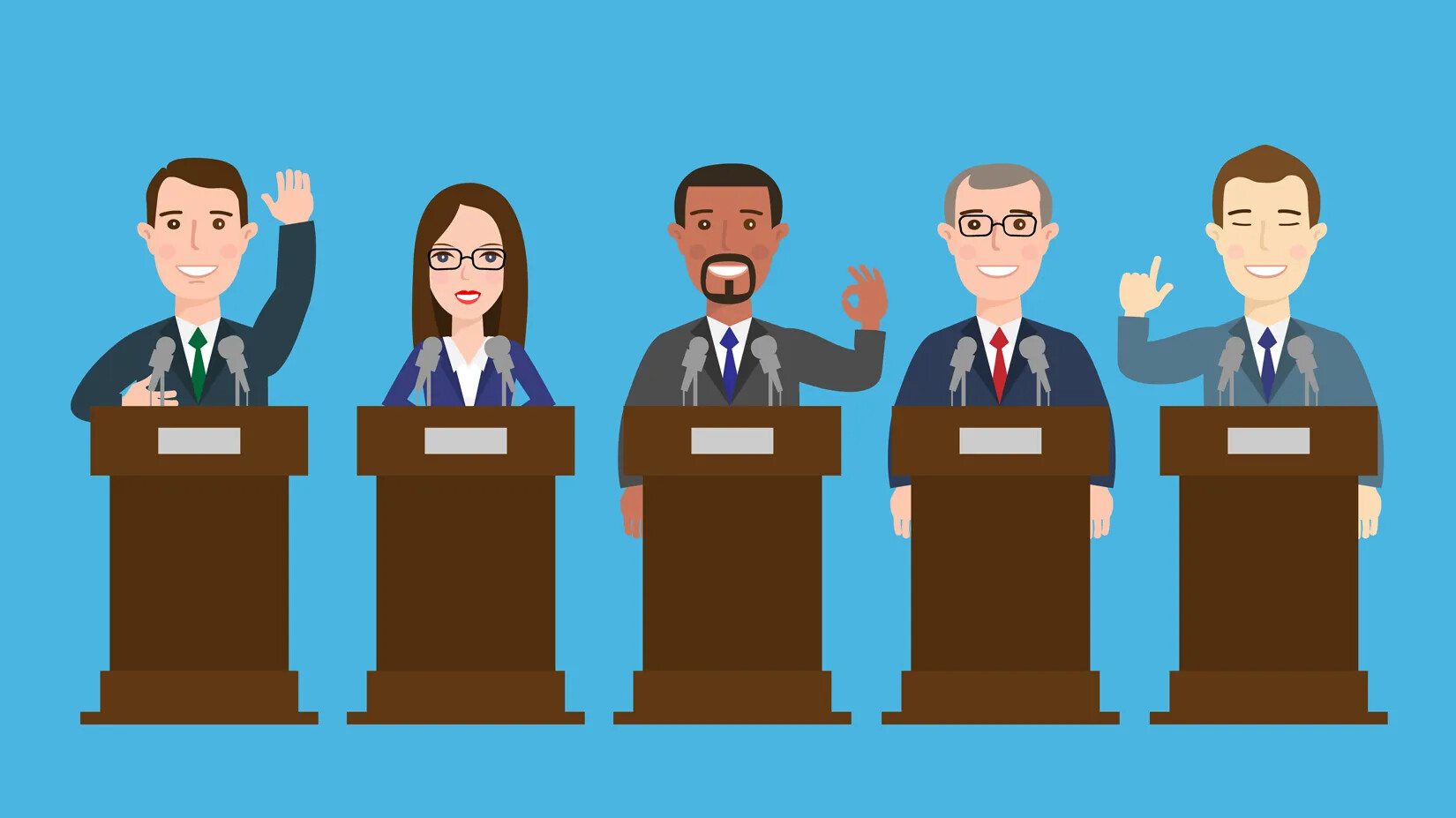
Caption:
The U.S. government is based on the idea of representative democracy. A representative democracy means that the people elect other people to represent them in the government. Representatives make decisions about what the government should do for the people who elected them. It is important to choose good representatives, and it is important for the representatives to make good decisions for the people.Being informed voters. The Founding Fathers believed voting in elections was the most important thing Americans could do to support American democracy . But it wasn’t enough just to cast a ballot. Voters needed to be educated and independent to elect good leaders, who in turn would make good decisions for the government.
There are many ways to become an informed voter, including the following:
- Know the system. Informed voters understand how the government is set up and how it works. They also know which part of the government is responsible for governing in which area. If people don’t understand government, they may blame the government for things that it wasn’t responsible for. Knowing about the government helps people understand why we are governed the way we are and what we can reasonably expect the government to do. Knowing the system helps the people cast votes for representatives who they believe will do the best job.
- Know the facts. Informed voters know about the world around them, which may help them better understand the problems in American society and what needs to be done to fix them. Informed voters make an effort to learn about an issue rather than just assume they know all the answers. Informed voters listen to the ideas of others to learn about different perspectives or points of view before making a decision about how they are going to vote. Different points of view may come from someone whose life is different from yours or it might come from an expert or someone who has devoted a great deal of time to studying an issue or topic. By researching a topic, people gather more knowledge and understand the relevant facts better. If people don’t understand the facts of a problem, they will not be able to find solutions that work.
- Don’t fall for political ads. Advertisements about politics are very one-sided and often don’t state the facts accurately. Candidates for political offices run many political advertisements, but some of these ads are created by political parties and interest groups. Interest groups are groups of people who try to convince others to support their positions on certain topics. Most of the people who create political advertisements care more about winning votes or getting people to donate money to support a cause than they do about telling the truth. Not falling for political ads helps people cast votes based on facts rather than biased advertisements.
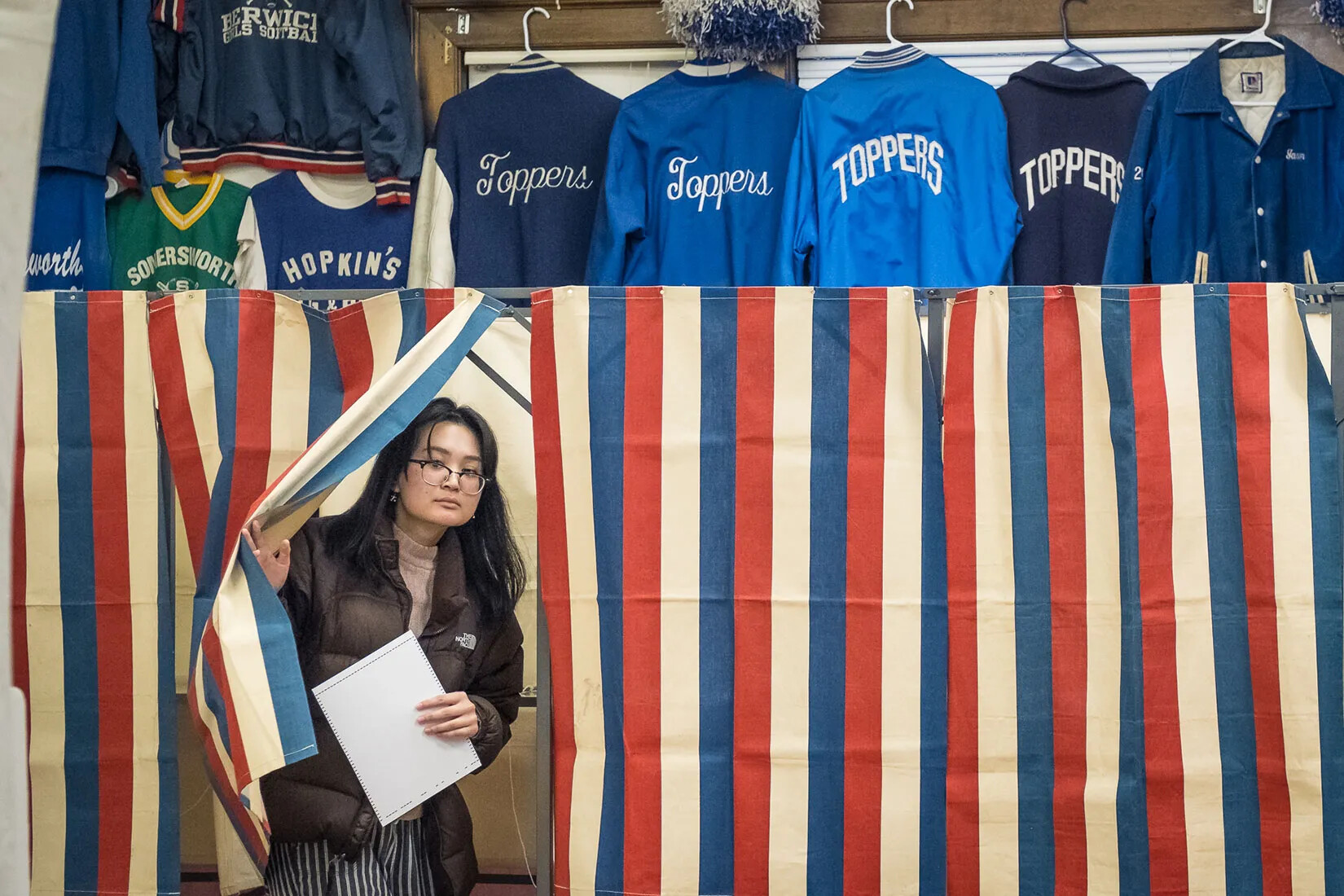
Caption:
One way to be a good citizen in a democracy is to be an informed voter. That means more than just casting a ballot, although that is an important first step. It means knowing how the system works and knowing the facts. Informed voters educate themselves about the process and the candidates so that they can make good decisions when they vote. This voter cast her ballot in Somersworth during the 2020 New Hampshire primary.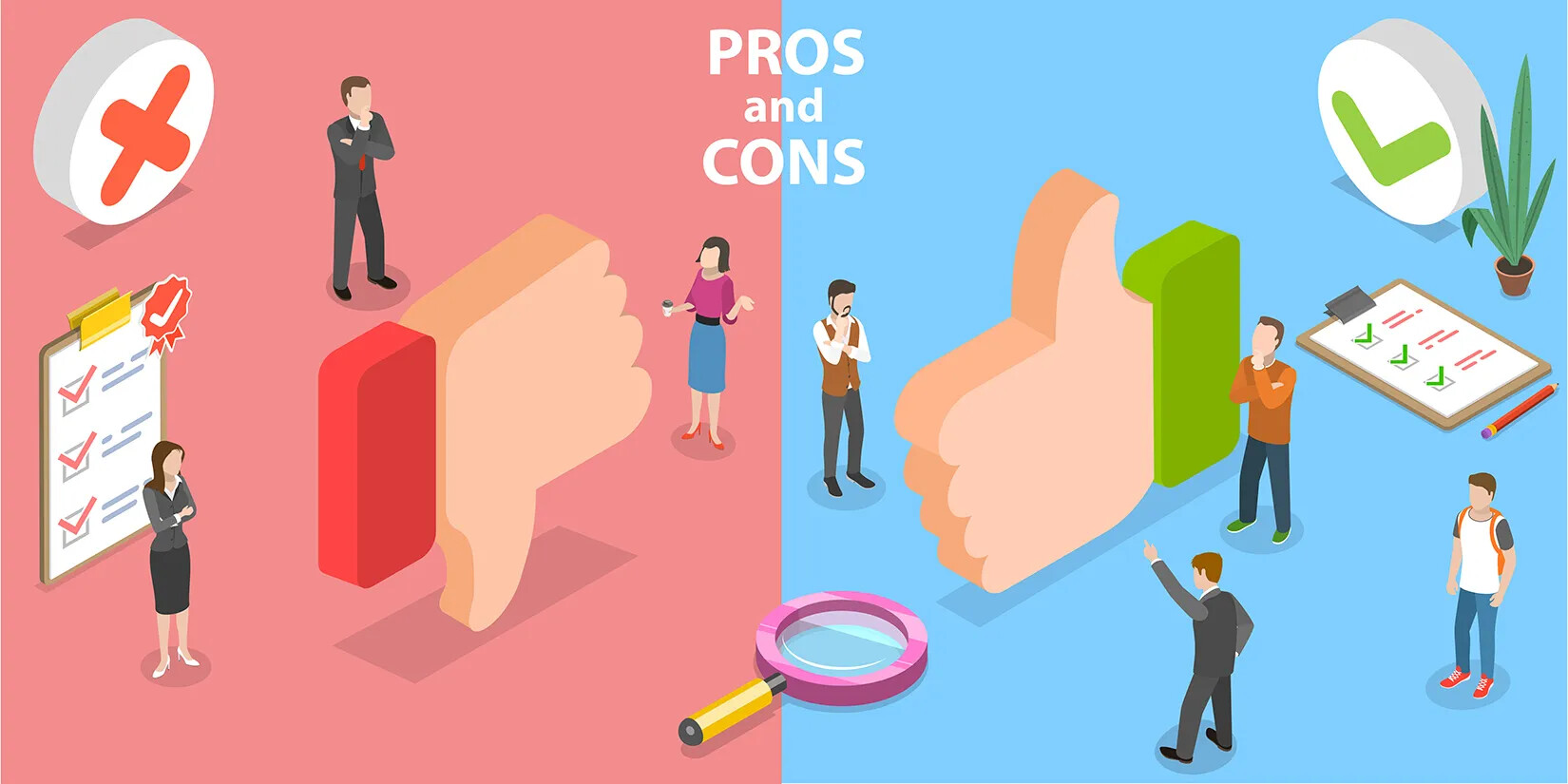
Caption:
Informed voters need to weigh the pros and cons of each candidate carefully. They need to make good decisions and practice good judgment when they vote, so they can elect representatives who do a good job.These methods of becoming an informed voter help people make good decisions and practice good judgment. Otherwise, if voters don’t practice these methods, they are more likely to rely on the opinions of people who might not have voters’ best interests at heart. Or voters may support a candidate they don’t know much about. They may vote for the candidate because they recognize the candidate’s name rather agreeing with the candidate’s ideas.
The Founding Fathers knew that democracy required people to vote responsibly. Otherwise, if voters did not elect representatives who did their jobs well, the entire system of American government would fail. Democracy’s survival requires the people to practice good citizenship.
What is civic virtue, and why is it important?
Civic virtue is a set of behaviors that are necessary for American democracy to function as it is supposed to. This is also called civic dispositions.
People who practice civic virtue recognize that Americans have many different viewpoints on many different issues. This wide variety of opinions is one of the things that makes America strong because it means people have lots of different ideas about how to govern the country and how to solve problems.
A society where people express lots of different opinions will often be more creative and innovative than one in which everyone believes exactly the same thing. Some ideas will work better than others, but by sharing and discussing ideas, the American people should be able to make good decisions about how they want to be governed in a way that benefits us all. Good laws put in place by a well-run government offer all of us the most freedom to live our lives as we choose.
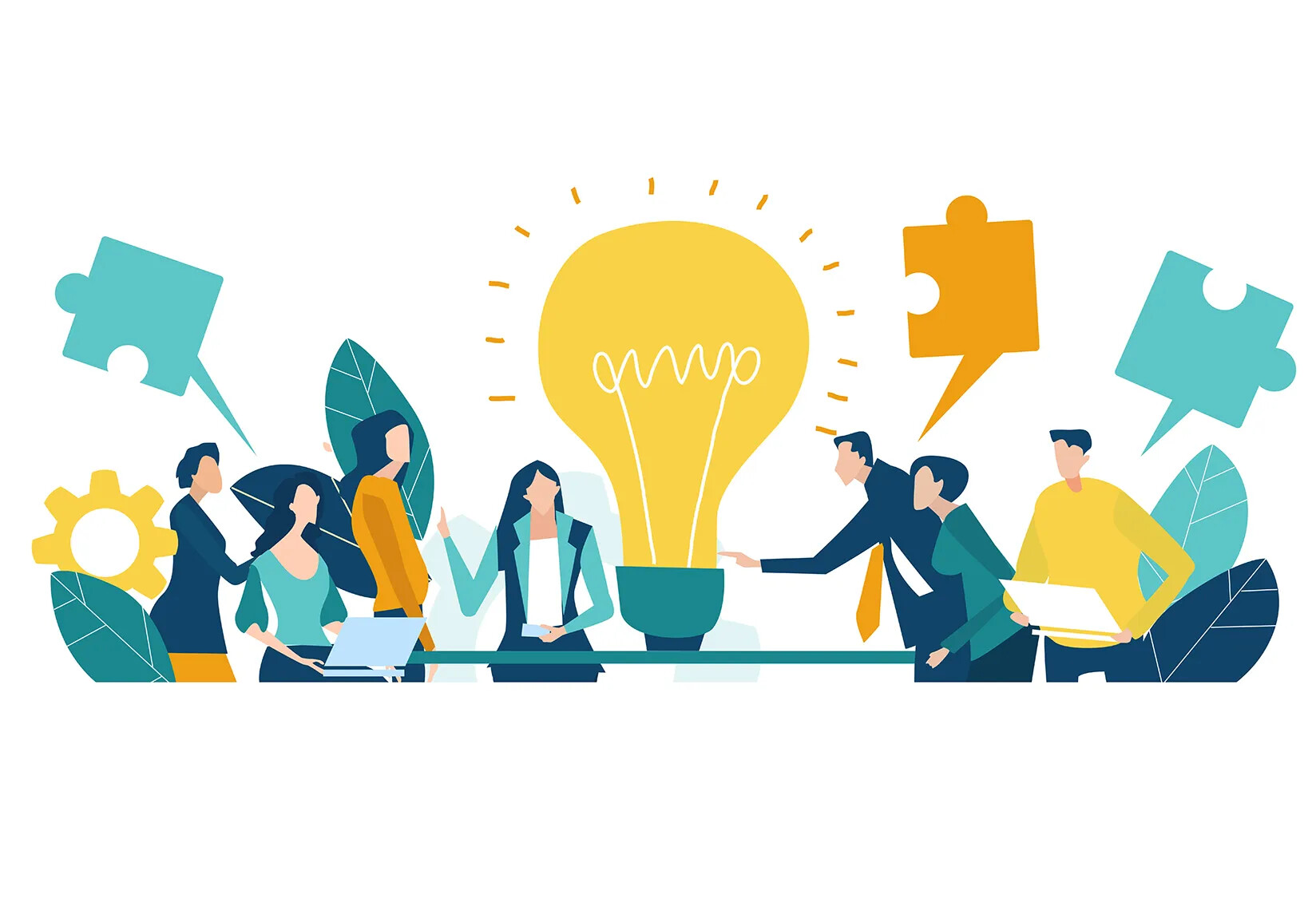
Caption:
Americans have a lot of different ideas about how to govern the country and how to solve problems. Sharing these different ideas respectfully and listening to other viewpoints about these ideas is an important part of civic virtue.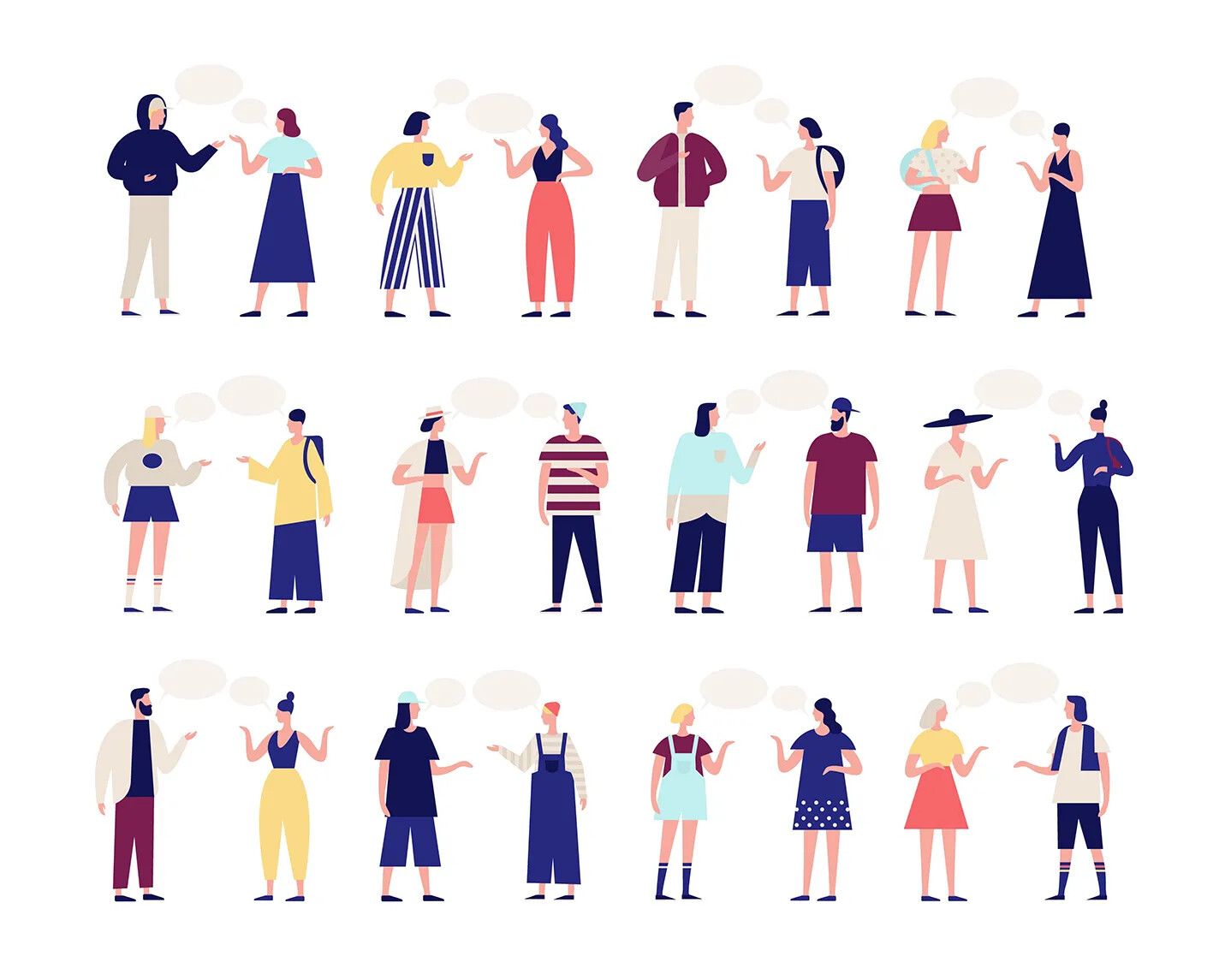
Caption:
Civility means behaving or speaking in a polite manner. In order to share and discuss our different ideas, Americans must be civil to one another. And it is important to share and discuss different ideas, because that is the best way to come up with the best solutions to our problems.In order to share and discuss our different ideas, Americans must be civil to one another. It is only by practicing civility that we will be able to evaluate ideas to find the best ones. If people are rude to one another, then some people may not be comfortable sharing their ideas. If people are rude to one another, other people may decide not to participate in the democratic process or serve their communities in political office. If people are rude to one another, Americans will not be able to work out compromises or build consensus.
On the other hand, by being polite to one another and treating each other with kindness and civility, we show that we are all equal, which is an idea that is at the heart of being an American.
Let's Review!
What are the big ideas in this section?
Why Good Citizenship?
People play an important role in democracy because the government works for them. In order to support the American government, they must practice good citizenship.
Actions of a Good Citizen
A good citizen in a democracy respects the rights of others, obeys the laws, participates in government, and is an informed voter.
Informed Voters
People can become informed voters by knowing how the government is set up and how it works, knowing the facts about issues and candidates, and not falling for political ads. These methods help people make good decisions, practice good judgment, and vote responsibly.
Civic Virtue
Civic virtues are behaviors that are necessary for American democracy to function like it should. Speaking politely, sharing your viewpoints, and treating each other with kindness and respect are some of these behaviors. They show we are all equal.
Media Literacy
What is media?
Media means communicating with many people at once. Media is what people or organizations create when they publish, broadcast, or put something online and let many people see or hear it. We interact with media when we are watching television, listening to the radio, reading newspapers and magazines, and exploring online content, including social media, videos, blogs, podcasts, websites, and more. Most Americans, even kids, spend 6–10 hours per day on media.
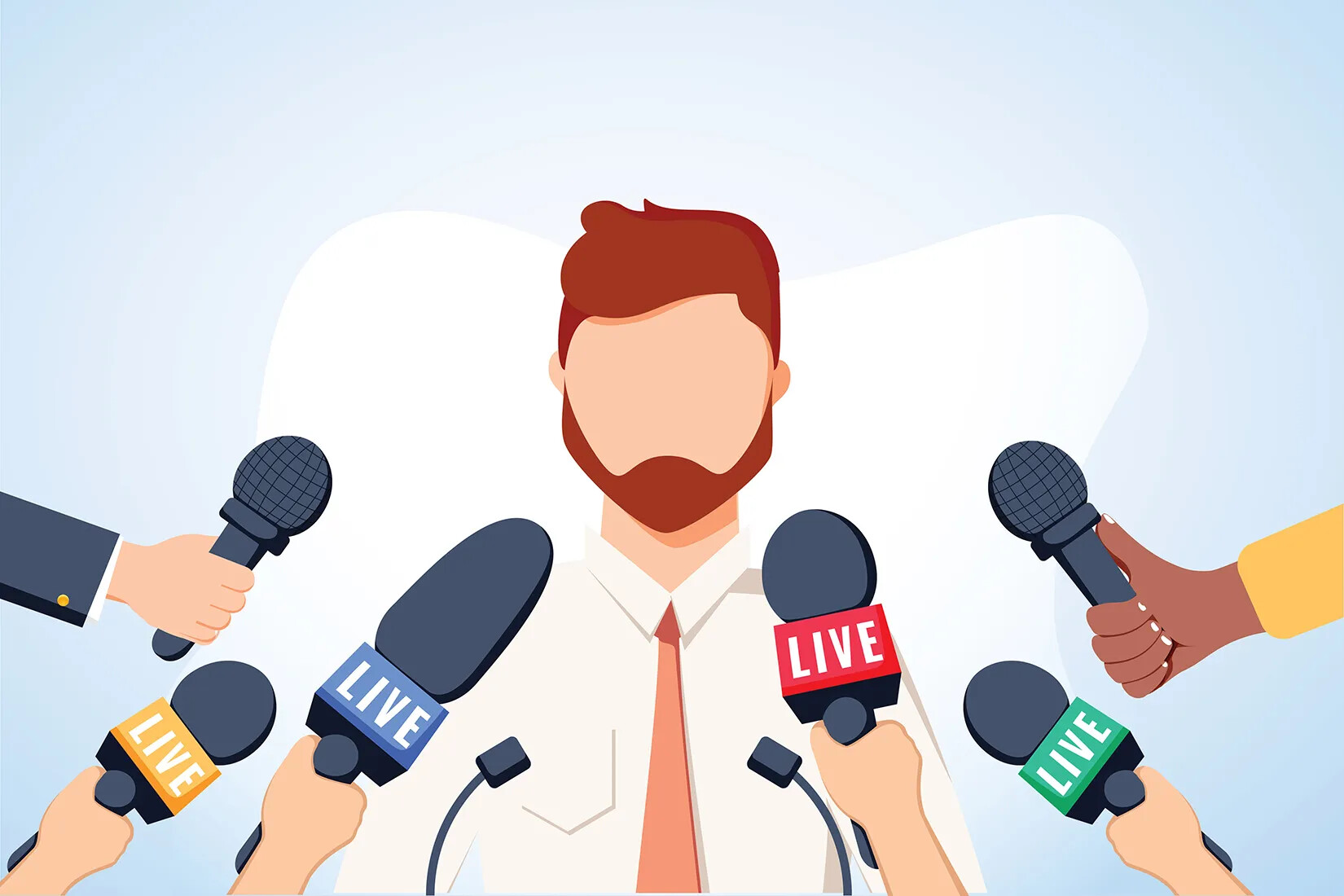
Caption:
Media plays an important role in American democracy. If the government changes how it does things, does a bad job, or breaks the law, the media lets the public know. The media also provides the public with information about what is happening in the world.What role does the media play in American democracy?
Although the media is not a formal part of American government, it plays several important roles in our democracy .
- The media acts as a check on the government. Most people are too busy living their own lives to keep an eye on the government, but the media has people whose job it is to watch the government and report to everyone else on what the government does. If the government changes how it does things, does a bad job, or breaks the law, the media lets the public know.
- The media also provides the public with information about what is happening in the world, which helps form people’s views and influences voters. People who are busy with their jobs and their families don’t have time to follow all the news stories that develop even in their own communities, let alone the country or the world. They rely on the media to report the news. Which news stories the media covers, and how the media reports on those stories, will shape how people think about the world.
How do we get information from the media?
There are many different types of media, but media as a whole can be divided into two major categories: professional and nonprofessional media. The first type is often referred to as THE media, meaning professional journalism.
This type of media gathers and reports the news and then shares it with the public through newspapers, magazines, radio broadcasts, podcasts, videos, television, and social media. On television, which is also called broadcast media, journalism is conducted by large media networks, like CNN, ABC, CBS, NBC, and Fox.
There are dozens of professional media outlets for print journalism (newspapers and magazines), such as the New York Times, the Washington Post, and the Wall Street Journal. Every major city in America also has its own newspaper to provide coverage of local and state news.
All of these organizations now use the internet and social media, like Facebook and Twitter, to share information. And that’s just in the United States! There are professional journalists all over the world.
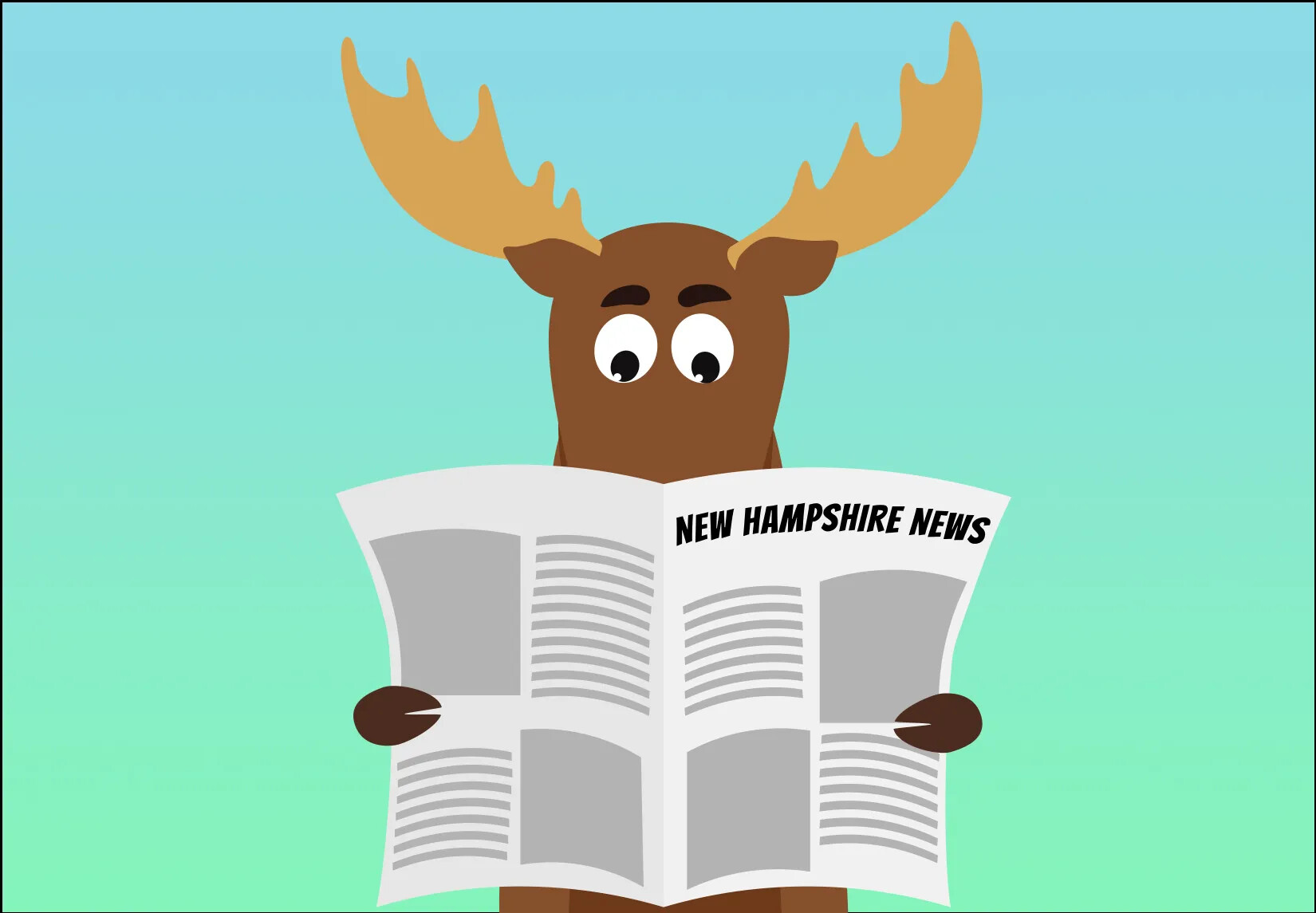
Caption:
One category of media is known as professional journalism. Professional journalists gather and report the news and then shares it with the public through newspapers, magazines, radio broadcasts, television, and podcasts. Newspapers are some of the oldest forms of professional journalism.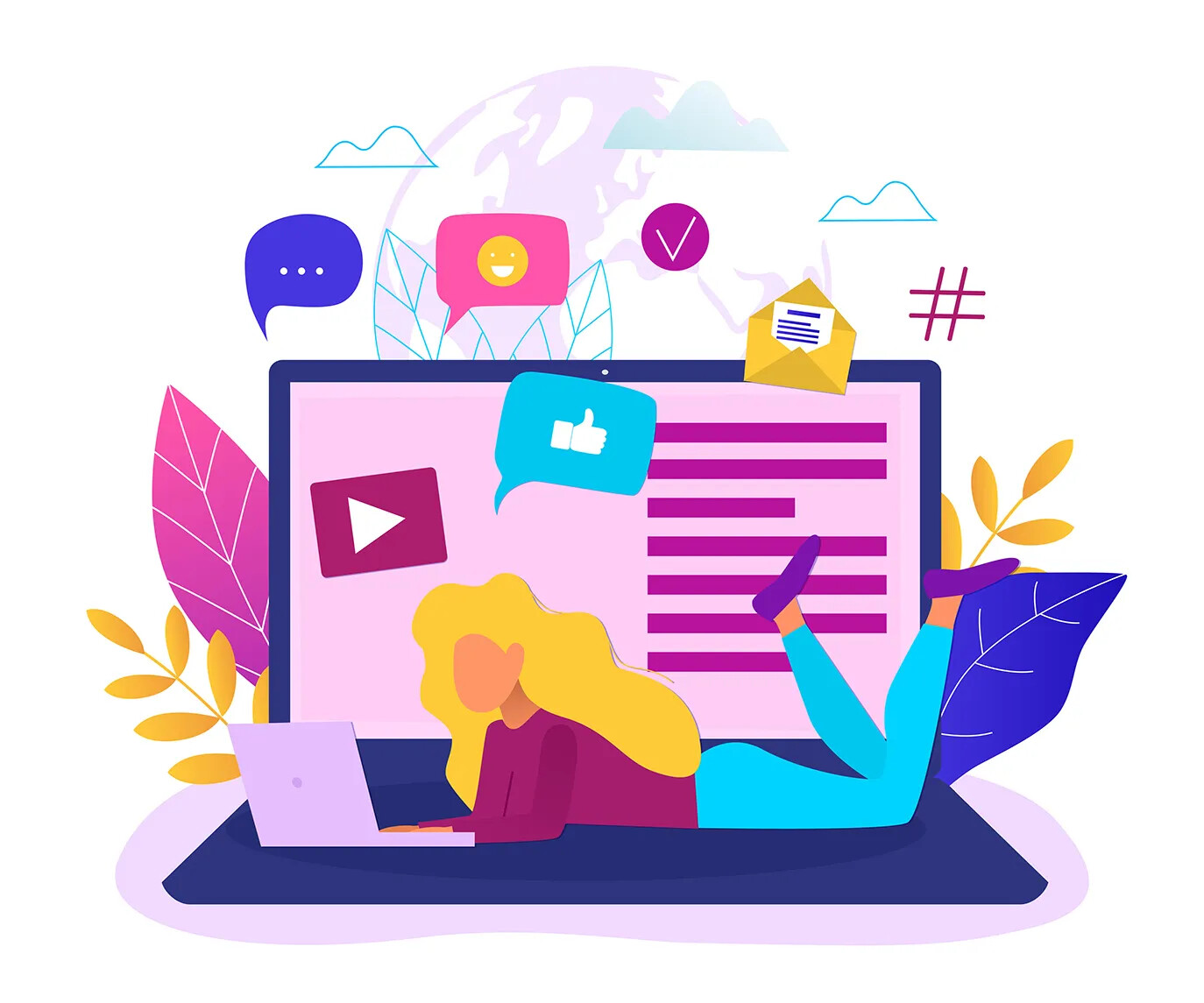
Caption:
Another category of media is known as nonprofessional journalism. People who are nonprofessional journalists are not trained to be in the media. There are no standards or rules for nonprofessional journalists. The internet is a major outlet for nonprofessional journalists. Anyone can create a website or make a social media post and say whatever they want. Nonprofessional journalists don't have to tell the truth. People reading these stories don't always realize that they don't have the facts to support them.There are also many outlets for nonprofessional journalism, especially social media, where anyone can create a website and post anything they want.
People who are nonprofessional journalists are not trained to be in the media. There are no standards or rules for nonprofessional journalists either. Nonprofessional journalists don’t even need to tell the truth.
Rumors are common in nonprofessional journalism, and sometimes people invent stories that sound real but are actually made up. The problem is that the people reading these stories don’t always realize that the stories don’t have facts to support them.
Before the internet was invented in the 1980s, most Americans got their information from professional journalists, who usually relied on scientists and experts for their reporting. Now, Americans can get their information from a huge number of sources through websites, videos, podcasts, and social media, and they can be fooled into thinking that something that is made up is actually real.
Knowing which type of journalism is reliable and finding good information to help you vote and act responsibly is called being media literate.

Caption:
Many Americans get their news on the internet, from websites, social media, podcasts, and videos. Professional journalists often use the internet to share their news stories with the public. Nonprofessional journalists use the internet as well. Knowing which type of journalism is reliable and finding good information to help you vote and act responsibly is called being media literate.Let's Review!
What are the big ideas in this section?
Examples of Media
Media means communicating with many people at once. We interact with media when we read the newspaper, watch tv or videos online, listen to a podcast, or read a website. If you are media literate, you know how to find reliable information you can trust.
Importance of Media
Media is important in American democracy. It acts as a check on the government because it watches the government and reports to the people what the government is doing. Media also provides the public with information about what’s happening in the nation and around the world.
Professional Media
There are two types of media in general: professional and nonprofessional. Professional media gathers and reports on the news through newspaper, radio, tv, social media, and more. There are rules for professional media to make sure it is as trustworthy as possible. There are many kinds of news outlets that are professional media.
Nonprofessional Media
Nonprofessional media is when anyone communicates anything they want to the public through websites, podcasts, videos, and social media. There are no rules for nonprofessional media, and they don’t have to tell the truth.
Federalism and the Federal Government
How is government organized?
Federalism!
American government is divided into three major levels: the national government, state governments, and local governments. Federalism is the idea of splitting the government into levels of government—national, state, and local—with the government’s power shared between them. In this way, federalism limits the overall power of government.
The federal government is the country’s national government. It governs the entire nation. The federal government unifies all 50 states. It oversees many aspects of American life, including America’s relationships with other countries, business conducted between states, business conducted across state lines, the national currency (money such as dollars, quarters, dimes, nickels), and the U.S. mail, among others.
Each state has its own government as well. State governments oversee more day-to-day aspects of our lives, like issuing driver’s licenses or setting rules for the businesses that operate within the state. The states oversee most of the legal system, which means how people are tried for breaking the law and, if found guilty, punished for their crimes. They set rules for running elections, issue marriage licenses and birth certificates, support education, and pass laws to protect public health. They also maintain state highways and bridges, and they take care of lakes and rivers. State park systems preserve thousands of acres of forests, trails, mountains, beaches, and historic sites.
Local governments also play a big role in Americans’ lives. They run our schools and the police force and fire department. They take care of the roads in our towns and cities, paving them and keeping snow off of them. They support public libraries and maintain parks and trails. New Hampshire is known as a local control state. More than other states in America, New Hampshire relies on town governments to govern people. The people make lots of decisions about what role the government will play at the local level.

Caption:
American government is divided into three major levels: the national government, state governments, and local governments. The government's power is shared between these three levels. This limits the overall power of government. This idea of splitting the government into levels to limit its power is known as federalism.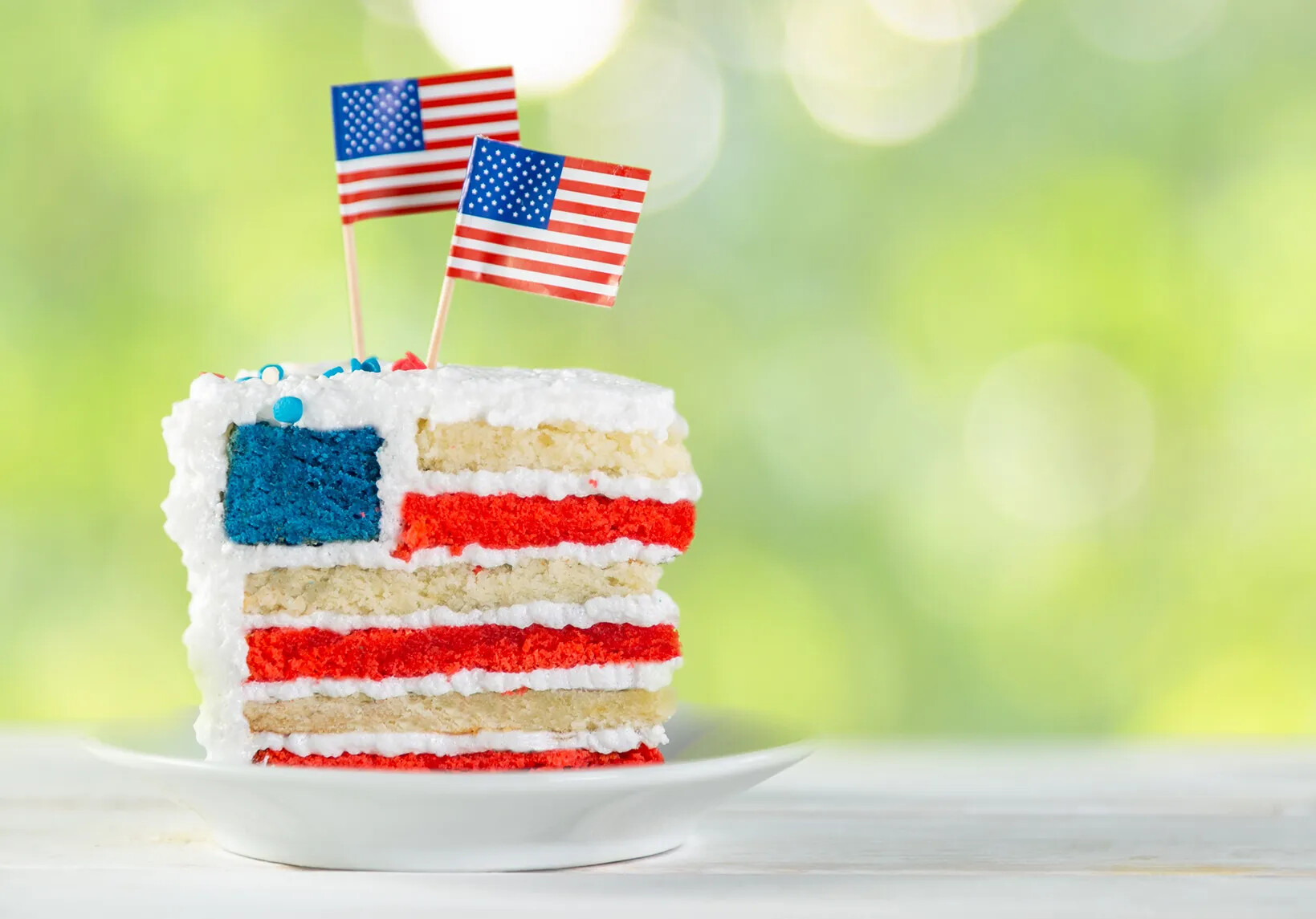
Caption:
People used to think that America’s federal system of government was like a layer cake, with layers of chocolate and layers of vanilla. Each layer represented a level of government. The layers were separate and didn’t mix with one another. Now, Americans’ views on the federal system have changed, and the government is seen as more of a marble cake, where the chocolate and vanilla flavors are swirled together. There are still layers and each type of government still has different responsibilities, but the layers are mixed.People used to think that America’s federal system of government was like a layer cake, with layers of chocolate and layers of vanilla. Each layer represented a level of government, and each level of government controlled different aspects of American life. The layers were separate, just like the levels of government, and they didn’t mix with one another. For example, if the state government took care of a state’s highways, the federal government didn’t have any say in what those highways would look like or how they would be managed.
Now, Americans’ views on the federal system have changed, and the government is seen as more of a marble cake, where the chocolate and vanilla flavors are swirled together. There are still layers and each type of government still has different responsibilities, but the layers are mixed. For example, the federal government might contribute some money to the state government to maintain the highways in the state. The federal government might also have rules that the state needs to follow about how wide the lanes of the highway are or what the highways’ signs look like.
The Federal Government
Let’s look first at the national government, which is also called the federal government.
What is the U.S. Constitution, and what does it have to do with the federal government?
The structure of the federal government was laid out in a document known as the Constitution. The U.S. Constitution was written by the Founding Fathers in 1787, just a few years after the American Revolution against Great Britain ended. There were only 13 states in America then, and one by one they ratified the U.S. Constitution. New Hampshire ratified it on June 21, 1788. It was the ninth state to ratify the Constitution, which was an important number. Once nine states ratified it, the Constitution went into effect, and the United States had a new national government, starting in 1789. New Hampshire’s vote was the all-important ninth vote.
The U.S. Constitution is also a symbol of American government. In fact, the United States was the first country to write a constitution and explain that government draws its power from the people and that its power is limited. For many people, the U.S. Constitution represents their commitment to American ideas of equality and freedom.
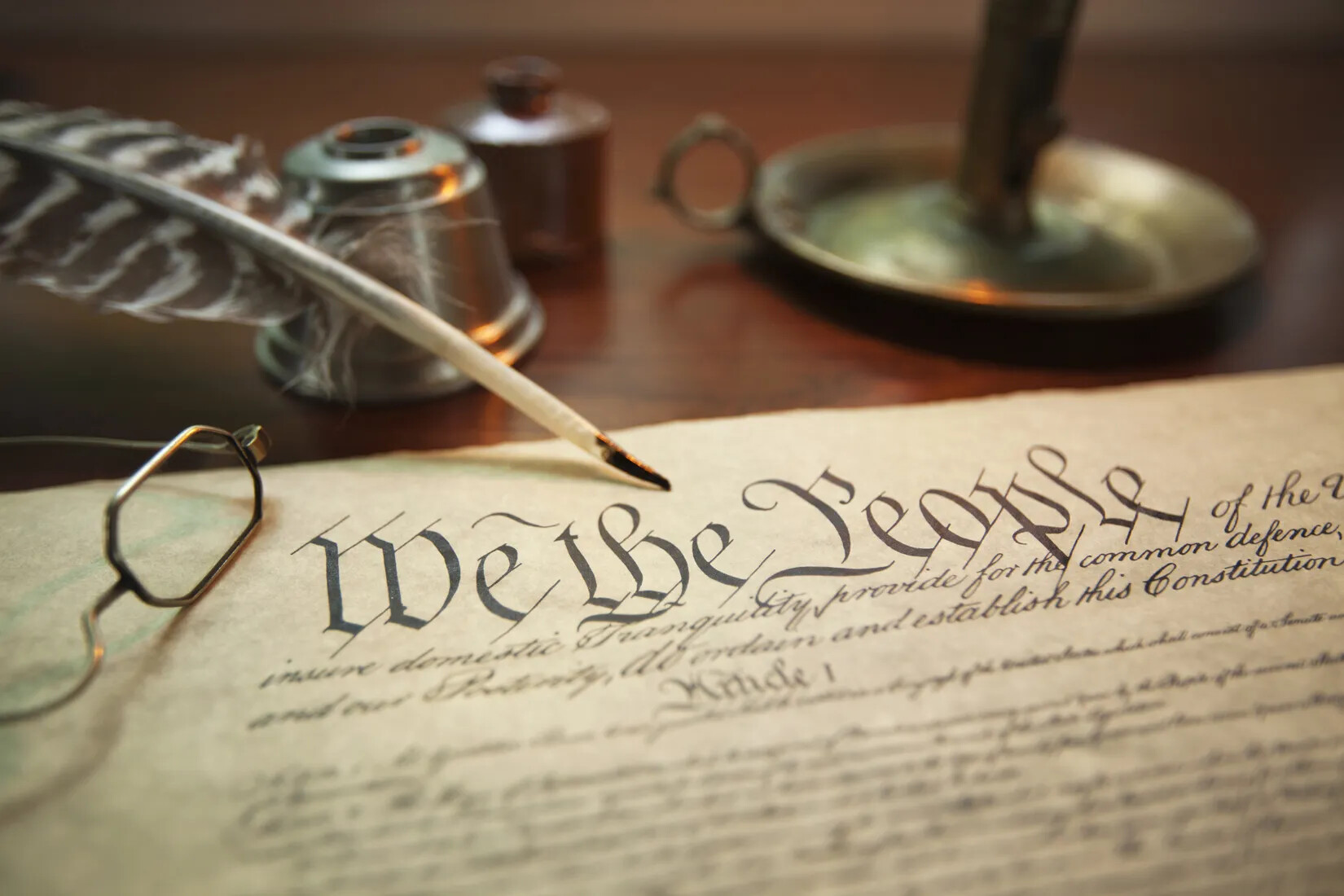
Caption:
The U.S. Constitution is based on the same foundational principles as the state governments. It begins with a preamble that explains why Americans created a national government and what they hoped the national government could help them do as a country. It then has seven articles, the first of which explain how the government should function and what kinds of powers the national government should have. The other articles say what the relationship between the national government and state governments should be, and how the Constitution could be changed.Caption:
When the 13 American colonies declared themselves independent from Britain, they had to form a government for their new country. They had to decide how political power was going to be shared between the states and the federal government and develop a process for passing laws that would govern the new country. At first they wrote a document called the Articles of Confederation, but the Articles didn’t work very well and they set them aside. Next they wrote a document called the Constitution. For the Constitution to go into effect, 9 of the 13 states had to agree to it, which is called ratifying. In June 1788, New Hampshire ratified the new Constitution and was the 9th state to do so. Even though other states ratified the Constitution too, New Hampshire’s vote meant the new Constitution could go into effect.Caption:
After the Americans won the American Revolution, they had to create a new form of government for their new country. It took them several years to figure out which form of government would work best for them. They knew the government would be a democracy, meaning the people would get to vote about how they would be governed. But they didn’t want any one part of the government to get too strong because then the government might not listen to what the people wanted. In 1789, the founding fathers adopted a document called the Constitution. It explained how the national government would be organized into three branches with the president of the United States in one branch, the U.S. Congress in another branch, and the U.S. Supreme Court in a third. These three branches work together to pass laws and govern the country, just as the Constitution explained. George Washington became the first U.S. president.When it went into effect in 1789, the U.S. Constitution had two main purposes:
- to state the fundamental principles of a government, which it did in the preamble
- to lay out a structure for the government, which it did in the articles (which is another word for the sections of the Constitution)
The U.S. Constitution is the supreme law of the land. If there is a conflict between the Constitution and another law, the Constitution wins. All other laws, including state constitutions, come in second to the U.S. Constitution.
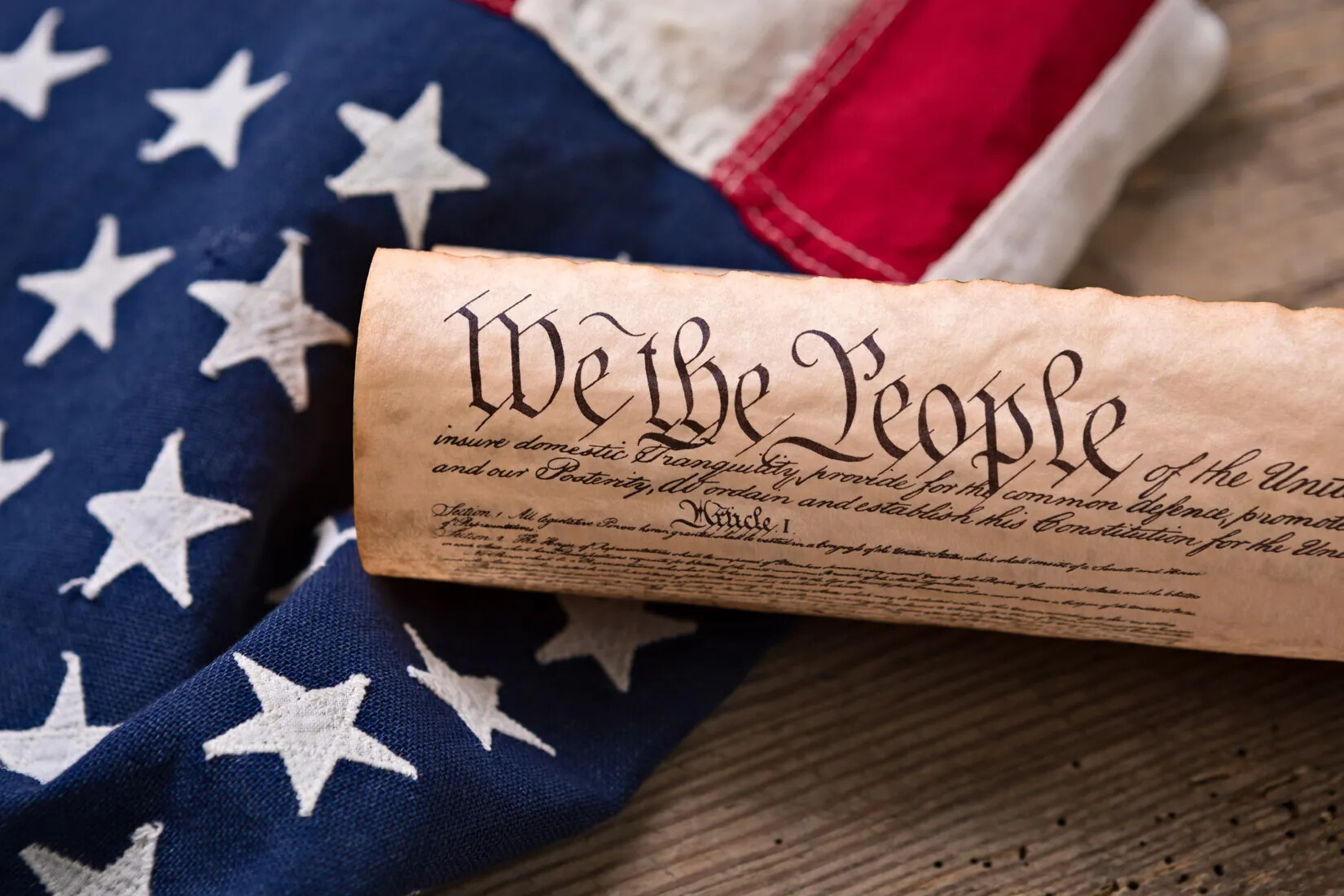
Caption:
The U.S. Constitution is based on the same foundational principles as the state governments. It begins with a preamble that explains why Americans created a national government and what they hoped the national government could help them do as a country. It then has seven articles, the first of which explain how the government should function and what kinds of powers the national government should have. The other articles say what the relationship between the national government and state governments should be, and how the Constitution could be changed.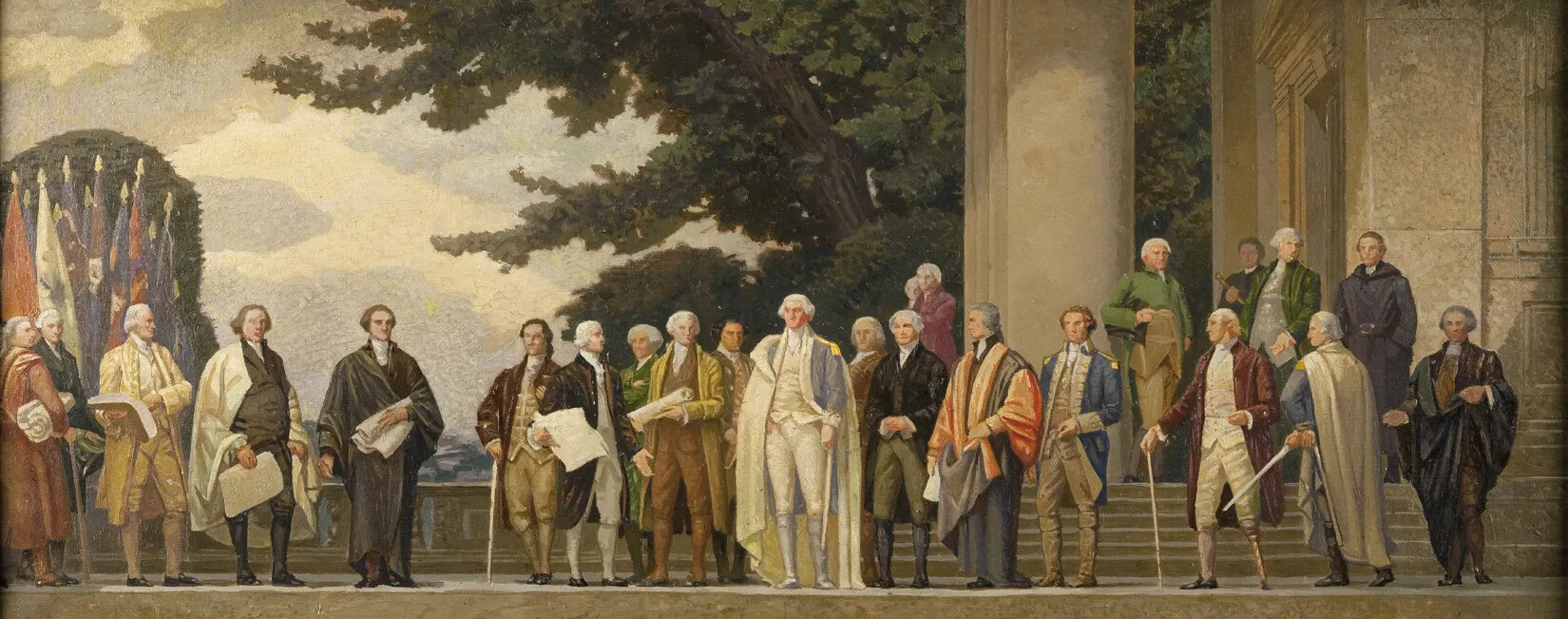
Caption:
In the summer of 1787, political leaders from all over America met in Philadelphia to write a new constitution for the United States. This meeting is now called the Constitutional Convention. This painting of the convention was made by a New Hampshire artist in the 1930s as practice for a large mural. The finished mural now hangs in the National Archives building in Washington, D.C. George Washington is standing in the middle wearing a white cape.
Amendments are changes to the Constitution, but if there are many changes needed, Americans would need to hold a constitutional convention, with special delegates called from each state. The last constitutional convention was held in 1787, when the Constitution was written in the first place. States hold constitutional conventions to change state constitutions much more often. New Hampshire has had several constitutional conventions since the state constitution was first enacted in 1784. Every 10 years, New Hampshire voters get to decide whether or not they want to have a state constitutional convention. A constitutional convention hasn’t been held in New Hampshire since the 1980s.
How are constitutions changed?
Because constitutions are meant to be founding documents, they are not easy to change, especially the U.S. Constitution. The Founding Fathers wanted the U.S. Constitution to be a document that shaped the United States for a long time. They didn’t want the American people to be able to change it because of a sudden shift in opinion that might not last.
But they also wanted Americans to be able to change the Constitution if they really needed to. The Founding Fathers couldn’t predict the future. They knew America and the world might change in ways they couldn’t foresee. Therefore, they created a way to amend the U.S. Constitution, but it is a long process that involves the national and state governments. The process also requires more than a simple majority. Two-thirds of the states must agree to any changes.
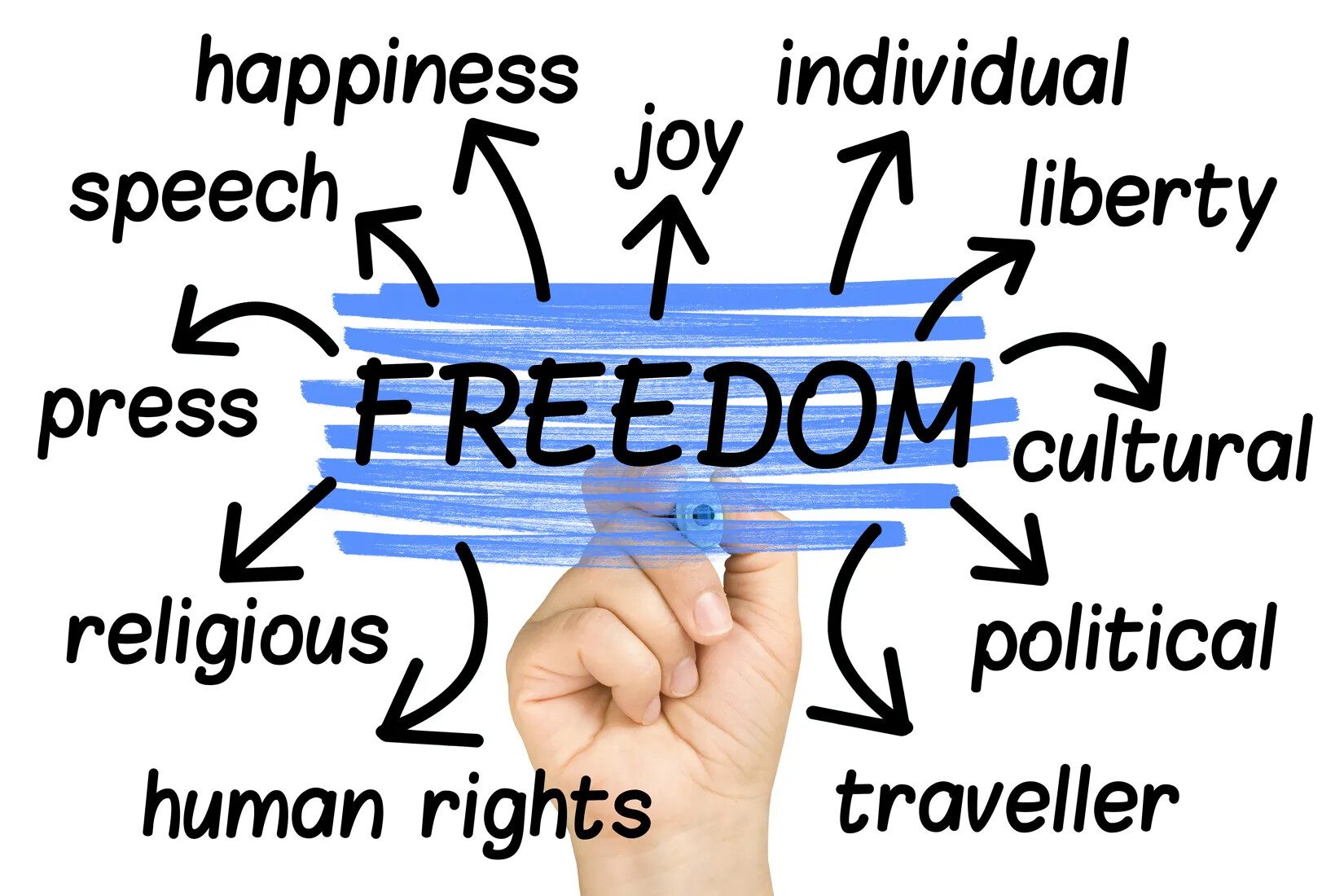
Caption:
The N.H. Constitution begins with a list of rights that belong to the people. Some of those rights include important freedoms, like freedom of the press, the freedom to speak freely, the freedom to meet in groups, and the freedom to believe what we want. All of the other states' constitutions also have a bill of rights. The U.S. Constitution has a Bill of Rights, too, which is the first 10 amendments.What rights are protected in the Constitution?
Because the U.S. Constitution is a social contract, the document says what the government can do to govern the people. The people agree to follow the rules laid out in the Constitution, even if those rules limit their rights. But the people also have rights that remain in their control. The government is not allowed to infringe on these rights, except to protect other people’s rights. Even more rights are protected in the N.H. Constitution.
When the U.S. Constitution was written, many Americans were worried that some of their most important rights, such as freedom of speech, were not listed in the document. In 1791, two years after the Constitution went into effect, Americans amended the Constitution by adding a list of rights that they believed were the most important to protect their liberty and freedom. This list, which contains the first 10 amendments to the Constitution, became known as the Bill of Rights.
Since then, many more amendments have been made to the Constitution. Some of the amendments are changes to the way government runs, and some of the amendments expand the rights guaranteed to Americans. There are now 27 amendments to the U.S. Constitution, and even more are being considered.
The amendments of the U.S. Constitution that deal with rights tend to have at least one of three purposes:
- to protect individual rights, such as the right to freedom of speech, freedom of assembly (to meet in groups), or freedom of religion (to believe what you want to believe)
- to protect people from the government becoming too powerful
- to protect and promote equality because Americans say they believe that all people should be treated fairly
None of these rights is absolute. In other words, all of these rights are limited by the rights of other people. As part of the social contract, the government is responsible for protecting everyone’s rights, not just yours.

Caption:
Americans' rights are protected by the U.S. Constitution and its amendments. These rights are not absolute, though. Everyone's rights are limited by the rights of other people. The government has to protect everyone's rights, not just yours.People’s rights also come with responsibilities.
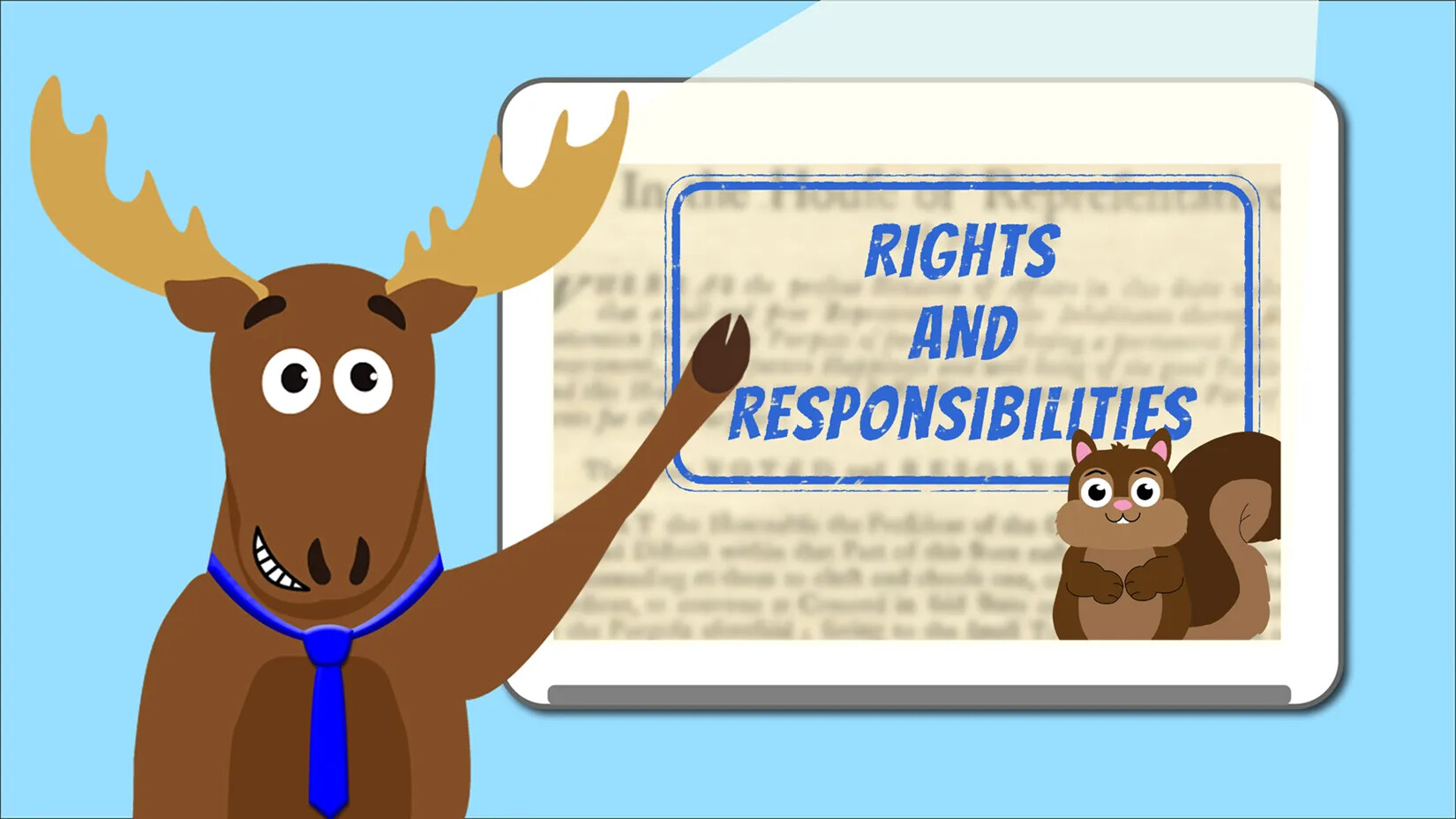
Mason Explains: Rights and Responsibilities
Every citizen has both!
How is the federal government organized?
The U.S. Constitution divides the federal government into three branches: the legislative, the executive, and the judicial. The power of the federal government is balanced between these three branches. Each branch has ways of limiting the other branches to their proper role, known as the power to check. Together, the separation of powers and the system of checks and balances controls the power of the government.
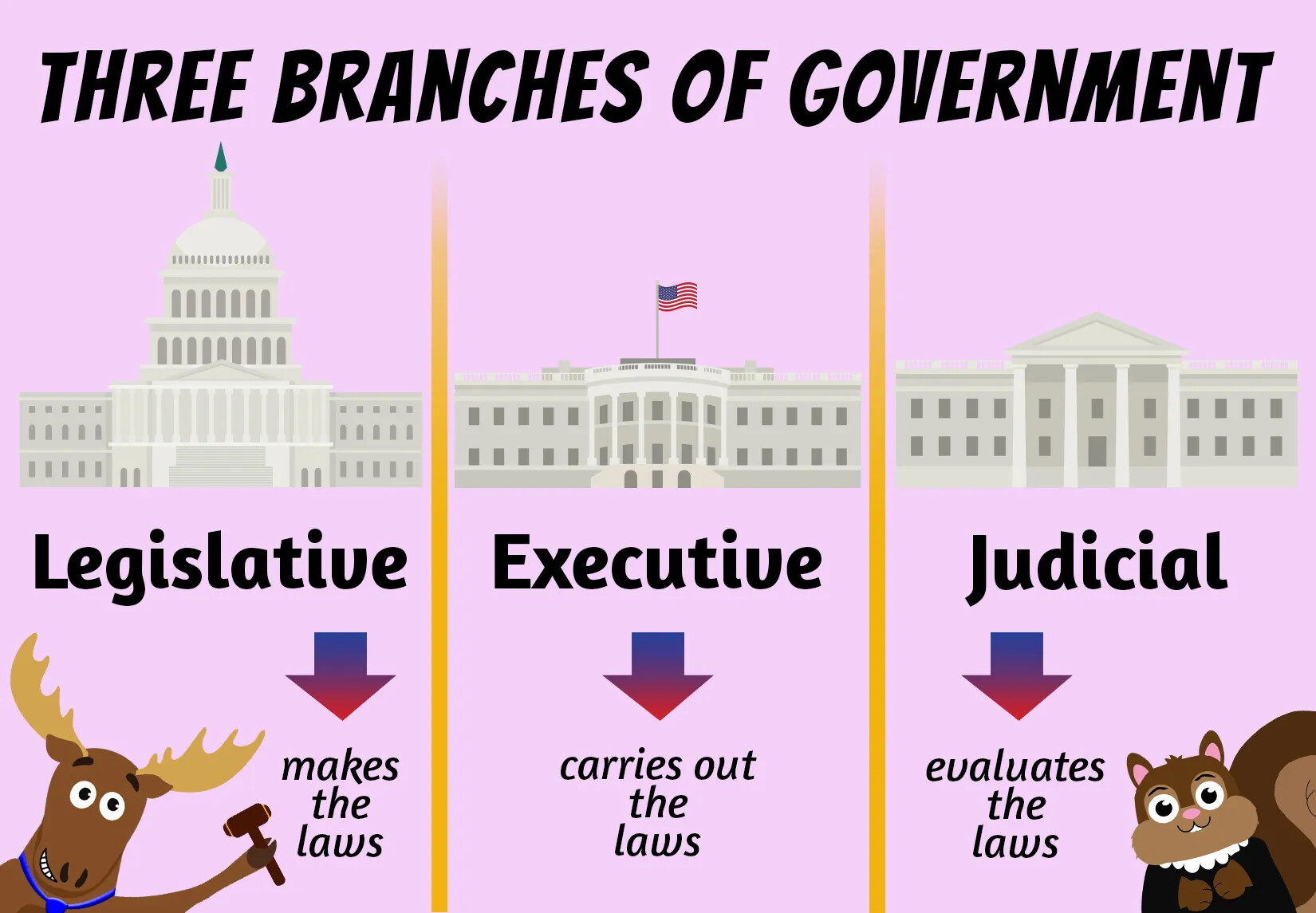
Caption:
State governments and the national government are divided into three branches: the executive, legislative, and judicial branches. Each branch has specific powers and responsibilities that the other branches do not have. Each branch can also check the other branches, which keeps any one branch from becoming too powerful. All three branches are supposed to work for the common good of the people.The Legislative Branch
The legislative branch is represented by the U.S. Congress, which is divided into two chambers or houses: the House of Representatives and the Senate. All 50 states are represented in Congress and the offices are in the U.S. Capitol. The primary job of Congress is to make laws for the United States. It was established by Article 1 of the U.S. Constitution. Other powers of Congress include declaring war, printing money, overriding the president's veto, and creating a budget for the federal government.
The U.S. House of Representatives has 435 members who are elected every two years. The number of representatives from each state is determined by the number of people who live in that state. For example, California has a large population of almost 40 million people. They are represented in the House of Representatives by 53 people. Small states have fewer representatives. Vermont, for example, has only 1 person in the House of Representatives to represent the 600,000 people who live there. New Hampshire has just two representatives. The Founding Fathers expected the members of the House of Representatives to be very responsive to the will of the people. That’s why they are elected or re-elected every two years. If the people are upset or concerned about something, they have a chance every two years to elect representatives who will take their concerns to Congress for them.
The U.S. Senate has 100 members, two from each state, no matter how big or small the state is. Senators are elected every 6 years. The Senate is supposed to provide a calming influence on the government. Senators are not supposed to be as responsive to the people as the members of the House are because senators don’t have to run for re-election so often. The Founding Fathers hoped that senators would spend long periods of time debating how the government should function, even if the people were angry about something and wanted action taken right away. Instead, the Senate was supposed to focus on what was best for the country in the long term, after people calmed down. The Senate also plays a special role in appointing some of the officers of the government, including federal judges and justices of the U.S. Supreme Court. In addition, the Senate must approve any treaties the United States enters into with other countries.
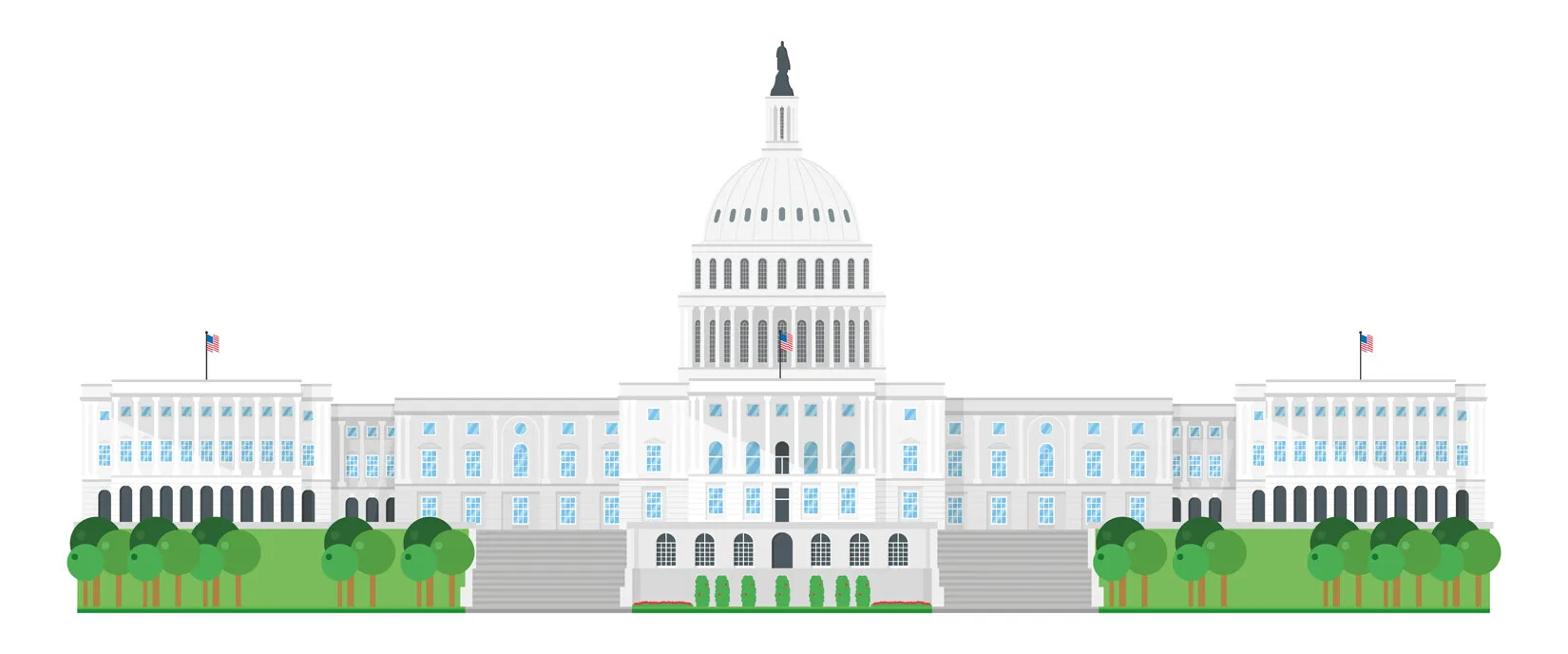
Caption:
The Capitol building in Washington, D.C., is where the U.S. Congress meets. The U.S. Congress is part of the national government. It is the legislative branch of the national government. In the United States, the government's power is split into different levels: the national government, state governments, and local governments. This division of government power is called federalism. Federalism helps limit the power of the government.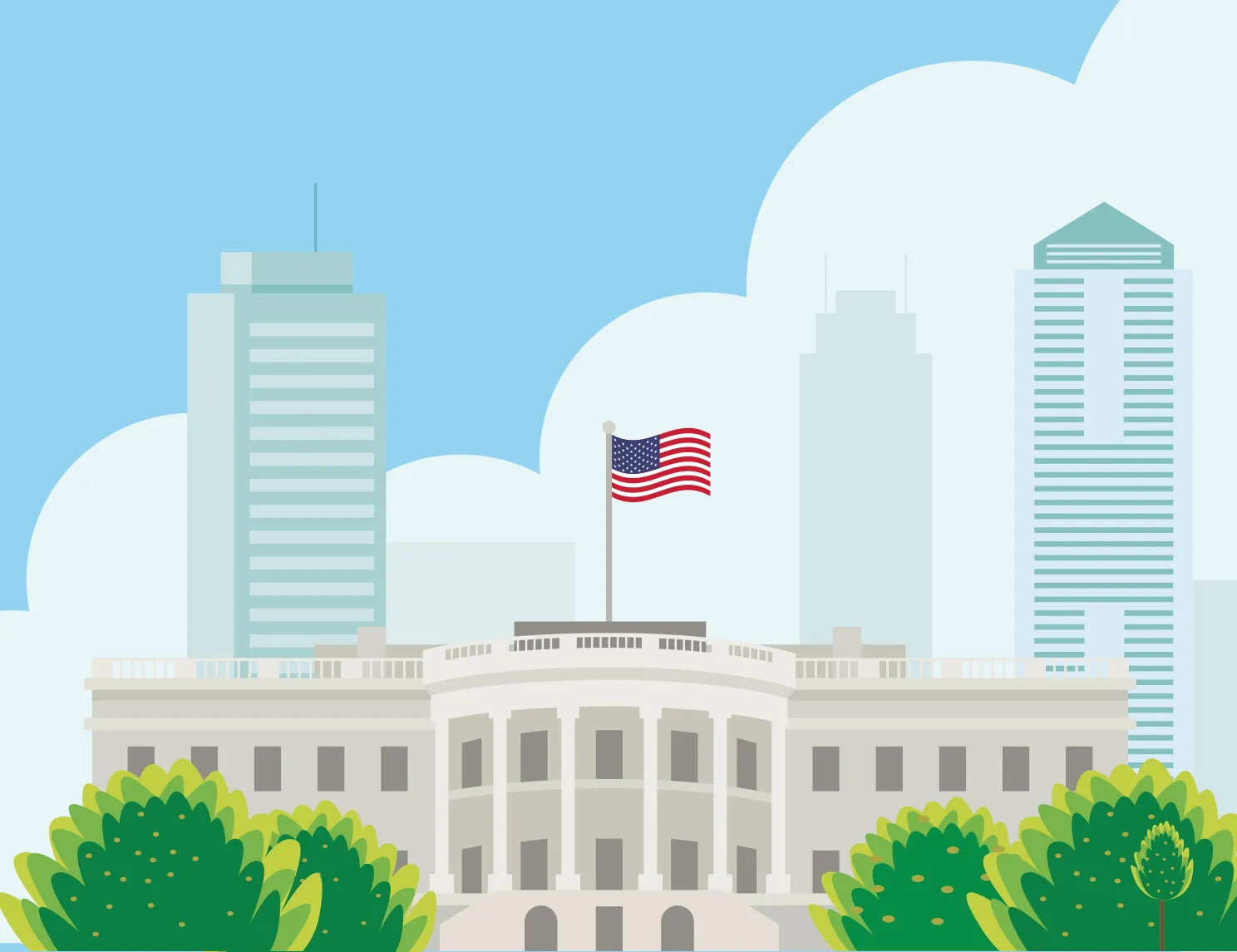
Caption:
The executive branch of the national government is the president and all of the offices overseen by the president. The president's offices are in the White House in Washington, D.C. The president and the First Family also live in the White House.Caption:
Franklin Pierce was the 19th president of the United States and the only president from New Hampshire. He was born and raised in Hillsborough, New Hampshire, and later moved to Concord. He was a lawyer and a politician. Before he was elected president, he represented New Hampshire in the U.S. Congress. He also served in the U.S. Army in the Mexican-American War. He was president for one term, from 1853 to 1857. This was a very difficult time for the United States. There was a lot of tension between the North and the South over slavery. President Pierce thought it was more important to keep the country together than to abolish slavery. He tried to find a compromise between the two sides, but it did not work and made the problems worse.The Executive Branch
The executive branch is the president and all of the offices overseen by the president, which is called the federal bureaucracy. The president's offices are in the White House and the executive branch was created by Article 2 of the U.S. Constitution. The president is responsible for putting into practice the laws written by Congress. The president also plays an important role in passing those laws, as he or she must sign a new law before it becomes official. If the president doesn’t want to sign the new law, then he or she can veto it, which means the law doesn’t actually become a law after all.
The president directs foreign policy for the United States and commands the armed forces. The president runs most of the government offices and departments, and millions of people work for the president. A cabinet of advisers helps the president make decisions. The president is also responsible for appointing justices to the U.S. Supreme Court, as well as other federal judges in the judicial branch. Presidents are elected every four years, and they can only serve two terms in office. In other words, they can only be elected twice. After that, they can’t be president anymore.
The Judicial Branch
The judicial branch is the federal court system, including the U.S. Supreme Court, which is the highest court in the United States. It is housed in the Supreme Court building and was created by Article 3 of the U.S. Constitution. The court system punishes people who break the law, settles arguments between people or states, and makes sure that the law protects our rights and freedoms.
There are many different types of courts in the United States, but they all defer to the Supreme Court. The Supreme Court also decides whether or not the laws follow the U.S. Constitution, which is the highest law in the United States. If a federal or state law goes against what it says in the Constitution, then the Supreme Court can reject the law, and it isn’t a law anymore.
There are nine justices on the Supreme Court, and they are appointed by the president and confirmed by the Senate. Once they are appointed, they can stay on the Supreme Court for the rest of their lives or until they want to retire.
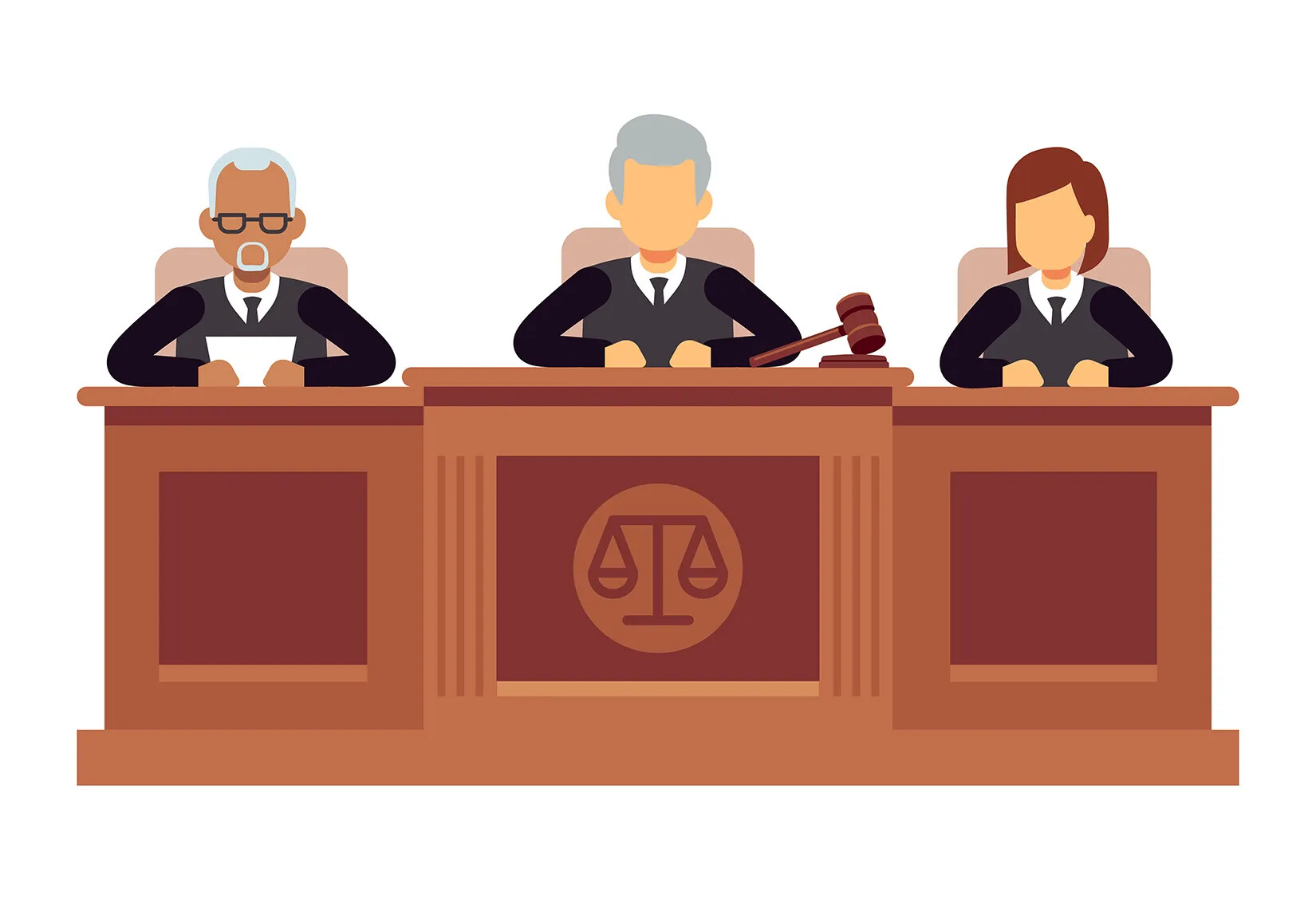
Caption:
The judicial branch of the national government is the federal court system. The highest court in the United States is the U.S. Supreme Court. There are other courts, including lower federal courts and local and state courts, but they all defer to the Supreme Court. The Supreme Court decides whether laws follow the U.S. Constitution.How does a bill become a law?
Making, enacting, and enforcing laws is the federal government’s main job, and all three branches of the government play a role in this task.
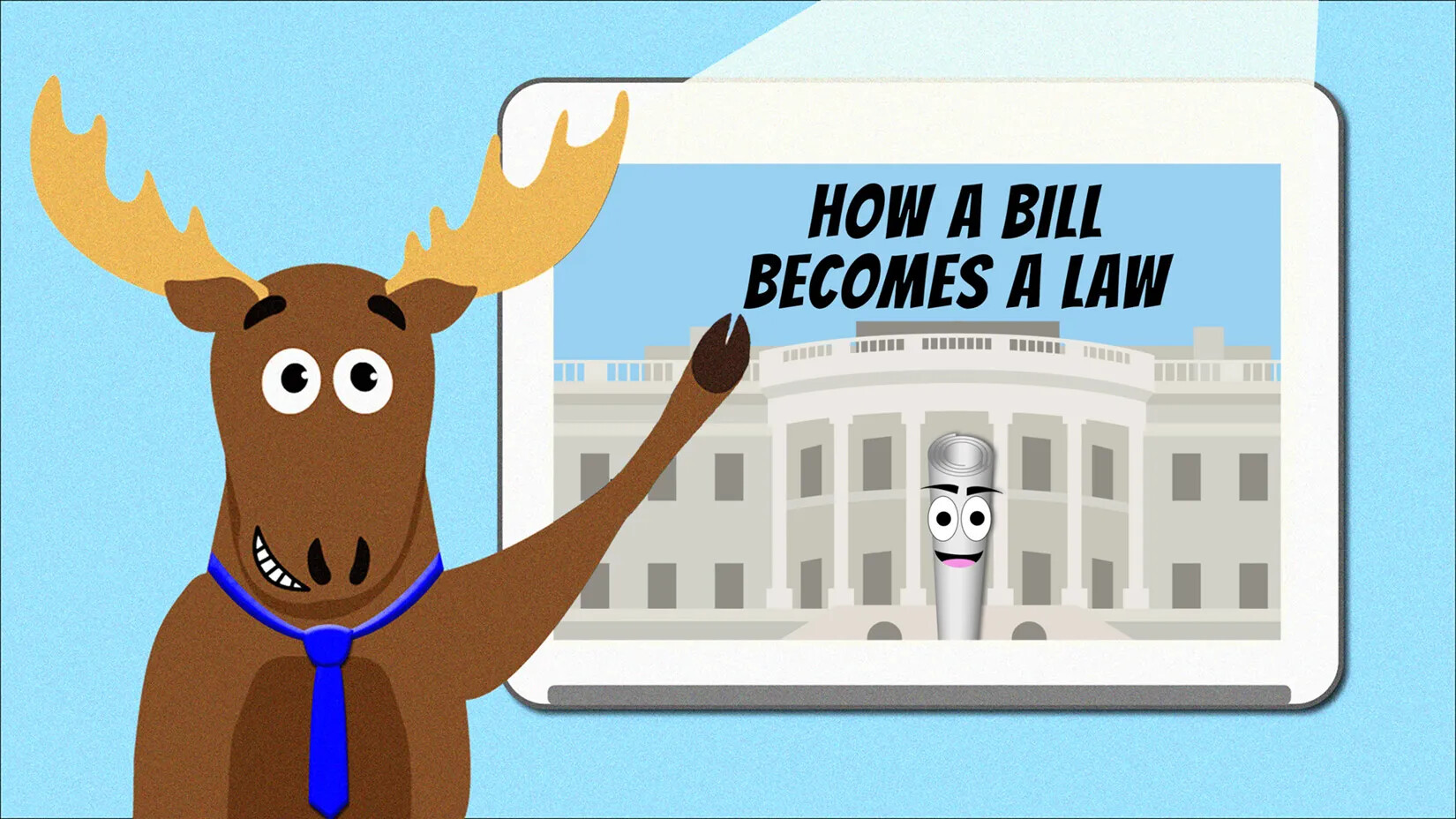
Mason Explains: How a Bill Becomes a Law
See how laws are made!
Let's Review!
What are the big ideas in this section?
Federalism
American government is organized in a federalist system. This means government is separated into three levels: federal, state, and local. The federal government is for the whole nation; each of the 50 states has a government; and the local government is for your town or city. The three levels of government share power together, but separating government power into three levels also helps limit it.
The U.S. Constitution
The U.S. Constitution is a document that was ratified in 1789. It lays out the structure of the federal government and states the purposes of the government. The U.S. Constitution is the highest law in the land.
Amending the U.S. Constitution
The U.S. Constitution can be changed, but it is a long process that involves state and federal governments. Some of the amendments that have been added include the Bill of Rights. They are the first 10 amendments, and they list protected rights of the people and the states.
Three Branches
The federal government is divided into three branches, which share power between them. The legislative branch is represented by the U.S. Congress and makes the laws. The executive branch is represented by the president and puts the laws into practice. The judicial branch is represented by the U.S. Supreme Court and the court system, which decides whether laws follow the Constitution. All three branches must work together to get anything done.
The State Government
How is the state government set up?
New Hampshire adopted a state constitution in 1784, five years before the U.S. Constitution went into effect. The N.H. Constitution has many of the same features as the U.S. Constitution because the people who created them shared the same ideas about American government and democracy . The New Hampshire state government has the same basic structure as the federal government. Both governments are divided into three branches.

Caption:
State governments and the national government are divided into three branches: the executive, legislative, and judicial branches. Each branch has specific powers and responsibilities that the other branches do not have. Each branch can also check the other branches, which keeps any one branch from becoming too powerful. All three branches are supposed to work for the common good of the people.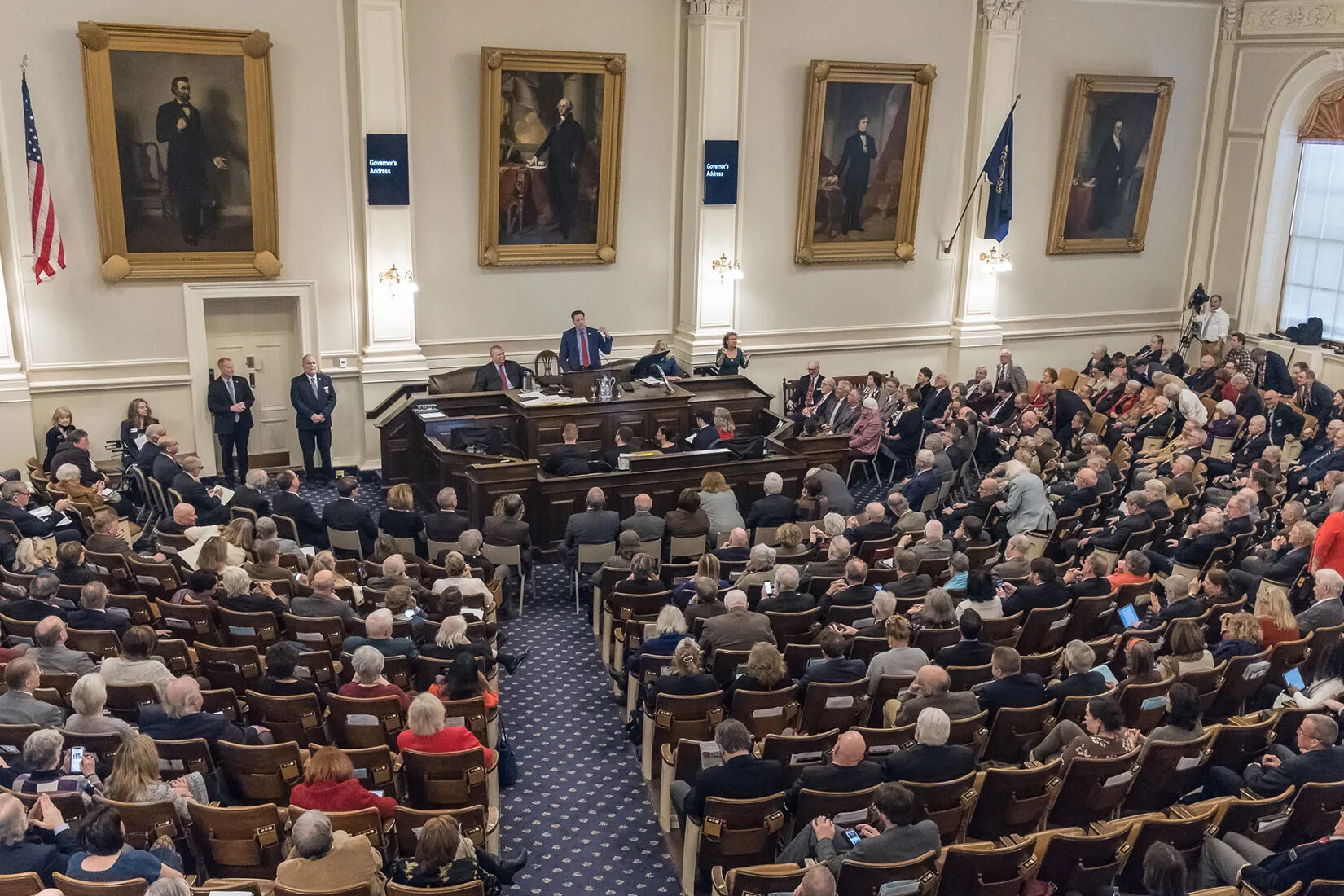
Caption:
In New Hampshire, the legislative branch of government is called the General Court. It is made up of the N.H. House of Representatives and the N.H. Senate. There are 400 representatives and 24 senators. In this photo, the representatives and senators are all together in Representatives' Hall in the State House. They are listening to the governor give a speech.The State Legislative Branch
In New Hampshire, the legislative branch is called the General Court. Normally when we think of courts, we think of the legal system, where people are tried and punished for breaking the laws. But in our state, the name of the legislature also has the word “court” in it. The General Court is divided into two parts: the N.H. House of Representatives and the N.H. Senate.
The N.H. House of Representatives has 400 people in it. Towns and cities have a certain number of representatives based on the size of their population. With 400 representatives, the N.H. House is the second largest representative body in the United States. Only the U.S. House of Representatives is larger. Representatives are elected every two years.
The N.H. Senate has just 24 senators, making it one of the smallest state senates in America. The state is divided into 24 senate districts, and one senator serves for each district. Senators are elected every two years, just like representatives.
The N.H. General Court is known as a citizen legislature because the people who serve are not professional politicians. In fact, members of the N.H. House and Senate are only paid $100 per year for their service, so everyone who holds one of those offices has to have another way to earn a living. Granite Staters are proud of their citizen legislature because it means the government is truly run by the people, not politicians or political parties.
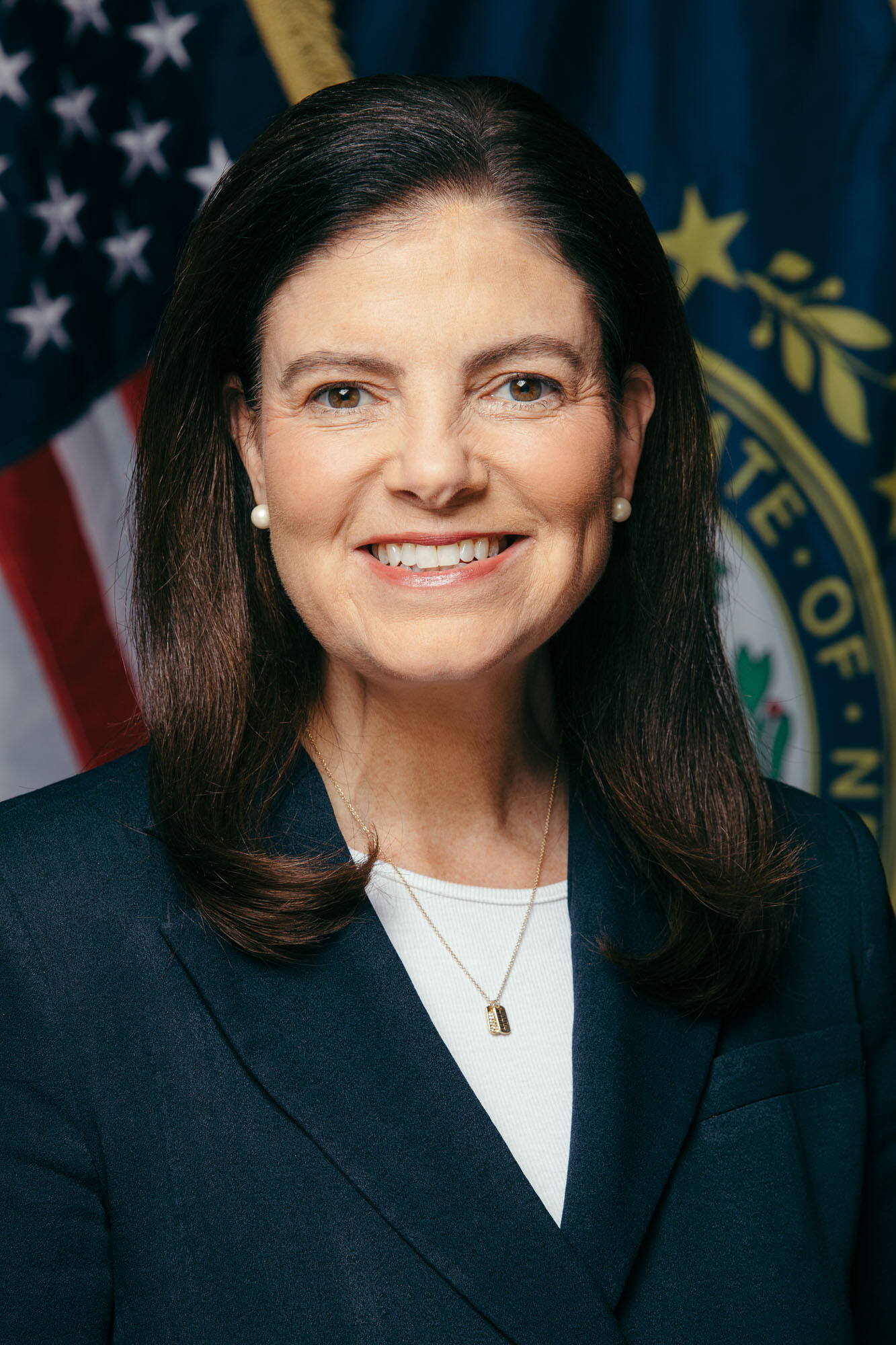
Caption:
The executive branch in New Hampshire is the governor, the executive council, and all of the state departments and agencies in the state government. Right now, the governor of New Hampshire is Kelly Ayotte. She was first elected in 2024. In New Hampshire, the governor is elected to two-year terms.
The State Executive Branch
The executive branch in New Hampshire is the governor, the executive council, and all of the state departments and agencies in the state government.
One of the ways that New Hampshire’s government is different from the government of other states is the executive council. Other states have executive councils that advise the governor, but the executive council doesn’t get to vote on what the governor can or cannot do. In New Hampshire the governor and the executive council decide together who to appoint to lead state agencies or serve as judges, and what action to take on many other major issues. The governor needs three councilors to agree with him if he wants to do anything. The five members of the executive council each represent a district in New Hampshire. They are elected by the people every two years.
The governor is also elected by the people every two years but represents the entire state.
The State Judicial Branch
The judicial branch is the state’s court system, with the N.H. Supreme Court at its head. It is the highest court in the state.
All judges in New Hampshire are appointed by the governor and the executive council instead of being elected by the people. There are five justices on the state supreme court. Once they are appointed, they may serve until they are 70 years old, and then they must retire.
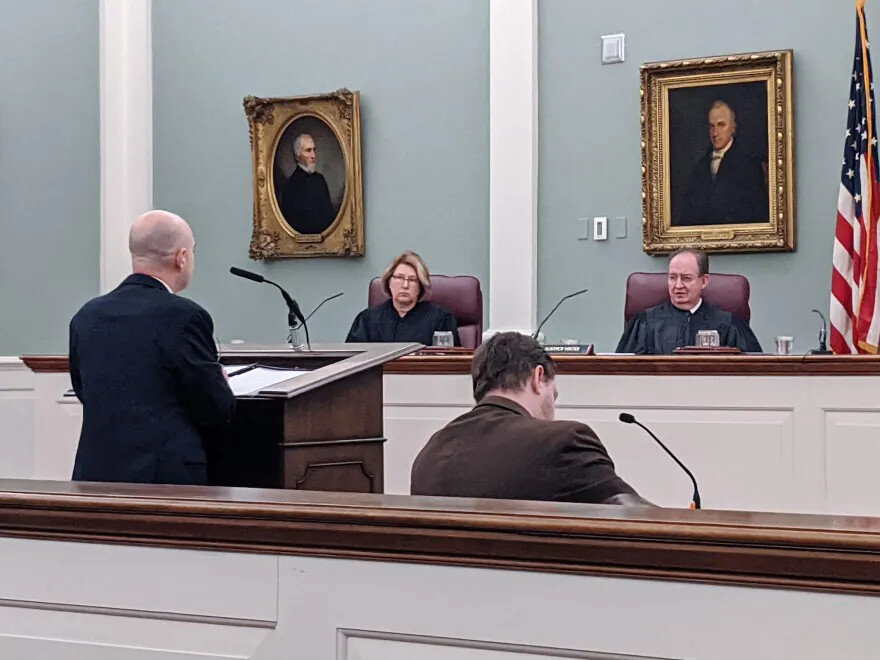
Caption:
Courts are part of the judicial branch of government. This photo shows the N.H. Supreme Court, the highest court in the state. It meets in Concord, the state capital. All judges in New Hampshire are appointed by the governor and the executive council instead of being elected by the people.The State Capital
Most of the state government is based in New Hampshire's state capital, Concord, which is located in the center of the state. The executive branch and the legislative branch operate from the N.H. State House, while the N.H. Supreme Court has a courthouse in a section of Concord known as the Heights. State agencies and departments have offices all over New Hampshire but mainly in Concord.
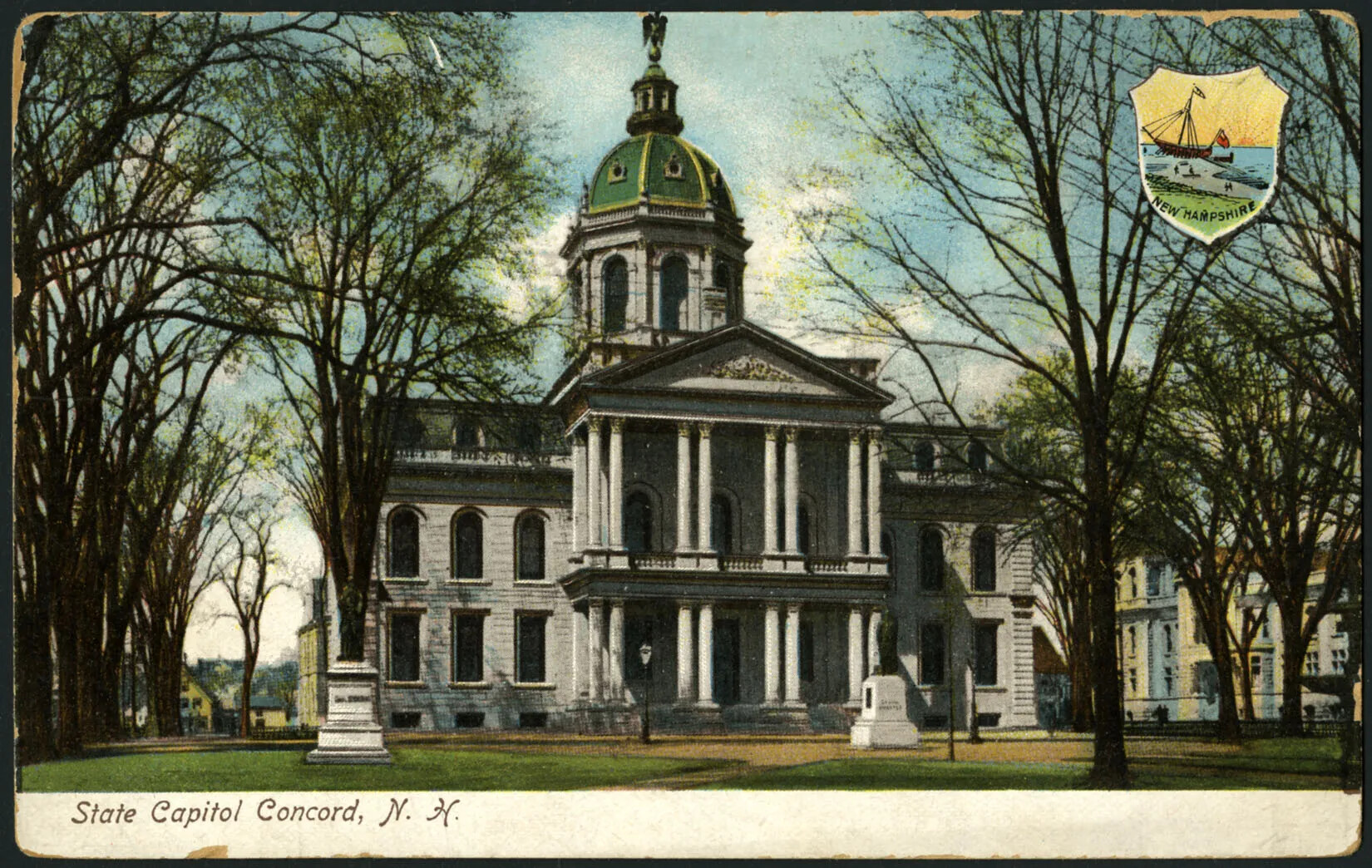
Caption:
The New Hampshire State House in Concord opened in 1819 and is the oldest state capitol in the country where the lawmakers still meet in their original chambers. The State House was built with granite from the Swenson quarries in Concord, and the stone was cut by prisoners at the state prison. State buildings are often popular tourist stops.
The center of state government is the N.H. State House, which is located in the state capital, Concord. This building is where the governor has his office and where the General Court meets. The state house was built in 1819, and it is the oldest state house still in use today where the legislature meets in their original quarters. The N.H. State House is built out of granite because New Hampshire is the Granite State. It also has portraits on many important people from New Hampshire’s history, including all but one governor. The missing governor is Meshech Weare, who was the state’s first governor. He was governor during the American Revolution. His portrait isn’t in the state house because no portrait of him exists! No one knows now what he actually looked like.
Local Government
How is local government set up in New Hampshire?
New Hampshire has a long tradition of strong local government, which gives the people more opportunities to participate in the decisions made about their government. Although local governments aren’t all exactly the same, most of the governments in New Hampshire towns have roughly the same structure.
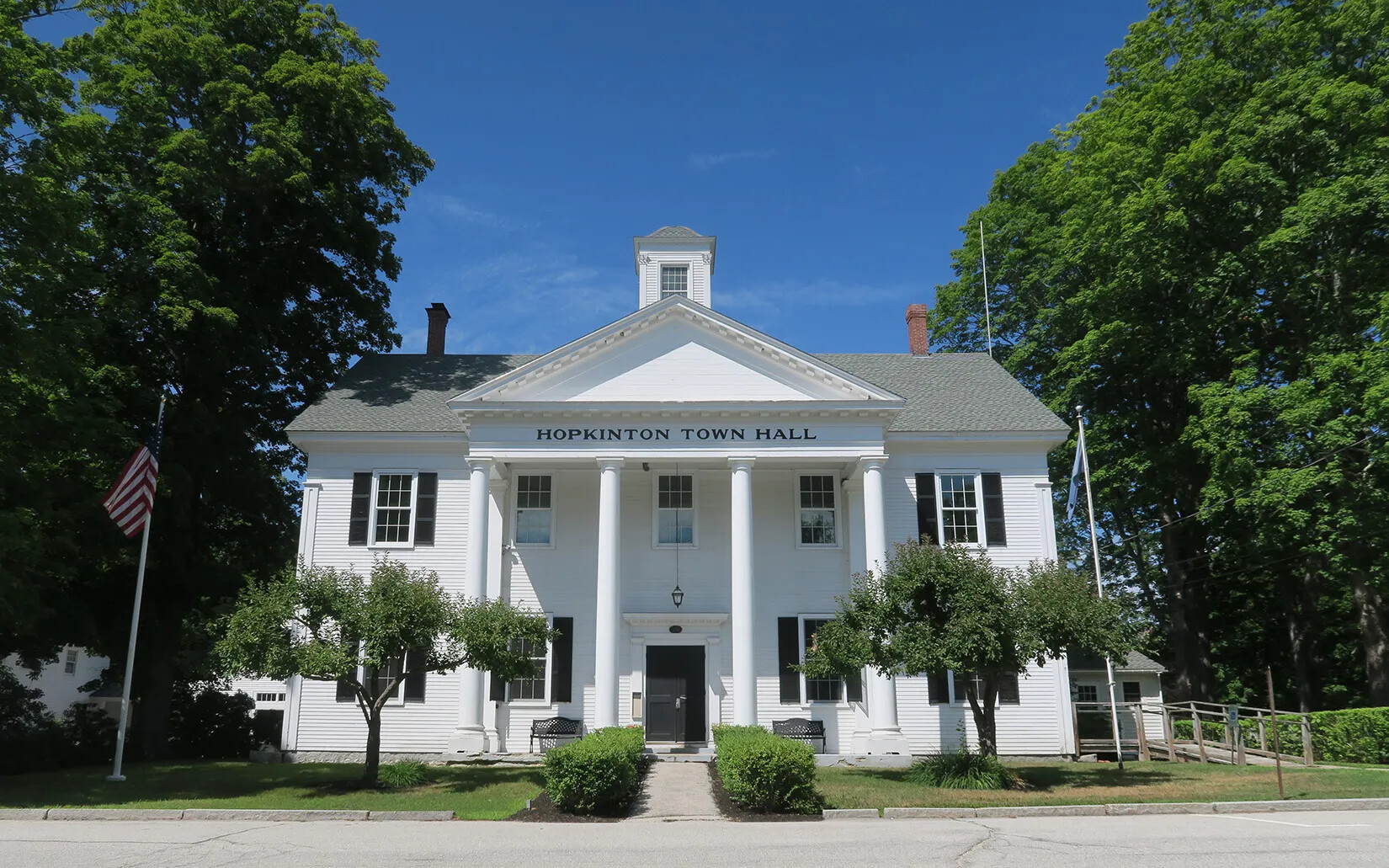
Caption:
New Hampshire has a strong tradition of local government. There are 221 towns, each with a town hall or town office where the town government is located. Town government is usually run by a select board or town council, who are local residents elected by the town. Many town halls in New Hampshire are historic buildings located in the center of town.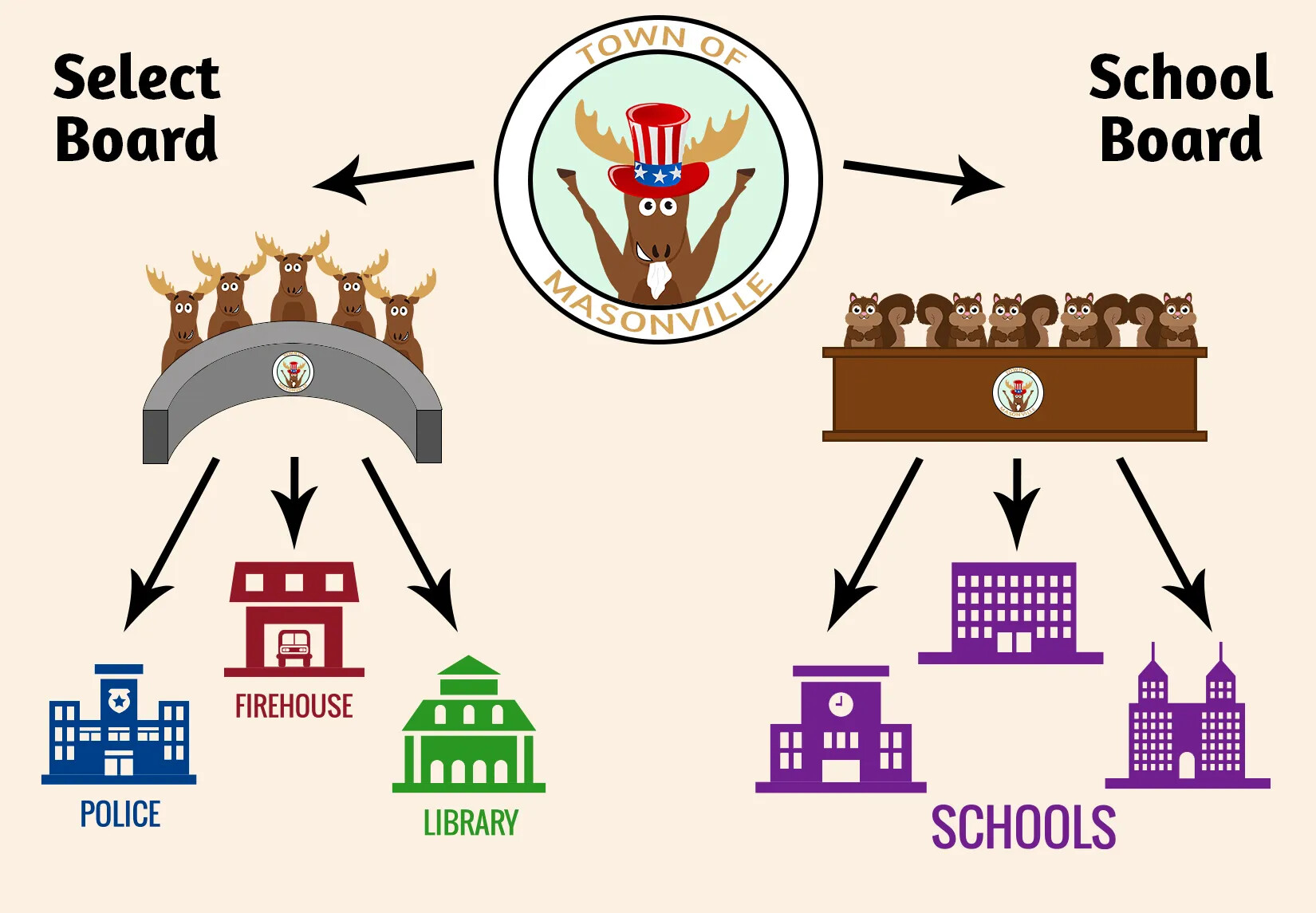
Caption:
New Hampshire has 221 towns. Town government is divided into two parts: the town and the school. Town government is led by an elected select board or town council. The select board oversees the town departments, such as the police, fire, and parks and recreation. The school side of town government is overseen by the school board. School board members are also elected by the people in the town. The school board works with the superintendent of the school district to make decisions about how the town’s schools should be run.Town Government
In New Hampshire’s 221 towns, government is divided into two parts: the town and the school.
Town government is led by a select board, sometimes called a town council, containing 3–5 members who are elected every 3 years. The select board oversees the town departments, which may include police, fire, public works (roads and infrastructure), library, parks and recreation, the town offices, and many town committees and boards.
The school side of town government is overseen by the school board. The number of people who serve on the school board changes from town to town, but most school board members are elected every three years. The school board works with the superintendent of the school district to make decisions about how the town’s schools should be run.
Every year, New Hampshire townspeople elect local officials for town (select board or town council) and school (school board) and make decisions about how they want the town and schools to be governed. The biggest decision voters make every year is adopting town and school budgets, which say how much money the town and school governments can spend for the coming year.
Local government in New Hampshire offers many ways for the people to become involved in making decisions about what the town and school governments should do. Townspeople serve on town and school committees and run for elected offices. Also, meetings for both select boards and school boards are public, and the public is usually given a chance to make comments at the beginning of each meeting.
Town Meeting
At least once a year, in March, each town is required to hold what is called a, when all of the voters in the town can come together and discuss the issues they will vote on. People vote at the town meeting in an exercise of direct democracy.
Most New Hampshire towns, though, divide the town meeting into two different types of meetings. One is called a deliberative session, when townspeople can discuss the issues they will vote on. The other is election day, when townspeople actually cast their ballots and vote. It is sometimes called town meeting day.
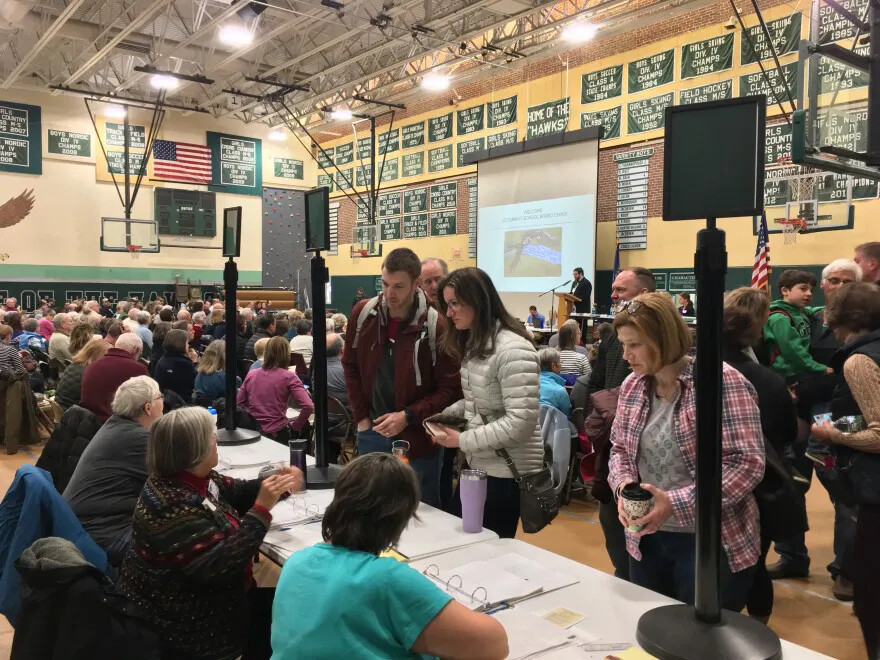
Caption:
At least once a year, each New Hampshire town is required to hold what is called a town meeting, when all of the voters in the town can come together and discuss the issues they will vote on. People vote at the town meeting in an exercise of direct democracy. This is a photo of a town meeting in Hopkinton, NH.
Traditionally, town meeting day in New Hampshire occurs on the second Tuesday in March. This tradition dates all the way back to New Hampshire’s colonial past. Town meetings had to be in winter because most people who lived in New Hampshire were farmers, so they couldn’t leave their farms during the spring, summer, and fall when there was so much work to do. But if they had a town meeting earlier in the winter—in December, January, or February—it was awfully cold. The middle of March was a compromise. It was too early in the year to start working on their farms, but it was close enough to spring that it might be a little warmer than the rest of the winter. Town meeting days weren’t just for the voters, either. Entire families came to town meeting day and met with friends, exchanged news, and spent time together. Town meeting day sometimes felt more like a festival, a fair, or a party than a political meeting!
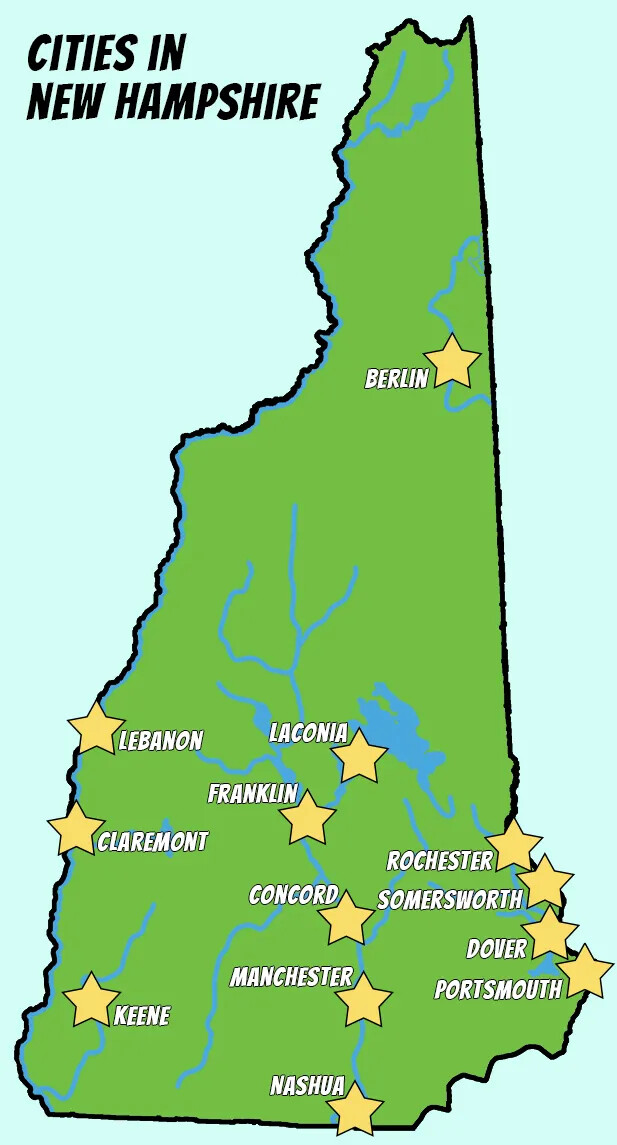
Caption:
There are 13 cities in New Hampshire.City Government
There are 13 cities in New Hampshire. The only differences between towns and cities are their form of government. Each city has a mayor and a city council or board of aldermen, elected by the voters.
Cities hold meetings to allow people to express their opinions on how they are being governed, but the people do not play as direct of a role in governing cities as they do in towns. The people do, though, always elect the members of the school board. In some New Hampshire cities, the school board is headed by the mayor, but in other cities the school board is independent of the mayor.
With so much of New Hampshire’s government run at the local level, it is very important that Granite Staters participate in town and school government. Most of the elected officials are regular citizens, volunteering their time and experience to make their towns safe and nice places to live. Only a few town, city, or school elected officials are paid, and most of those are not paid enough for public service to be their regular jobs.
Towns and cities need lots of people to serve in these offices and to help out in the community.
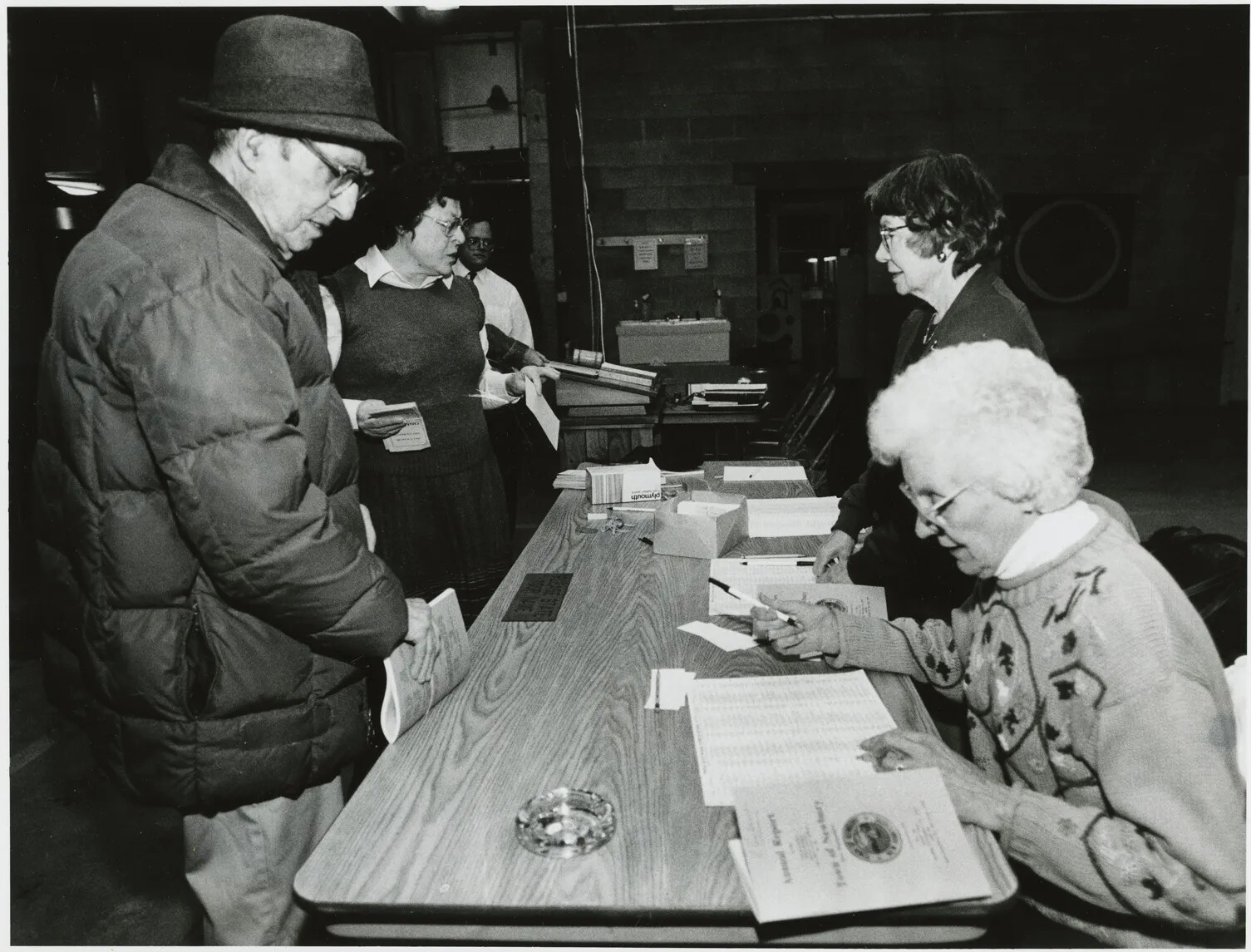
Caption:
Town meetings are a special part of government in New Hampshire. They are a good example of direct democracy. Anyone can attend a town meeting, but to vote, you need to be a registered voter in that town. Registered voters need to be U.S. citizens, live in the town they are registered in, and be at least 18 years old. In this photo, officials in South Newbury, NH, are checking voters in to make sure their names are on the list of registered voters in the town.Let's Review!
What are the big ideas in this section?
N.H. State Government
New Hampshire created a state government in 1784 with a state constitution. Its government is divided into three branches. The state legislative branch is called the General Court, and it is a citizen legislature. The state executive branch has the governor, executive council, and state offices. The state judicial branch has five justices on the N.H. Supreme Court and runs the court system.
N.H. Towns
There are 221 towns in New Hampshire. Local government is strong in the state, and people have a lot of opportunities to be involved in governing their communities. Town government is divided into town and school, each of which are overseen by elected boards.
N.H. Town Meeting
At least once a year, each town is required to hold a town meeting to talk about town issues and make decisions. Most towns divide their meeting into a deliberative session and an election day.
N.H. Cities
There are 13 cities in New Hampshire. They have a different form of government from towns. The people don’t play as direct a role in governing as they do in the towns. Elected and appointed officials make decisions for the city.
Taxes
How does the government pay for all the things it does for the people?
Governments at all levels spend a lot of money because it costs a lot of money to do the many things governments are expected to do. In fact, the federal government is the largest employer in the country—that means more people have a job with the federal government than with any other business or organization in America. State governments also provide a lot of jobs, and even towns and cities have many people working for them.
Just think for a moment of all the people in your community who work for the local government:
- all the people who work at your school
- everyone who works at the police and fire departments
- the folks who work at the public library or who work at your community’s parks
- the people who operate the garbage trucks and the snow plows
Paying for all those people to work for the government takes a lot of money, and that isn’t even all of the costs governments have. Local communities also have to pay for the buildings where all these people work and that the townspeople use, office furniture, equipment like trucks and computers, supplies like paper, and all sorts of things.
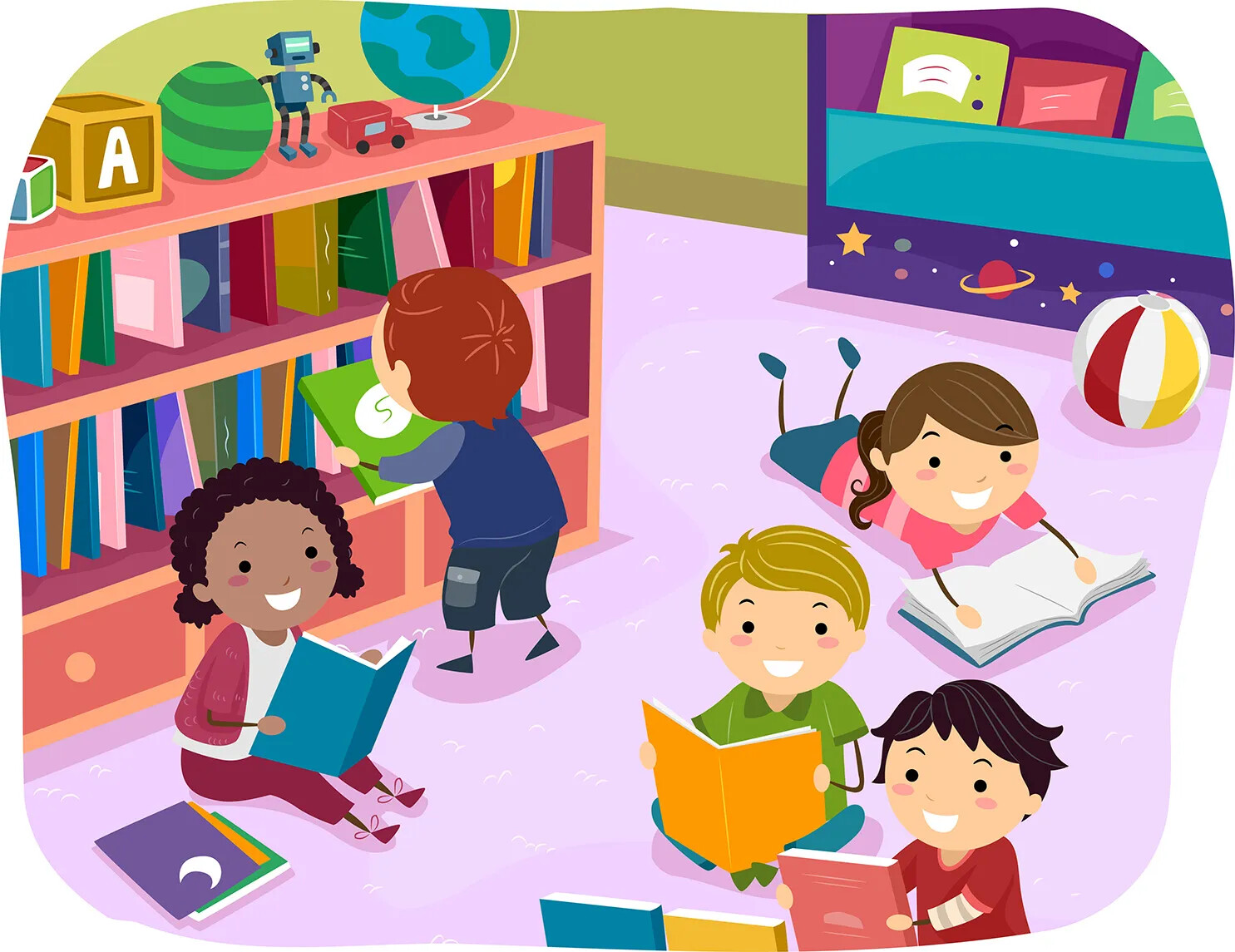
Caption:
Taxes are an amount of money that people have to pay to the government to fund its activities. One of the activities that local government runs is the library. It has to pay for the building, the books and other resources, and the people who work there.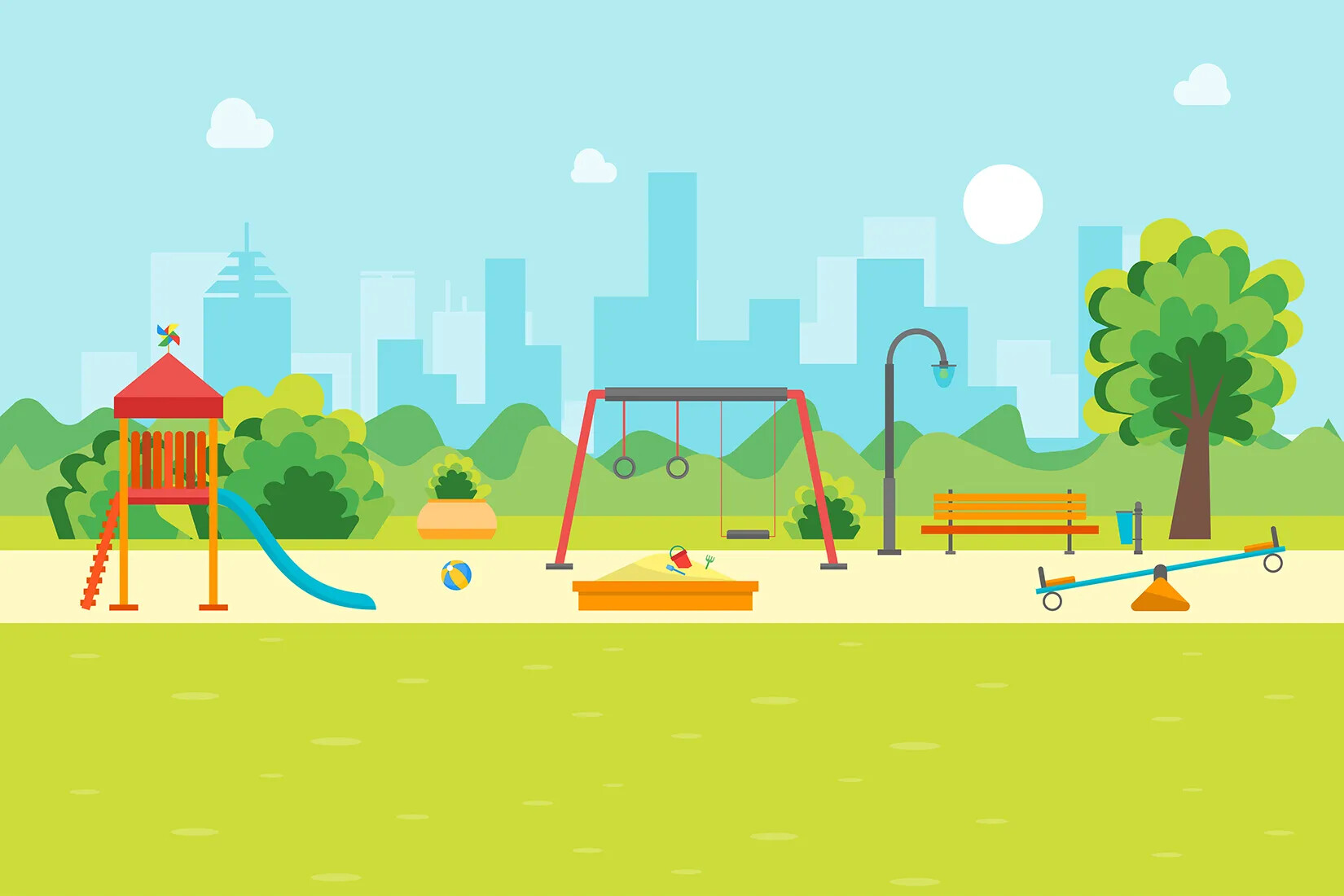
Caption:
Taxes are an amount of money that people have to pay to the government to fund its activities. One of the activities that local government runs is the parks and recreation department. The local government has to pay to maintain the parks and park equipment, like mowing the grass or repairing the swingset. It also pays the people who work there.What do people get for their taxes?
In exchange, the people who live in your community enjoy all sorts of benefits the government pays for, such as:
- police and fire protection
- parks, rail trails, and fitness classes
- education for our country’s young citizens
- libraries full of books, videos, and computers
- roads and bridges so we can get around
But where does your local government get the money to pay for all the things they bring to the community? The local government taxes the people who live there. Taxes are an amount of money that people have to pay to the government to fund its activities.
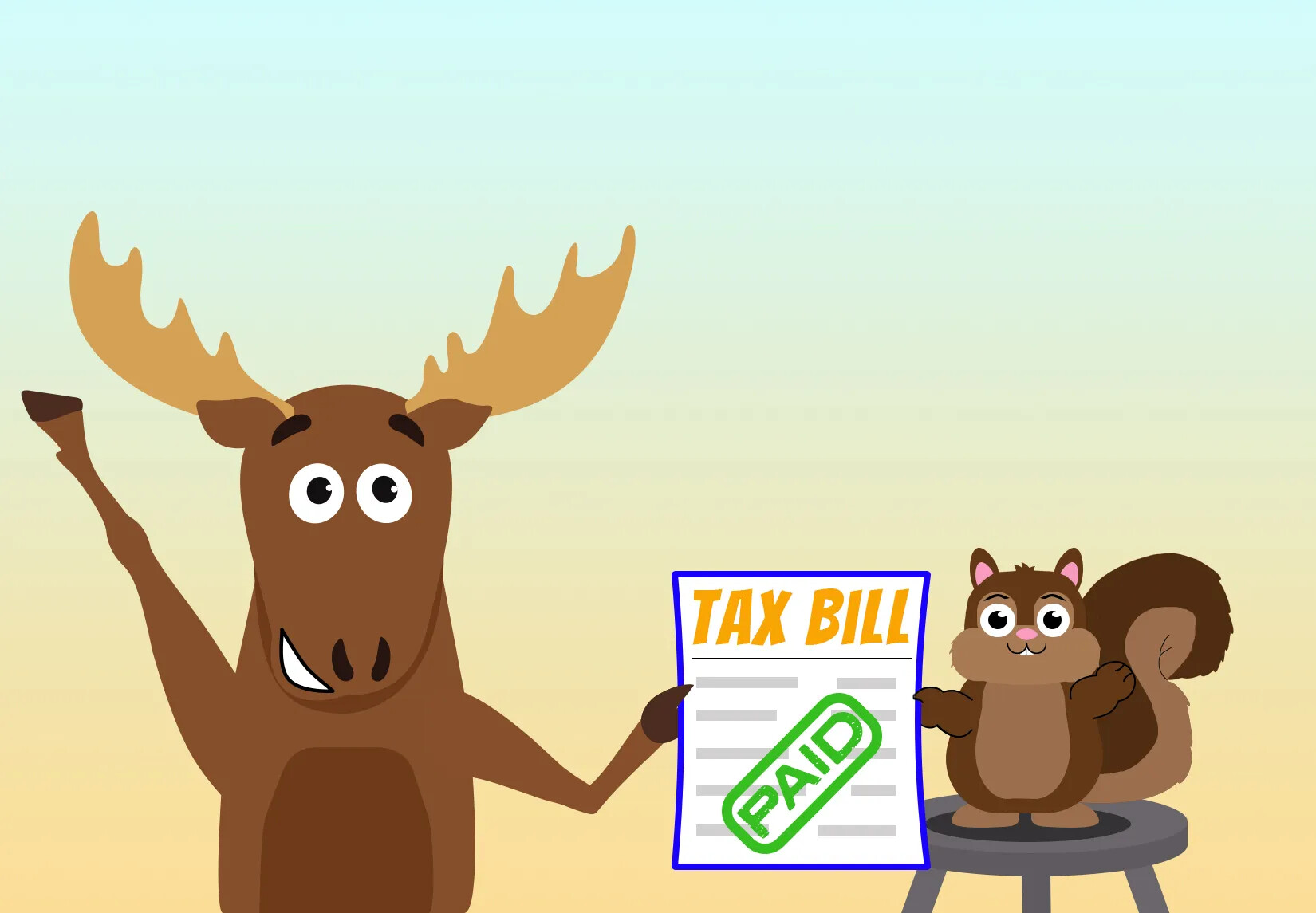
Caption:
Taxes are an amount of money that people have to pay to the government to fund its activities. Local governments, state governments, and the federal government all tax the people. In exchange, the people enjoy all sorts of benefits that the government pays for, like local, state, and national parks. Other examples include libraries, fire and police protection, and infrastructure (roads and bridges).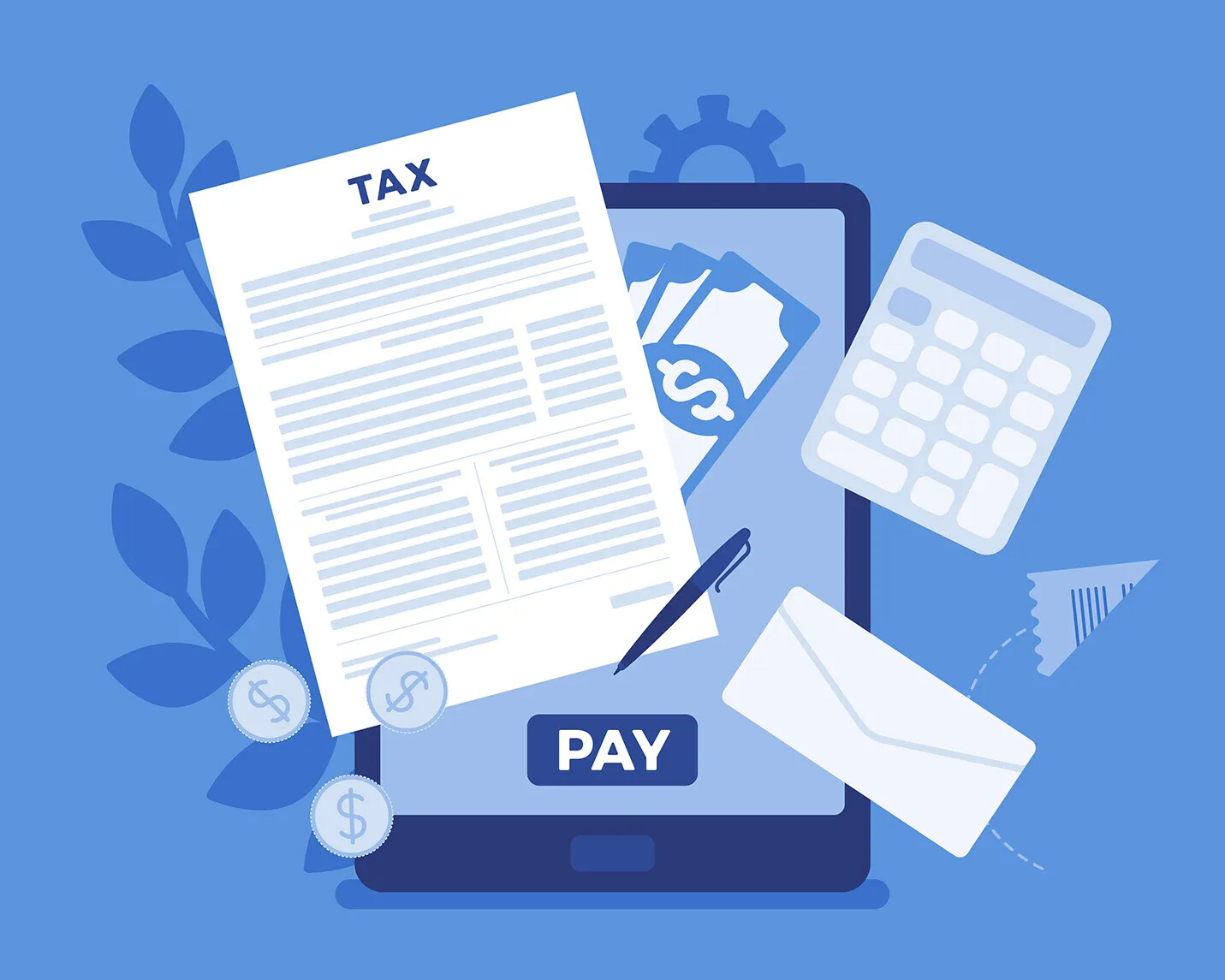
Caption:
Taxes are an amount of money that people have to pay to the government to fund its activities. Local governments, state governments, and the federal government all tax the people. In exchange, the people enjoy all sorts of benefits that the government pays for, like local, state, and national parks. Other examples include libraries, fire and police protection, and infrastructure (roads and bridges).State governments and the federal government are also funded by taxes, which are paid by the people who live here.
There are many different kinds of taxes and a very complicated system to figure out how much taxes each person owes to the government each year. It is so complicated that there are people whose job it is to understand the tax system and help people figure out how much they have to pay!
Paying taxes can make some Americans angry. People argue over how much money the government should spend, what the government should spend money on, who should pay taxes, and how much they should pay. In fact, people probably argue about taxes and government spending more than any other political issue.
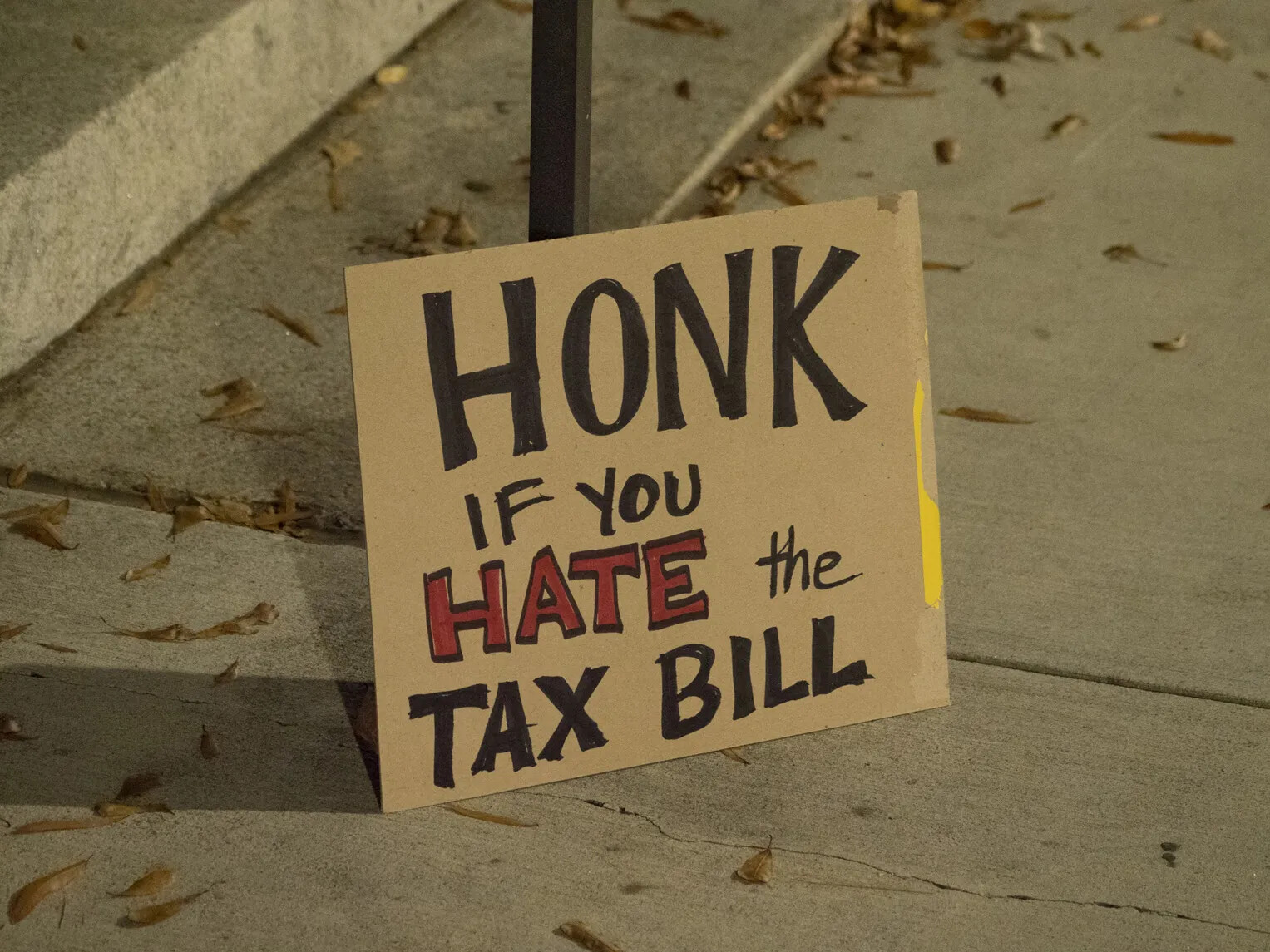
Caption:
Taxes are an amount of money that people have to pay to the government to fund its activities. Local governments, state governments, and the federal government all tax the people. Paying taxes can make some Americans angry. People argue over how much money the government should spend, what the government should spend money on, who should pay taxes, and how much they should pay. This sign is from a tax protest in Atlanta, Georgia.Conclusion
American democracy requires the people to play an active and informed role in the government. All Americans are responsible for understanding why we have governments and the ideas that are the basis for American governments. They are also responsible for learning how each government works and staying informed about what the government does.
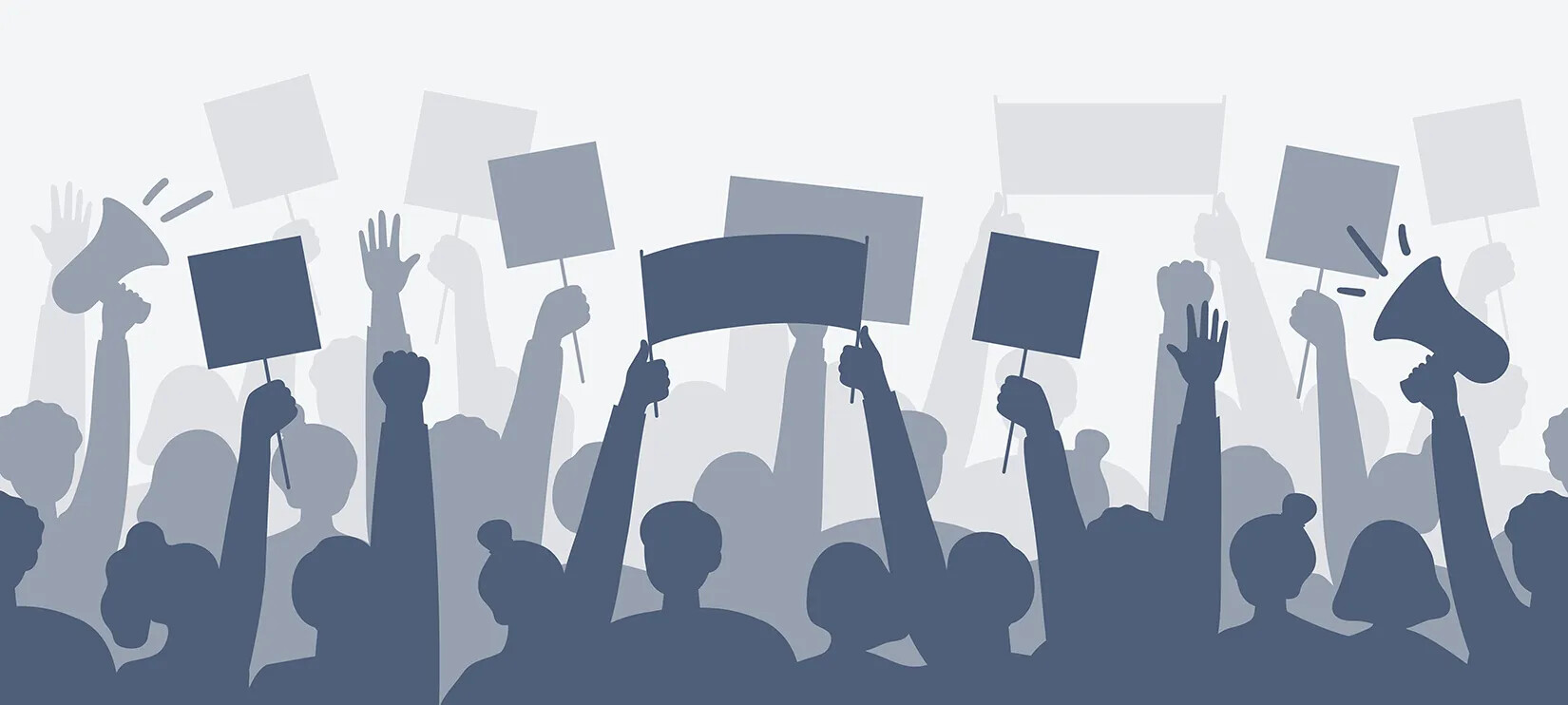
Caption:
American democracy requires the people to play an active and informed role in the government. It is important for all Americans to understand how the government works and stay informed about what the government does. If an American disagrees with a decision made by the government, they have the right to peacefully protest that decision.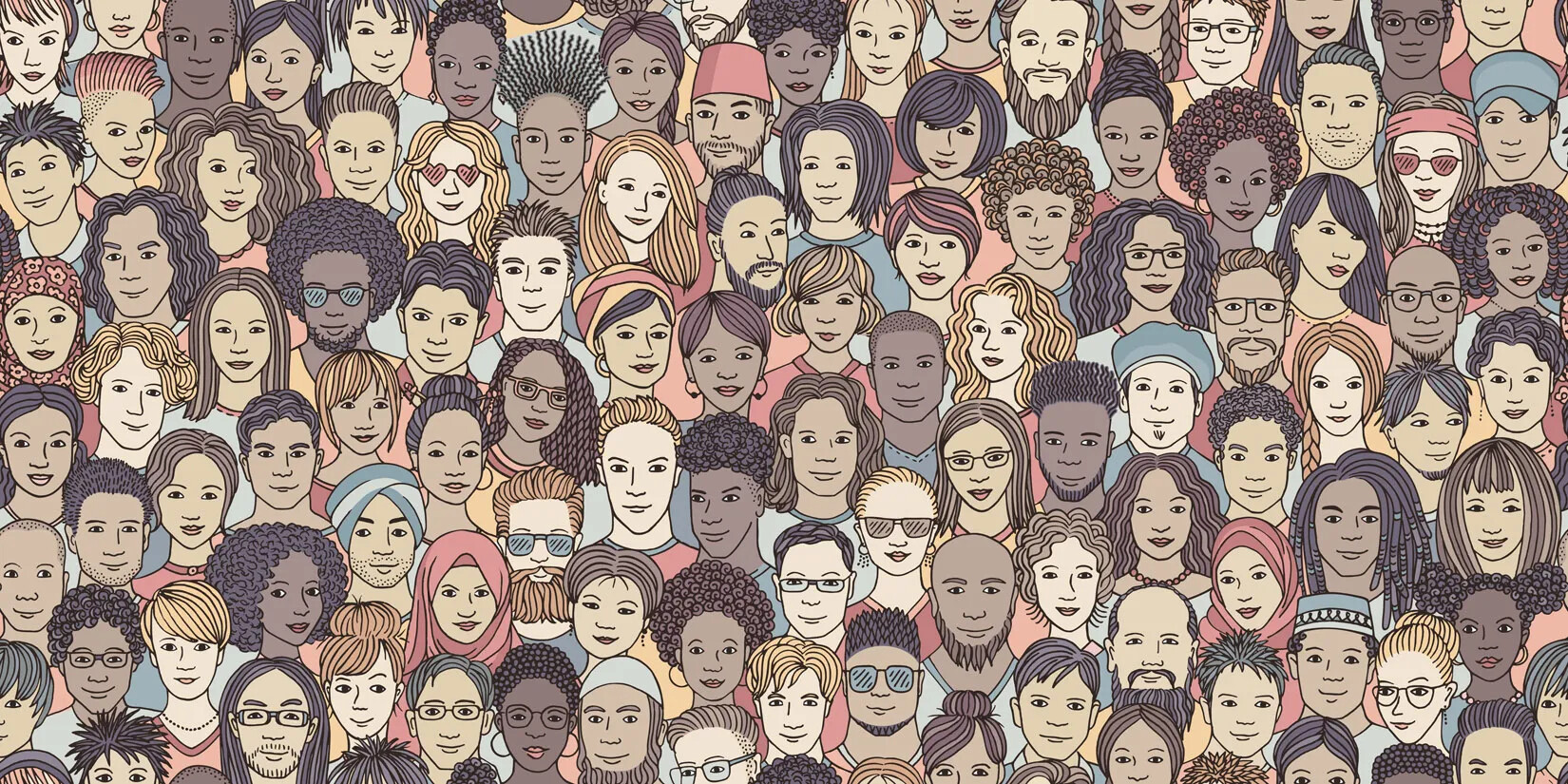
Caption:
The framers believed that the purpose of government was to benefit everyone in a society, not just a few people. They believed that the government should work for the common good. When people made decisions about what the government should do, they were also expected to consider what was best for the common good. In other words, people were supposed to think about others, not just themselves. Not everyone does that all of the time, but it is an important value or ideal that Americans should try to uphold.Knowing more about government and the world around us also helps people understand the idea of working for the common good—that we are all better off if our communities (town, state, and country) are strong. Each of us as individuals must take responsibility for our lives, but to support the common good, we must also sometimes make decisions for the benefit of the community, not just ourselves.
Citizens who are well-informed about our government and understand both the rights and the responsibilities of American democracy can help the United States deliver on the promise made in the Declaration of Independence, that all people who live here should have the rights of life, liberty, and the opportunity to pursue happiness.
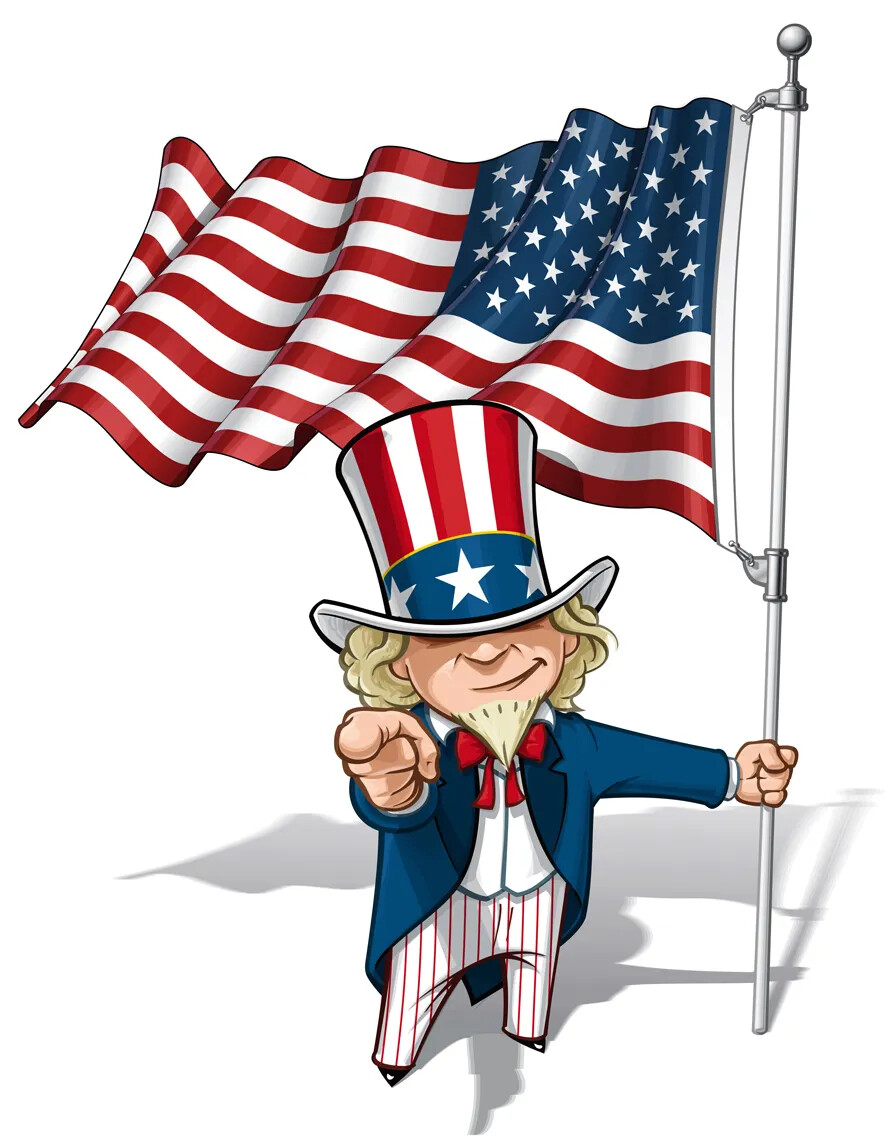
Caption:
When the United States government was created, it was different from all the other governments in the world at that time. No other country in the world was run by the people. America's political leaders decided that the American government should exist to listen to and help all of the people. The character of Uncle Sam came about in the early 1800s as a symbol of the American government.Let's Review!
What are the big ideas in this section?
Paying for Government
Governments are expected to do many things. They employ many people to get things done. The government collects taxes in order to pay their employees, to keep buildings working, to keep the police and fire departments and schools open, to keep the roads and bridges in good repair, and to do other things for the common good.
What Are Taxes?
Taxes are an amount of money people have to pay to government to fund its activities. People pay federal taxes, state taxes, and local taxes. There is a complicated system to figure out how much each person pays.
Active and Informed People
Active and informed citizens are necessary for American democracy to work. All Americans are responsible for understanding the ideas that are the basis for American government. They are also responsible for learning how each level of government works and staying informed about what the government does.
The Common Good
Working for the common good is part of American democracy. Each citizen must take responsibility for themselves, but to support the common good, sometimes decisions should be made for the benefit of the community, not just individuals.
Unit 18 Student Reading
A printable version of the student reading for this unit, without pictures or graphics.
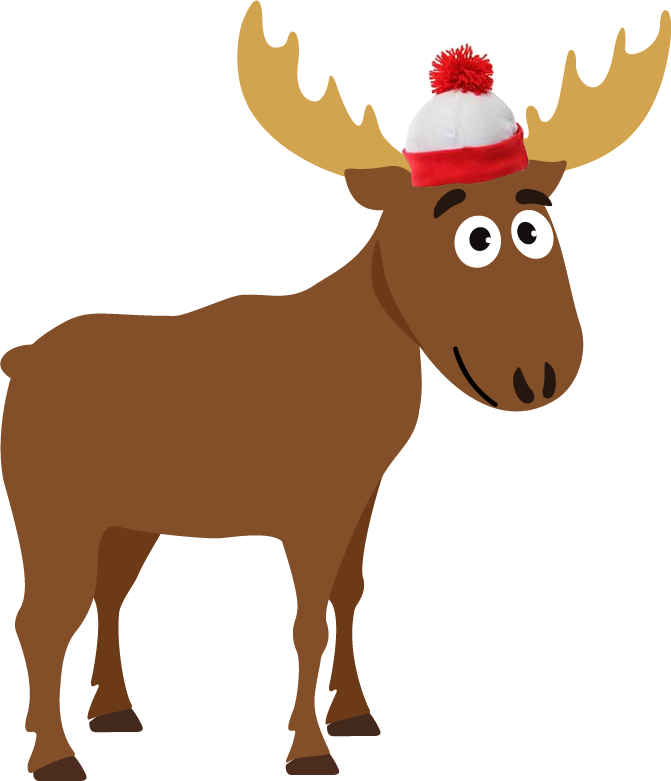
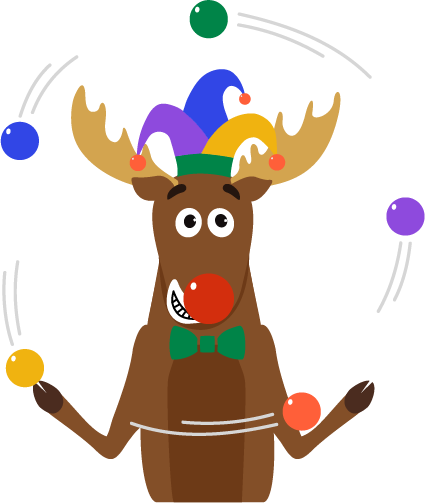
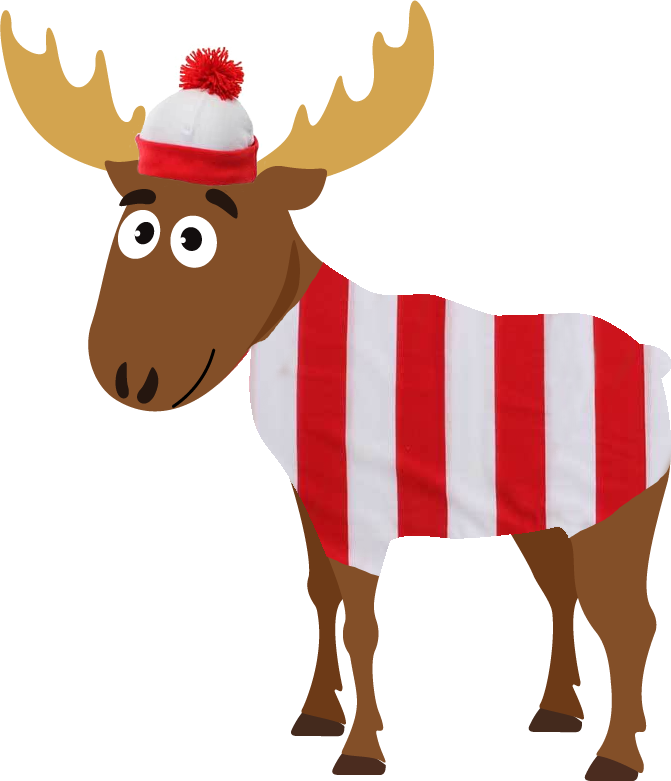
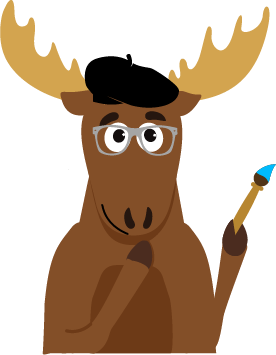
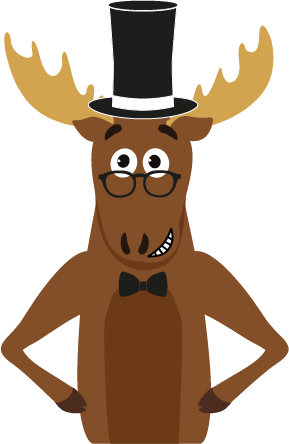
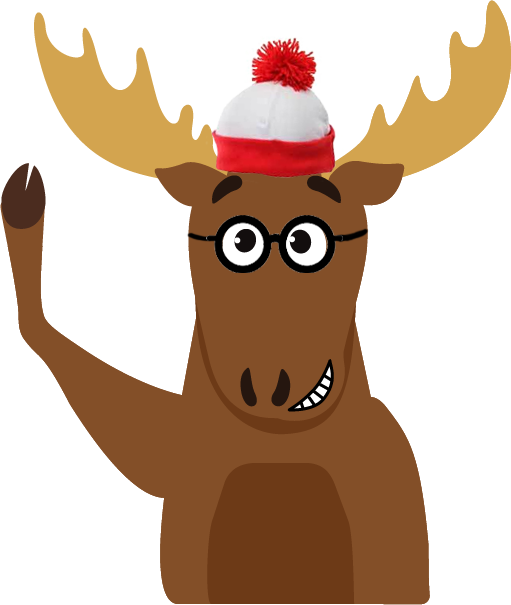
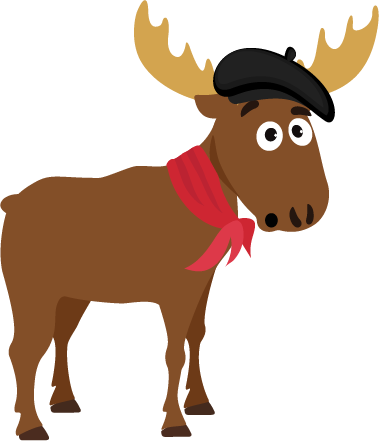
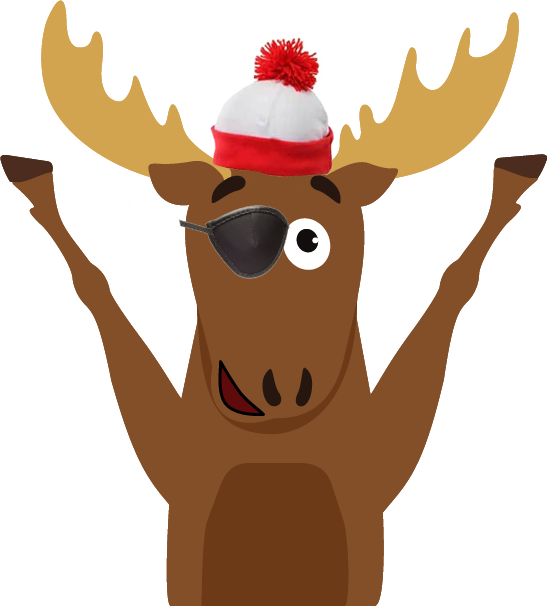





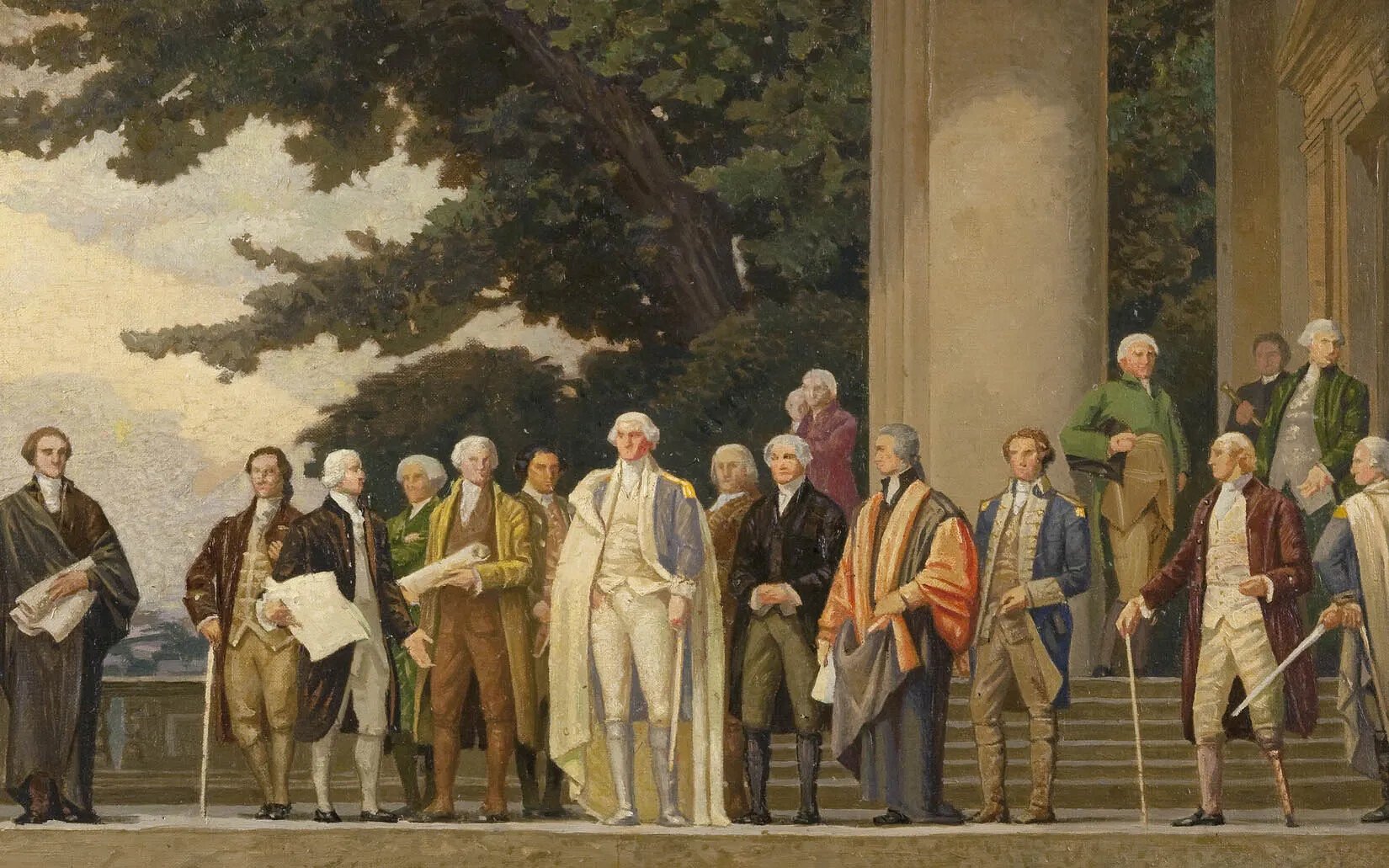


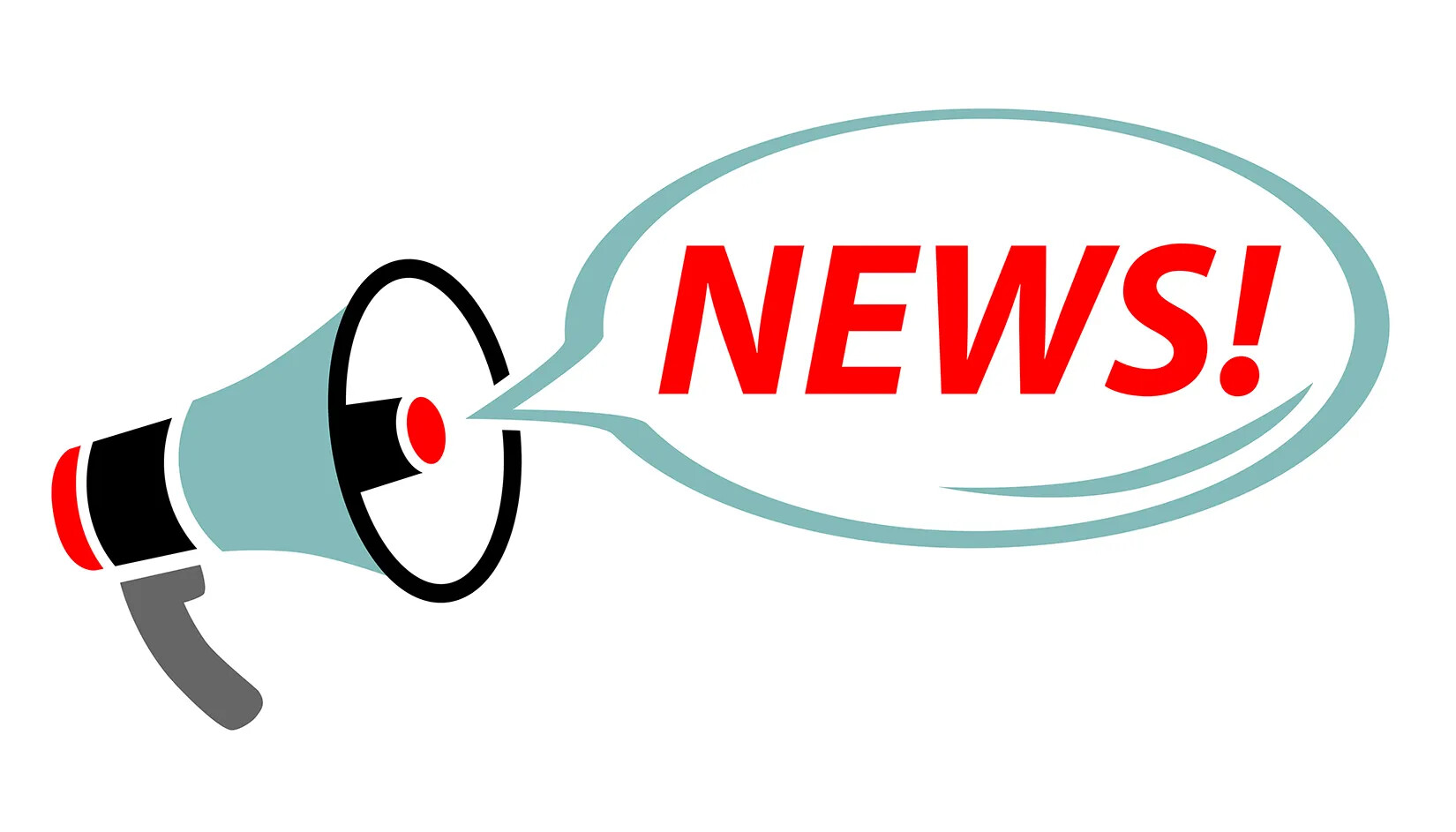
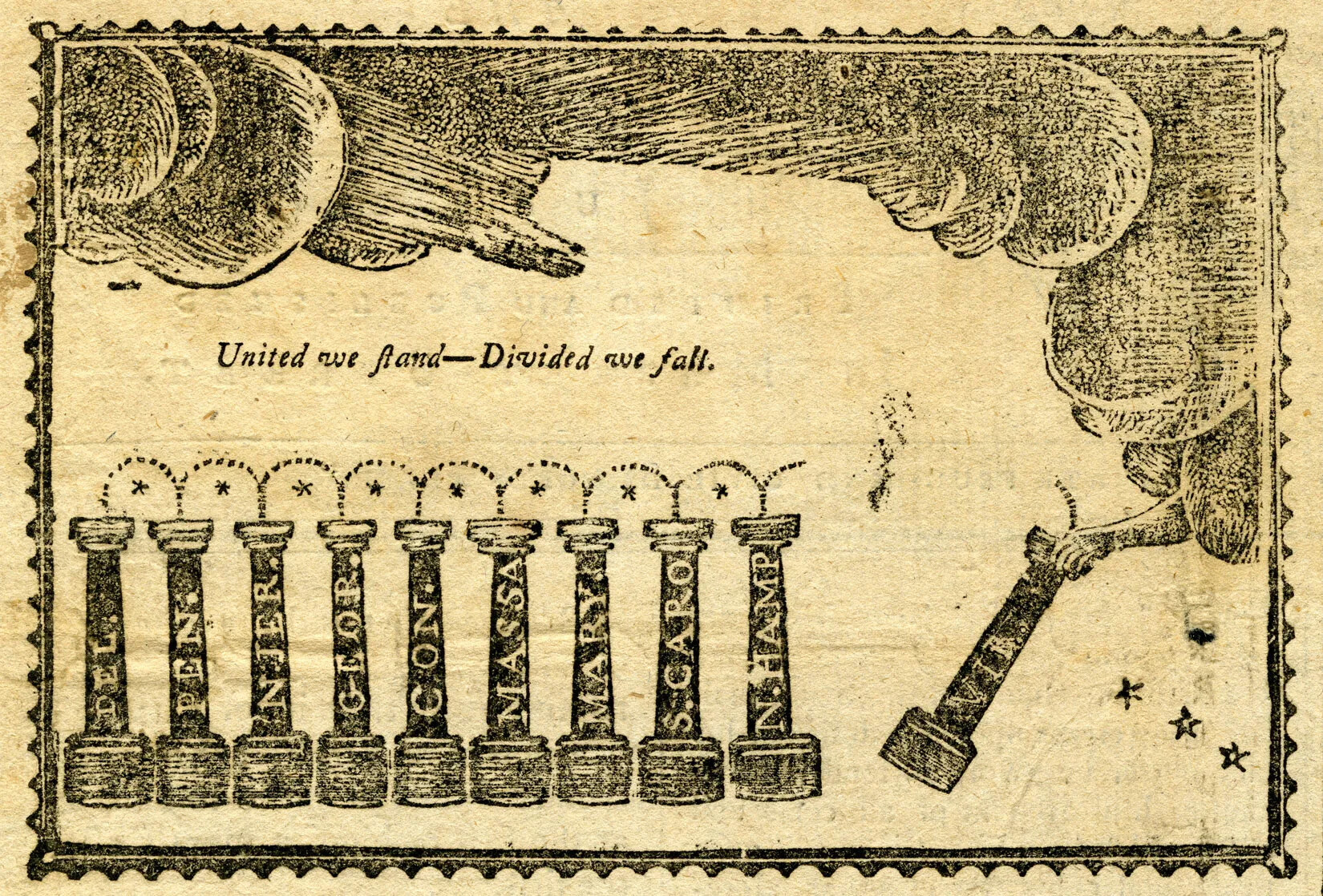
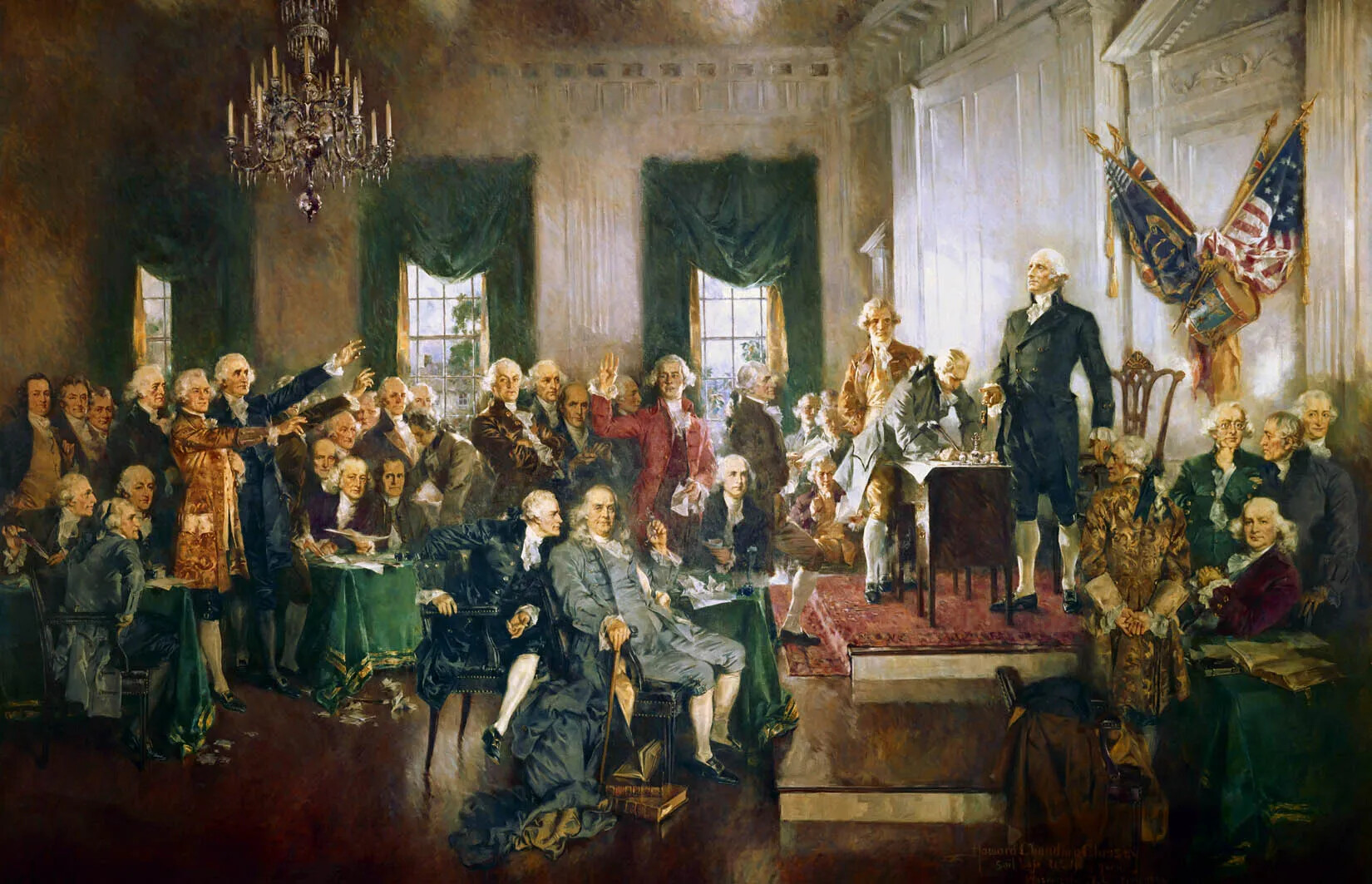
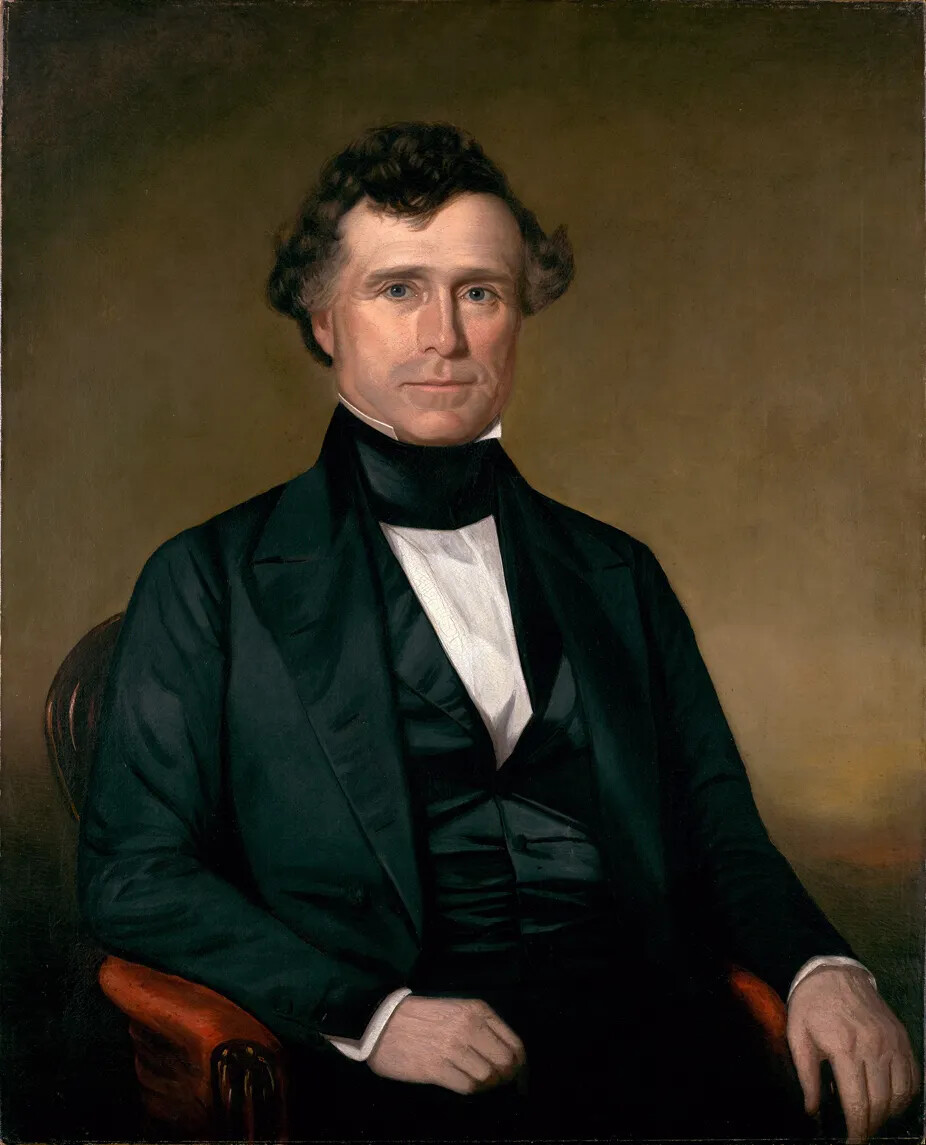
social contract
noun
An agreement between people and their government to give up some rights in exchange for security and law and order